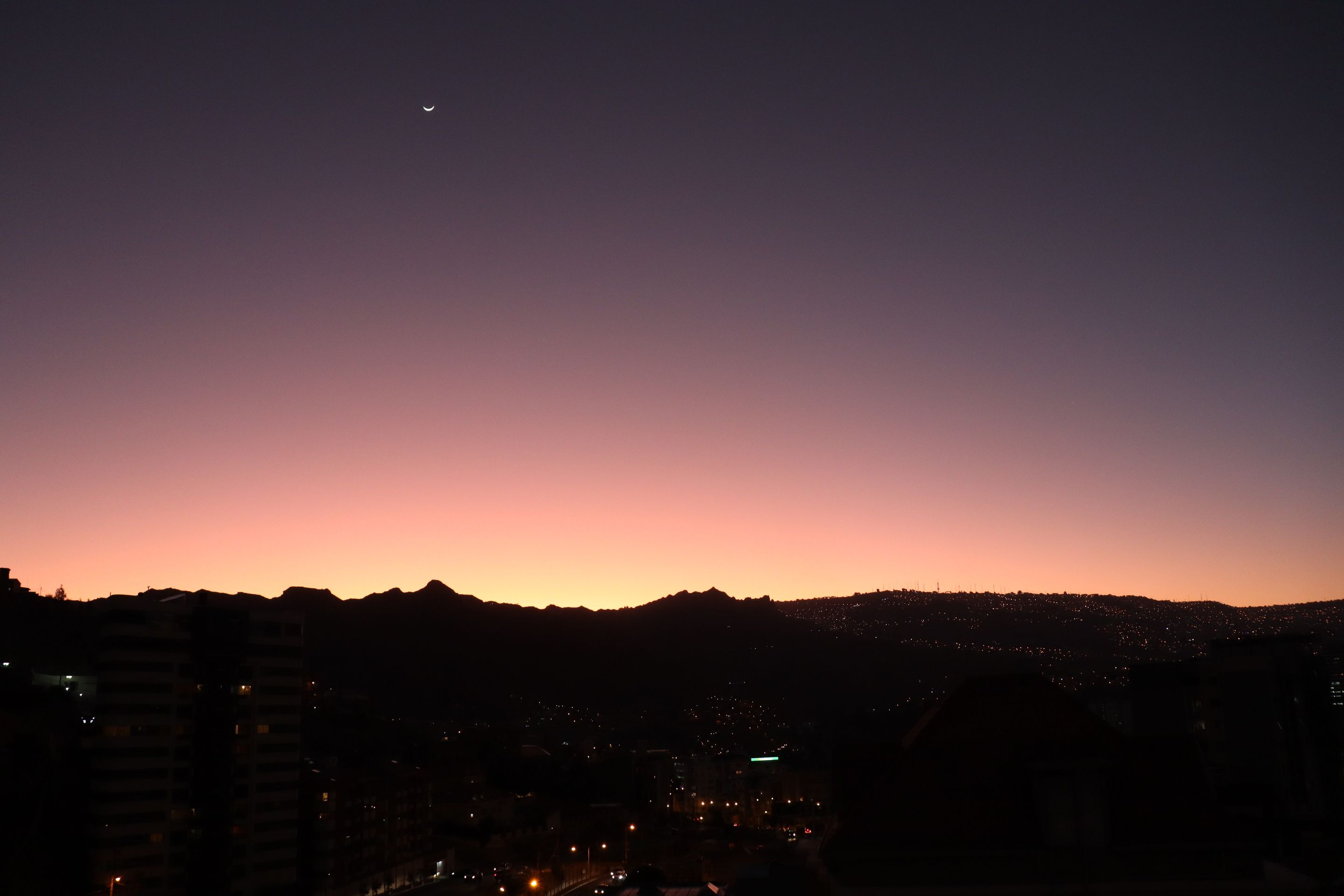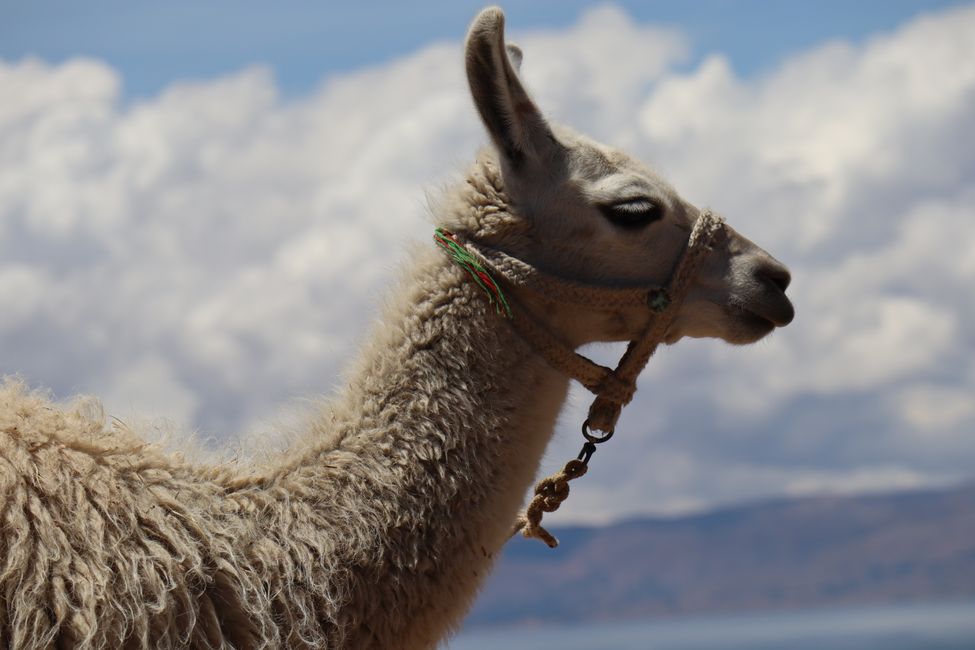
fear-and-loathing-in-southamerica
vakantio.de/fear-and-loathing-in-southamerica
Floating wolves, waddling tuxedo wearers and calving ice giants at the end of the world Puerto Madryn-El Calafate (Perito Moreno)-Torres del Paine National Park-El Chalten-Ushuaia
Objavljeno: 03.02.2023
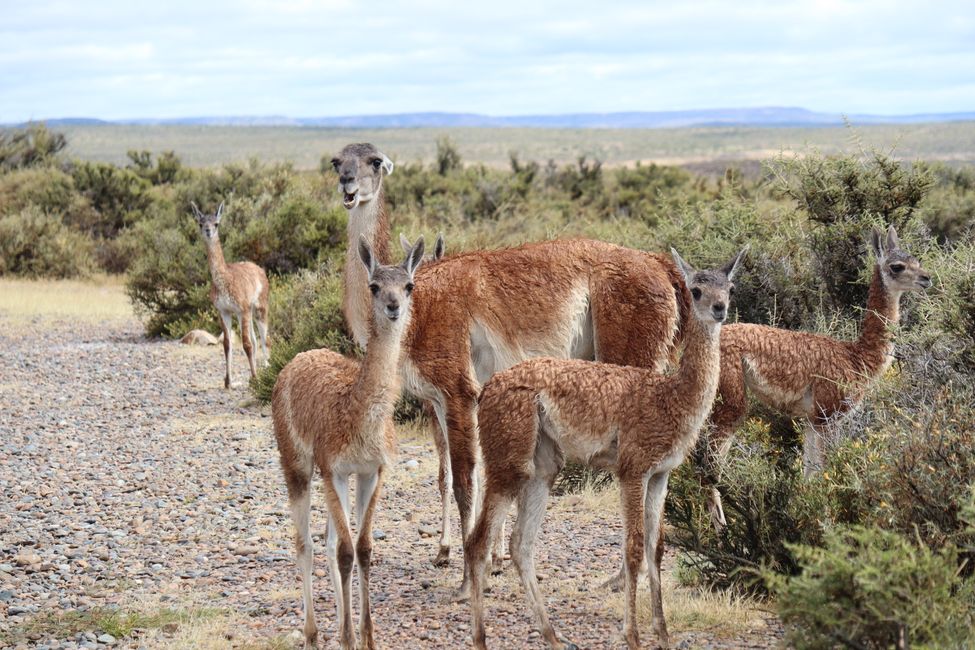
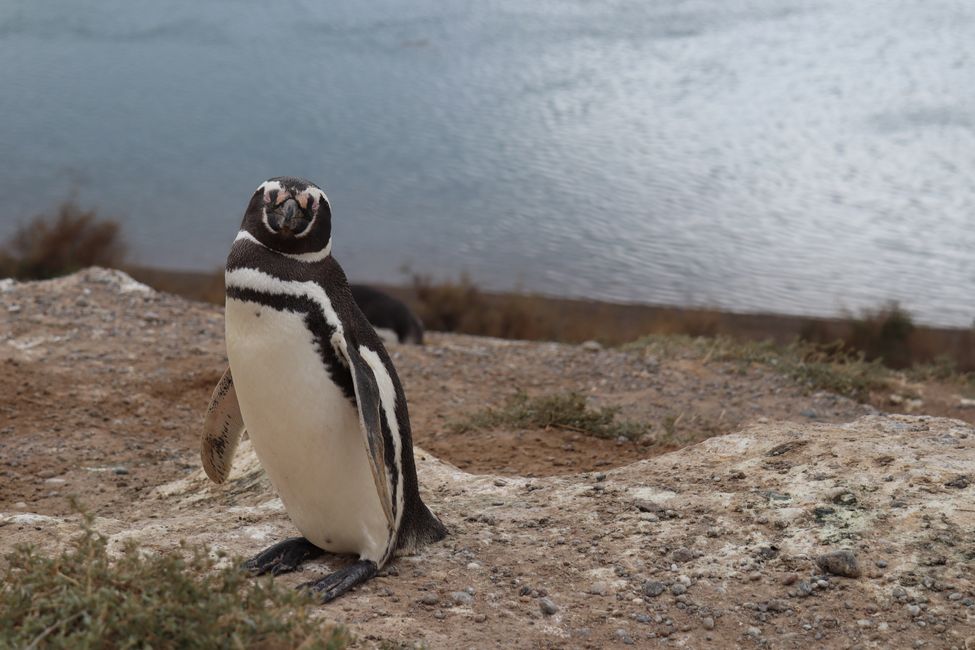
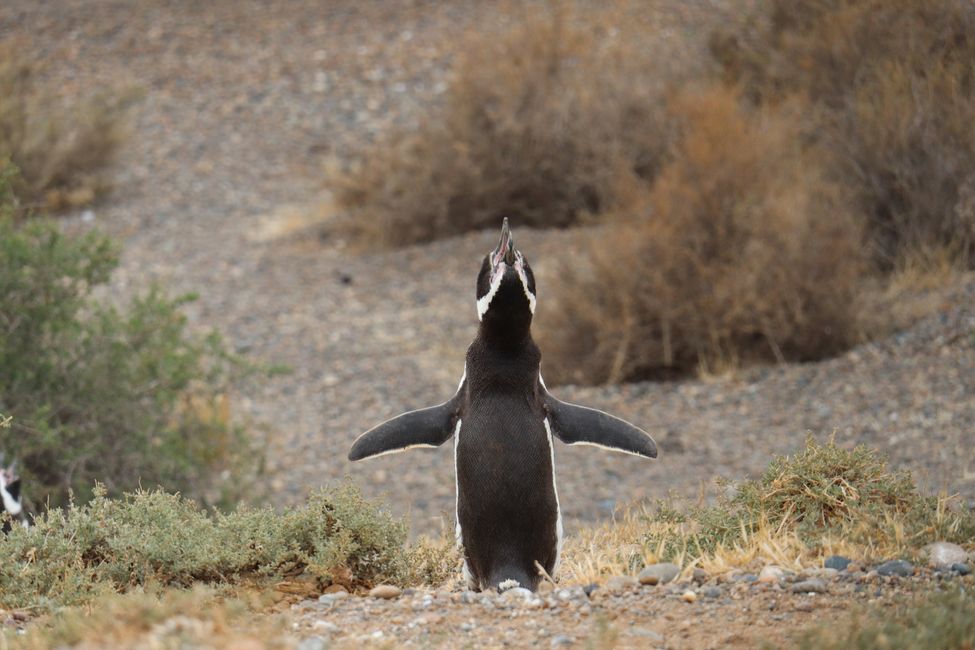
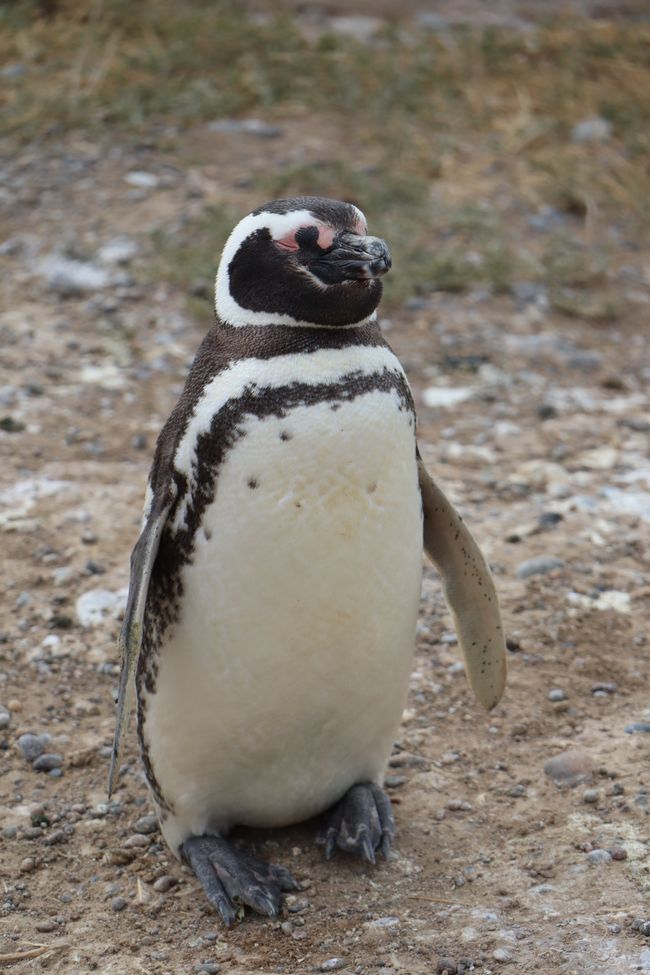
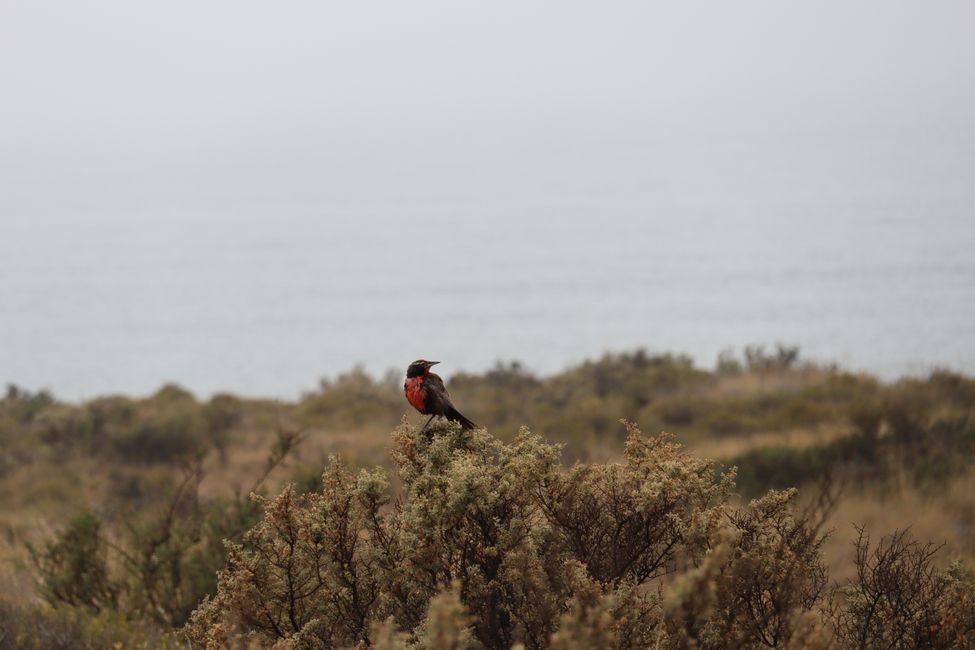
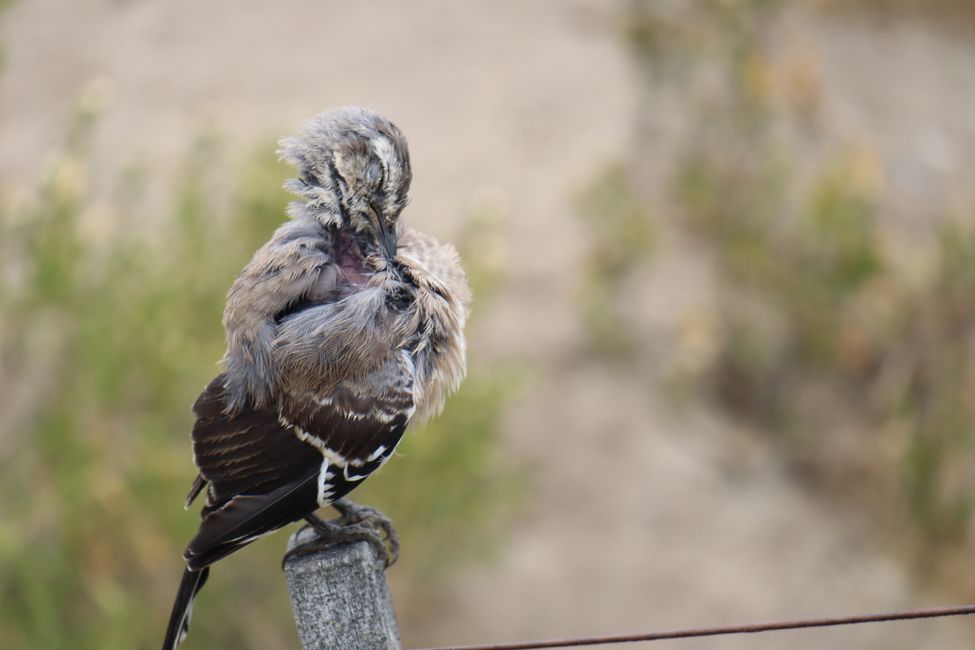
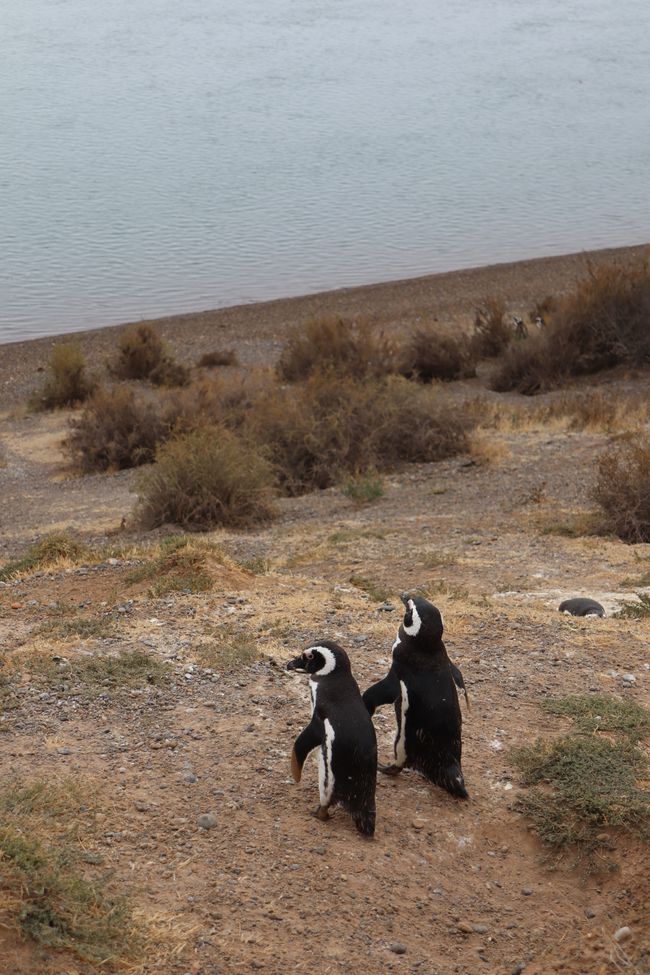
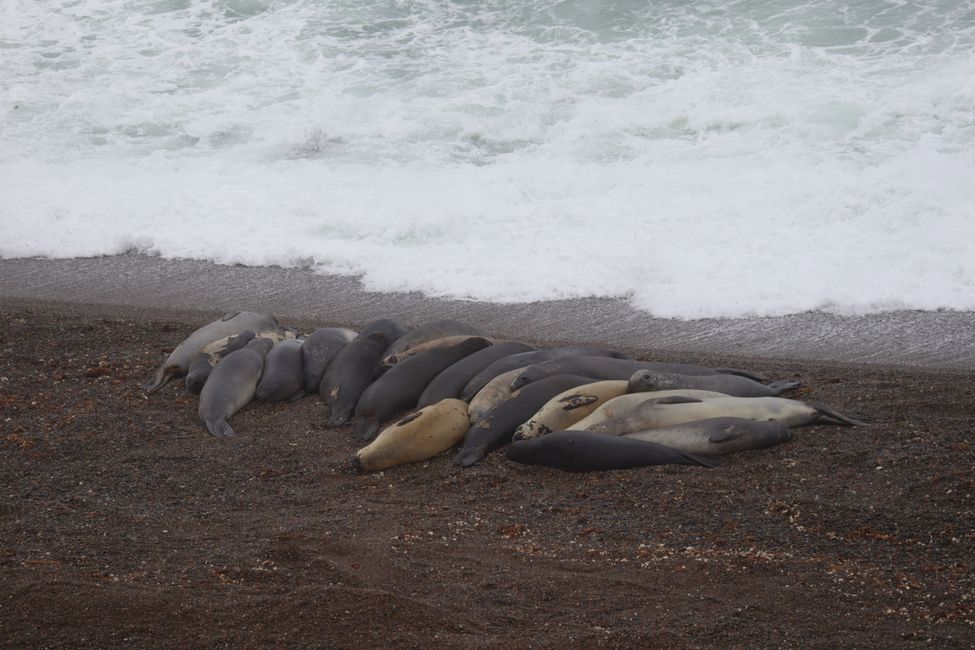
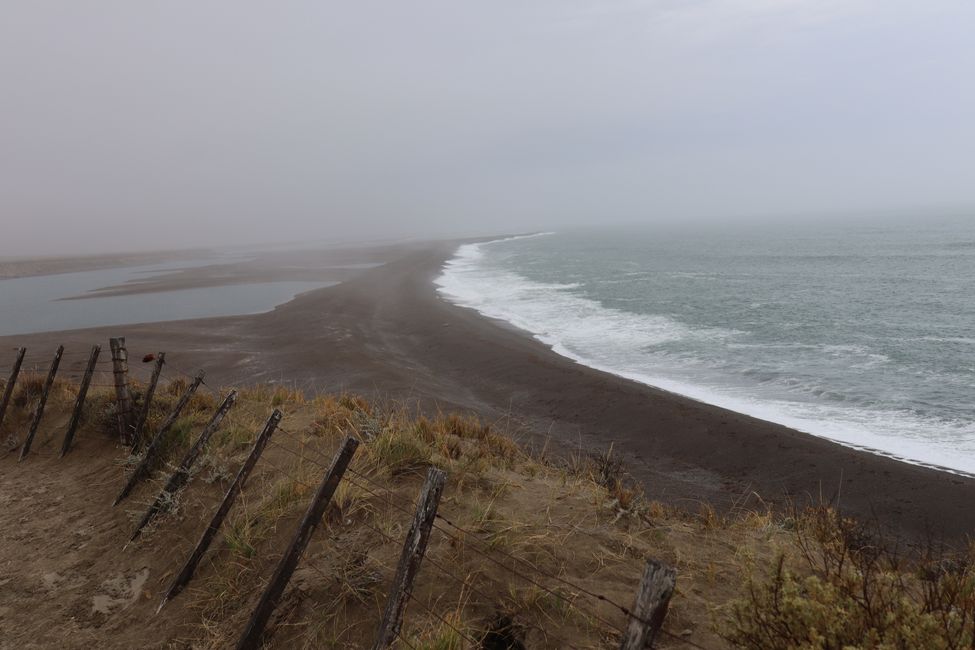
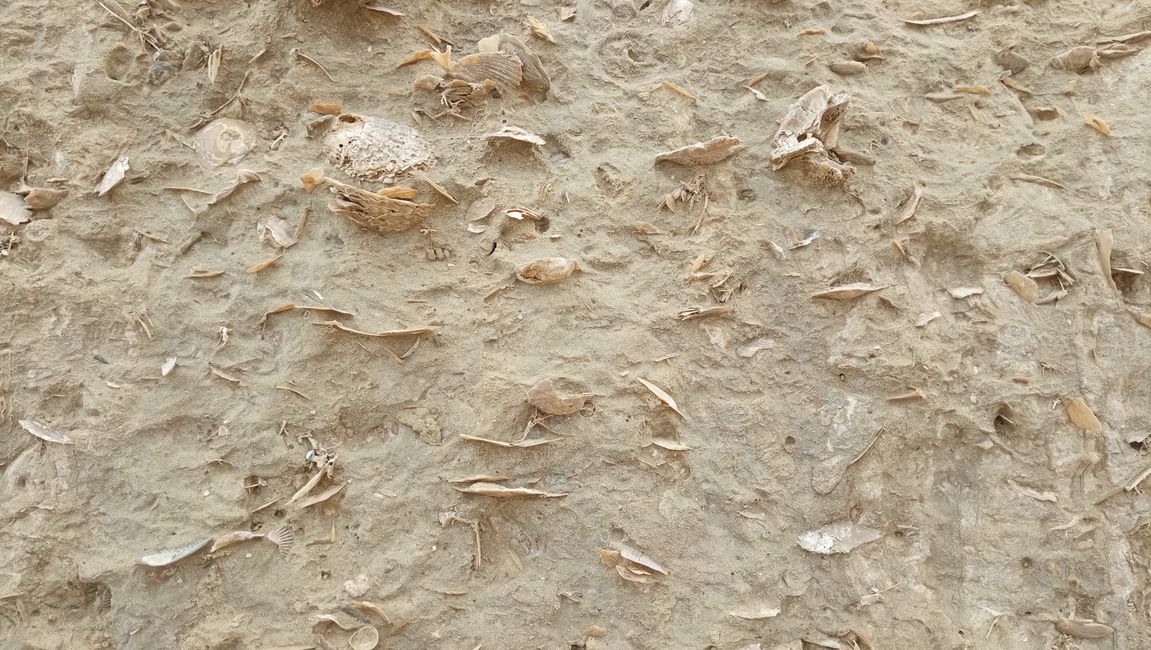
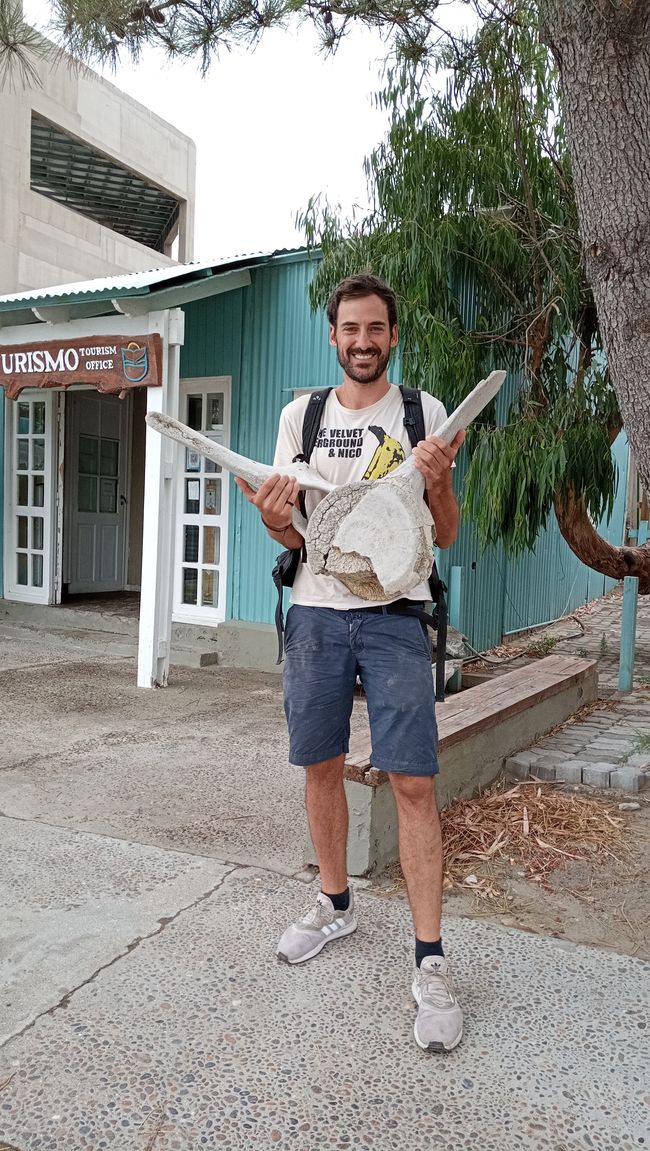
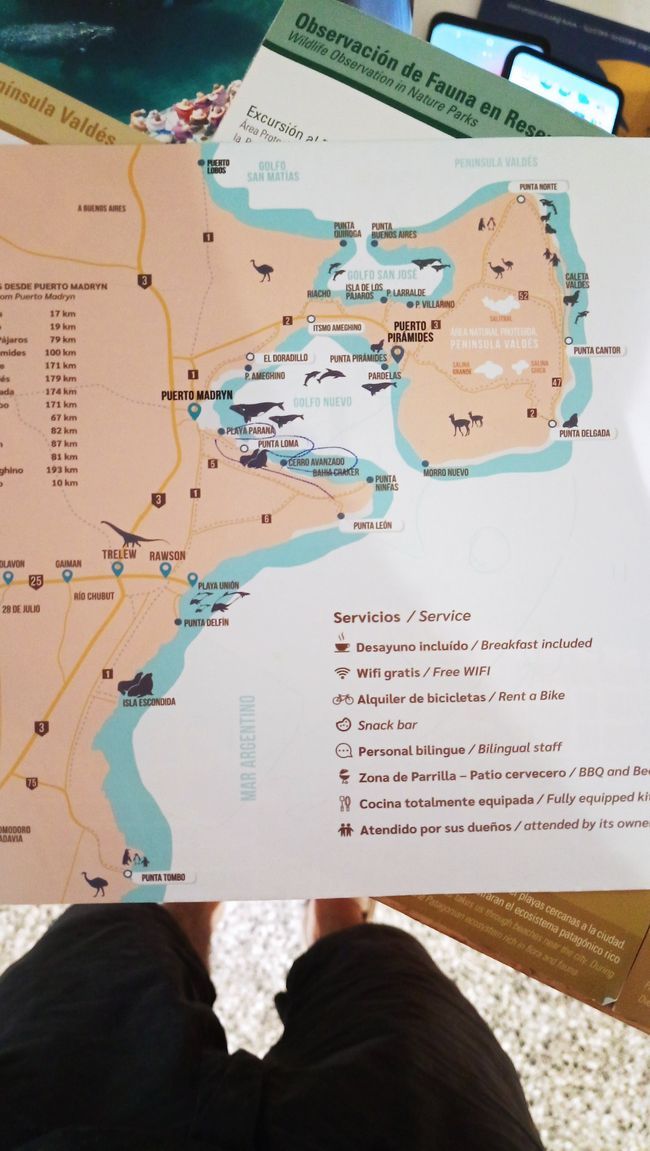
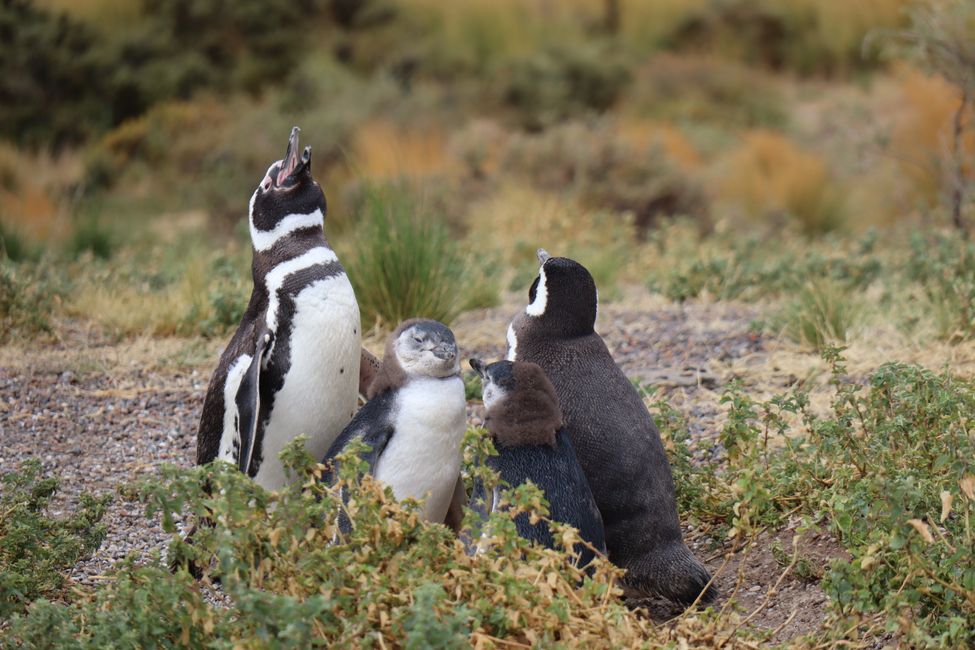
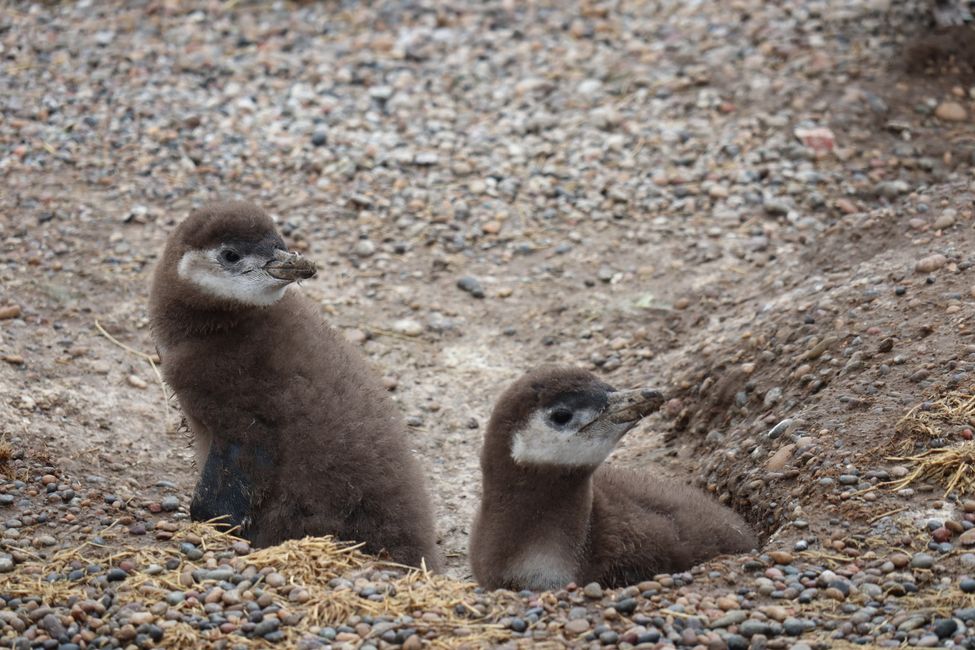
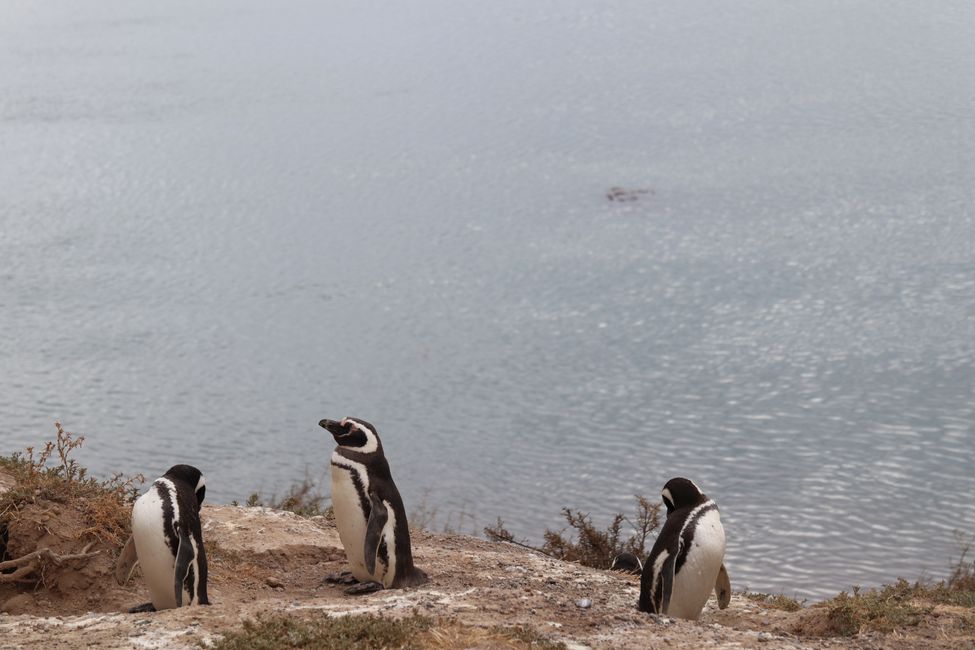
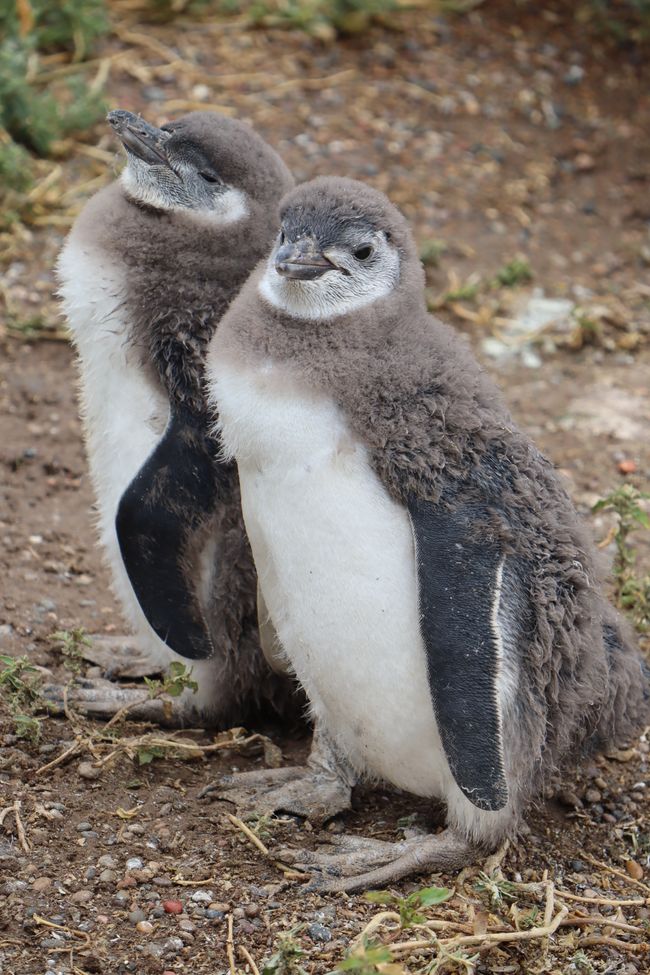
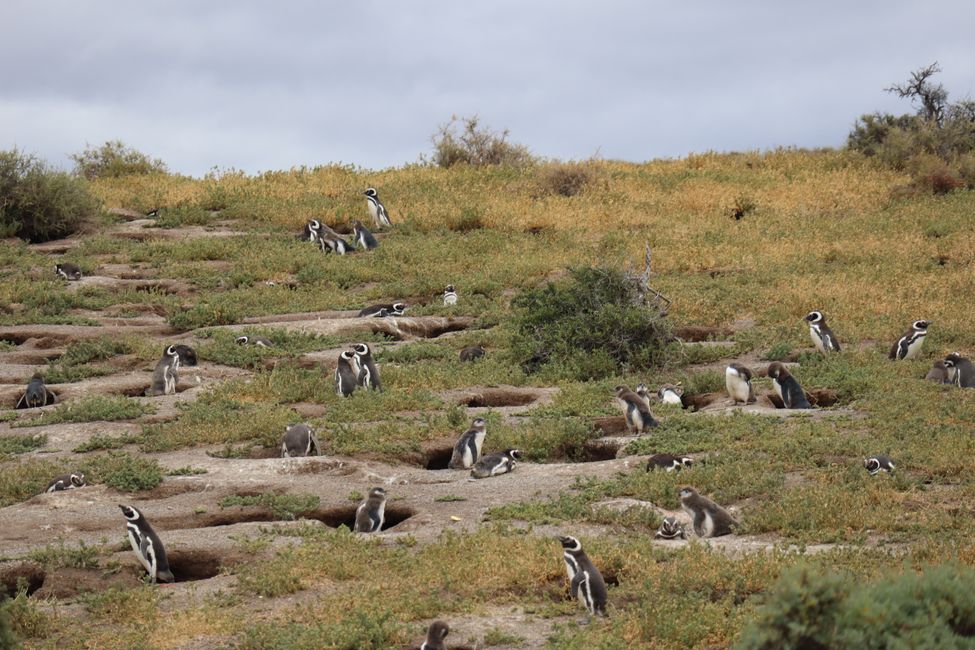
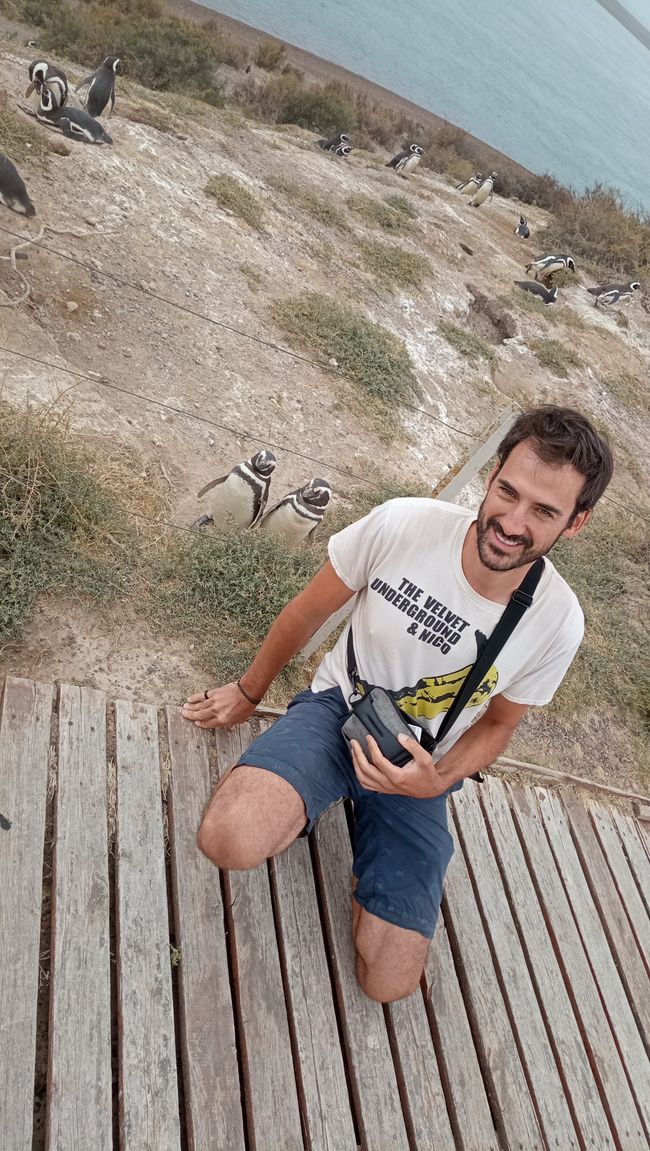
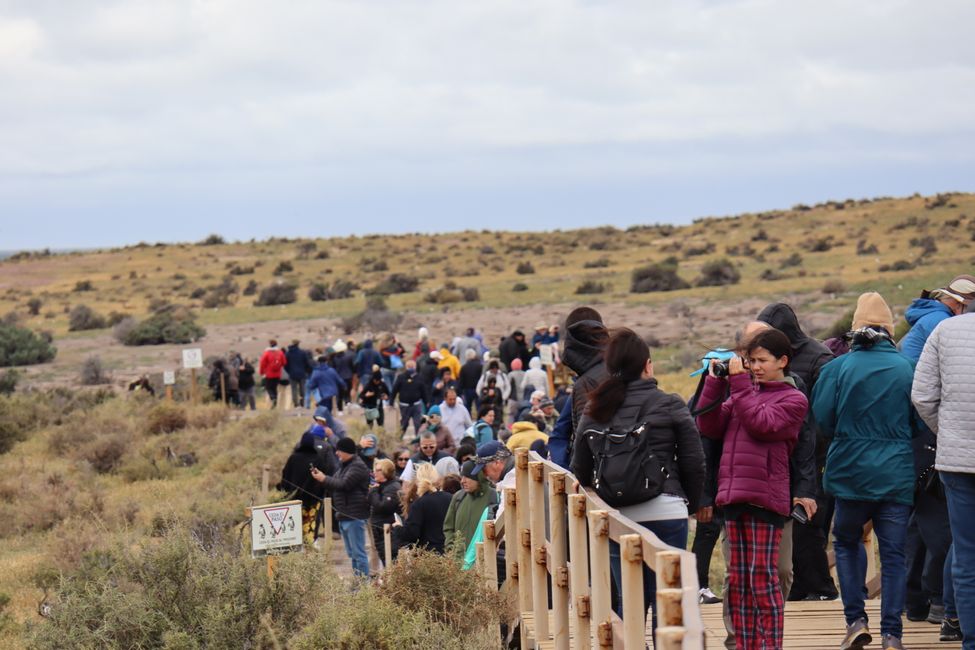
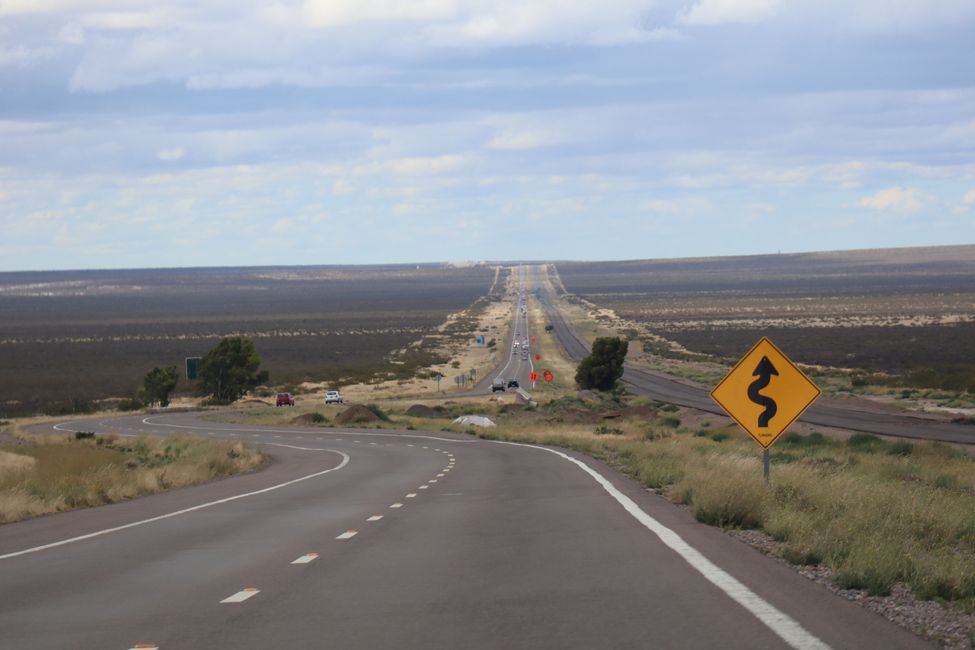
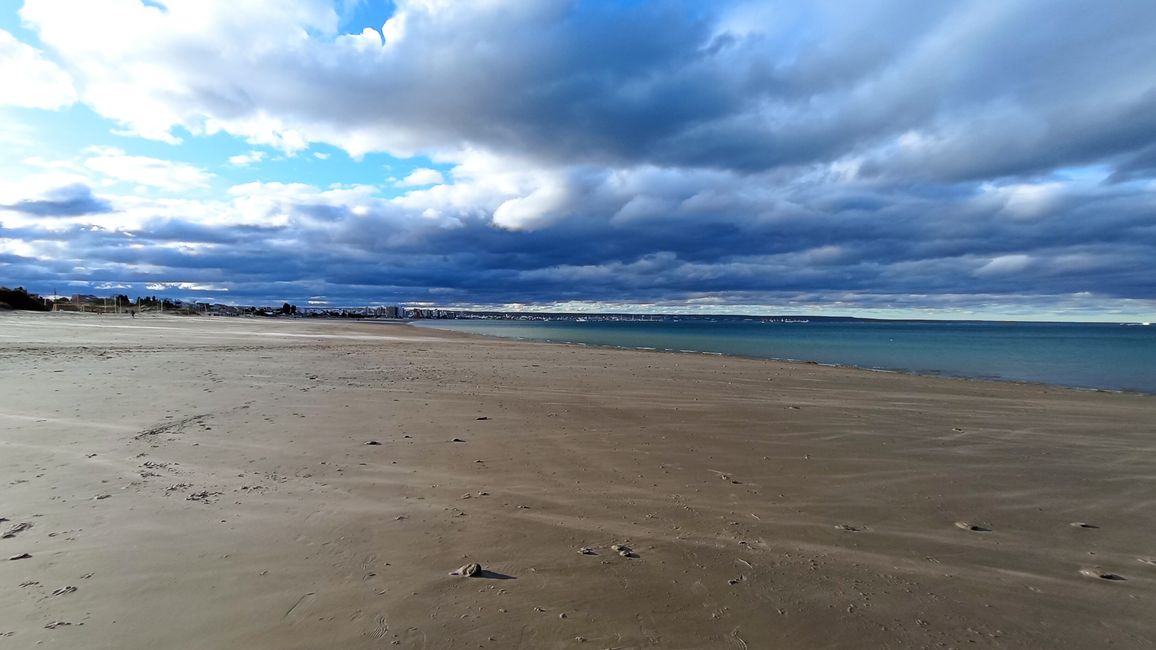
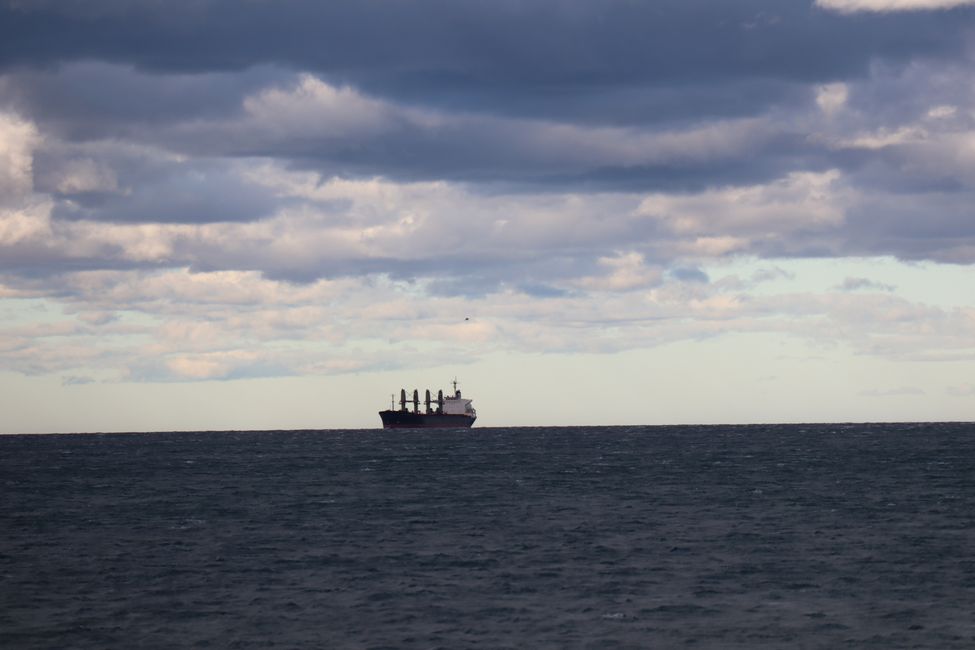
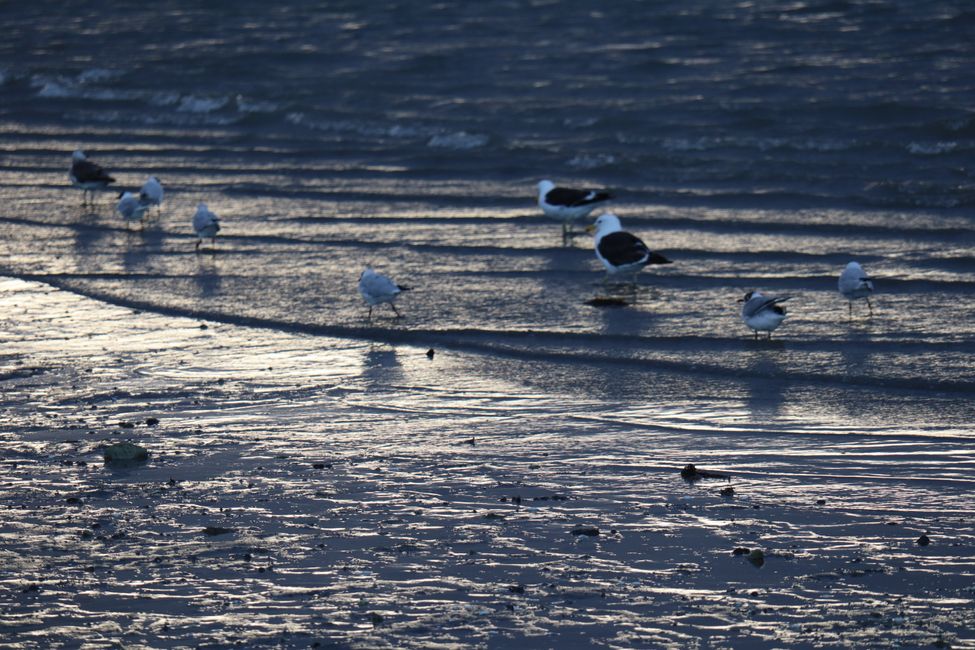
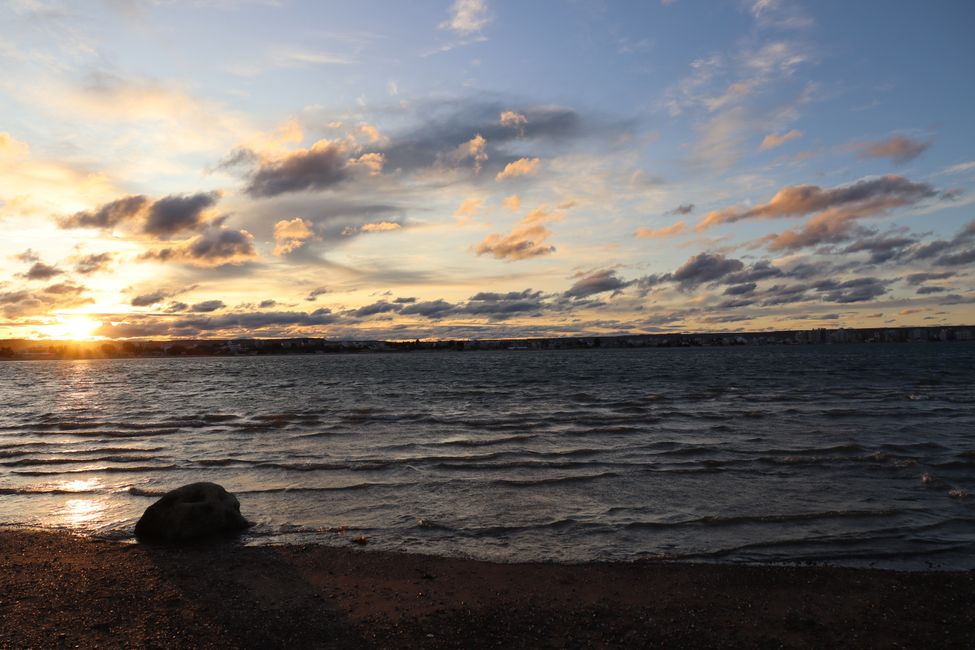
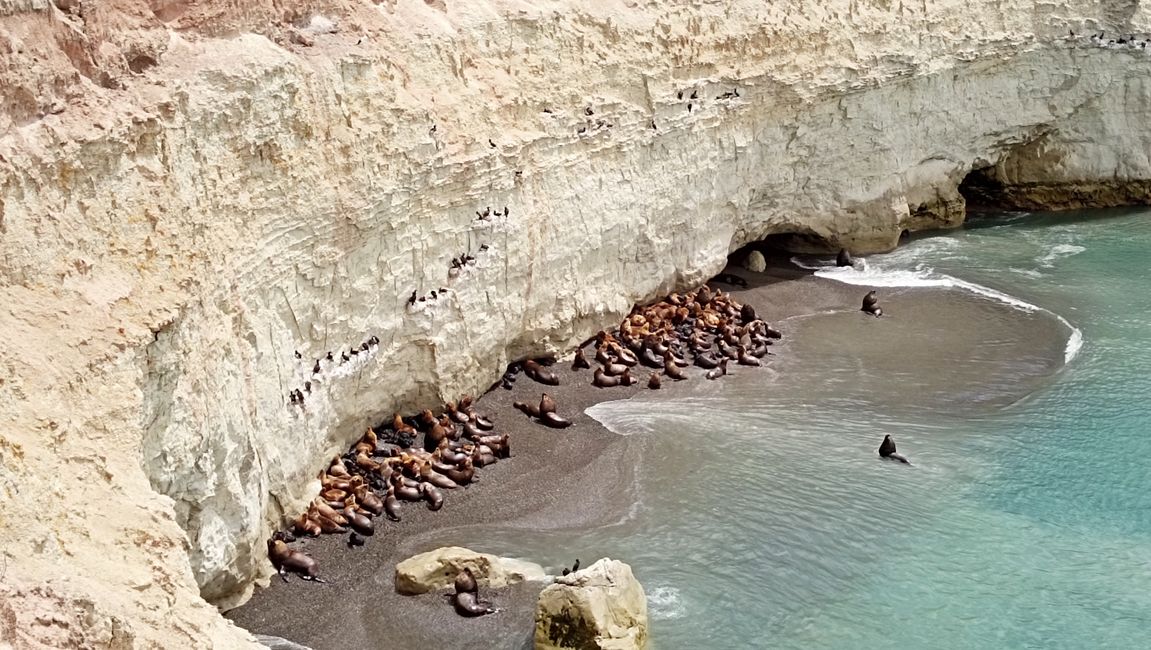
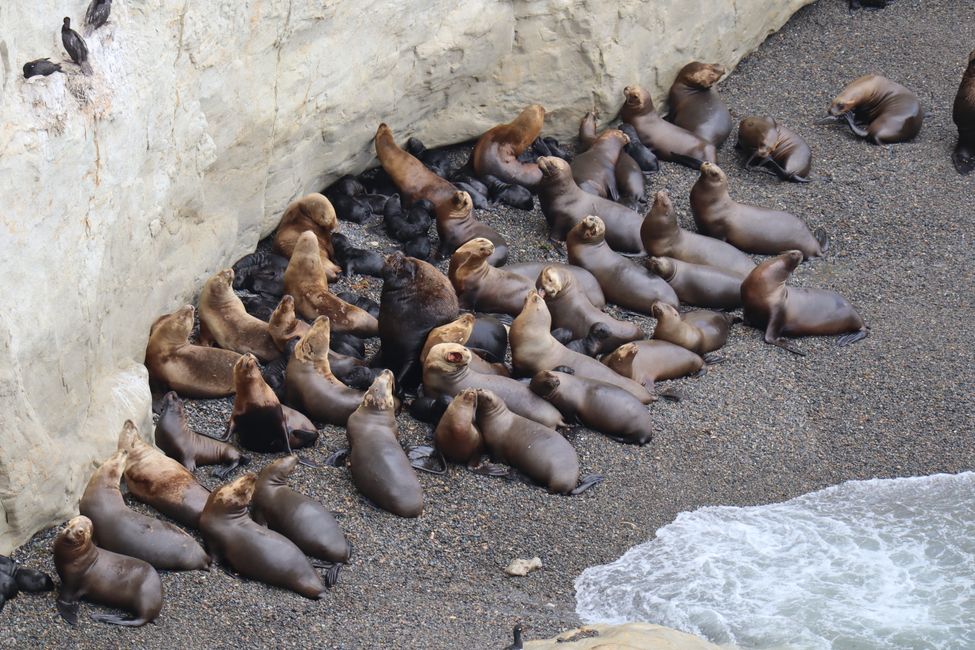
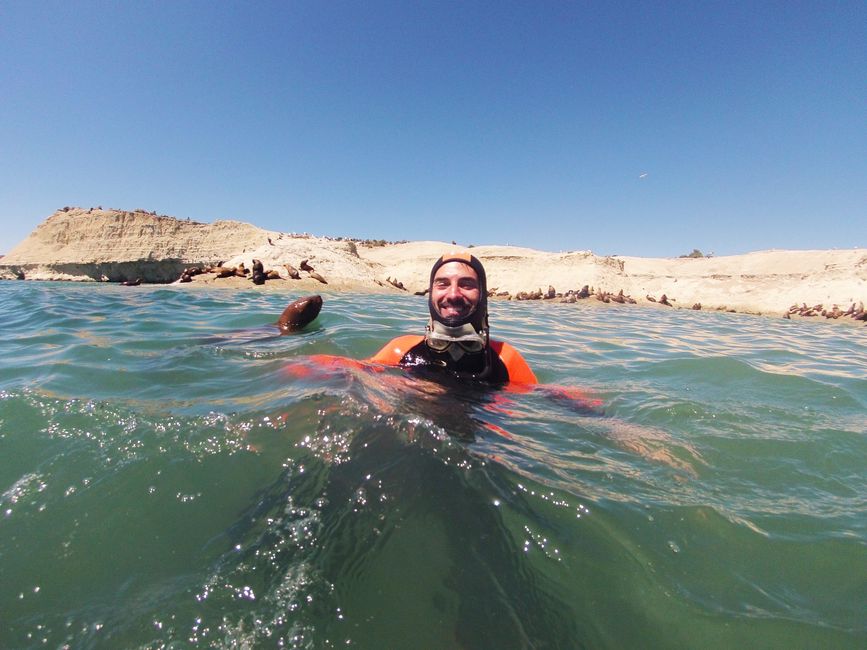
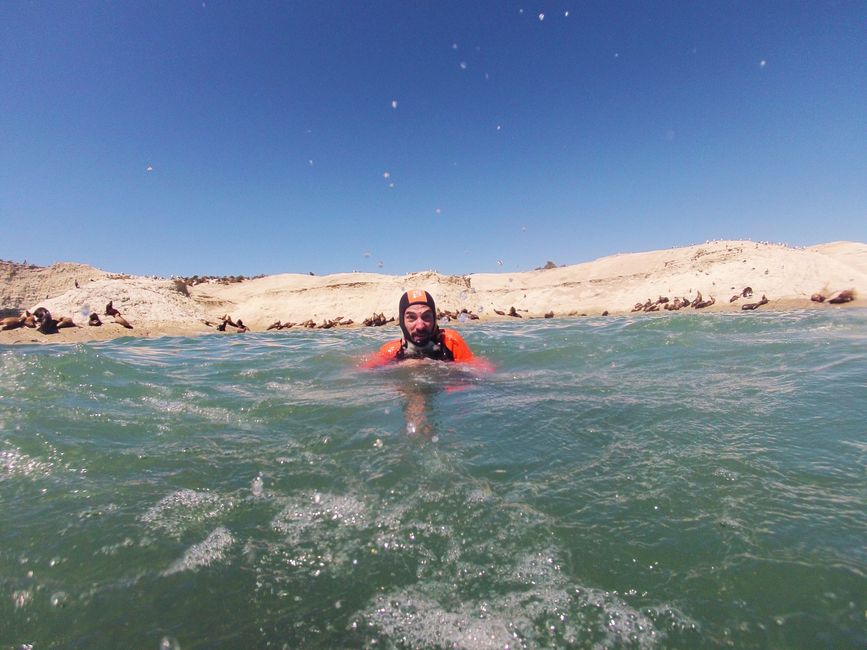
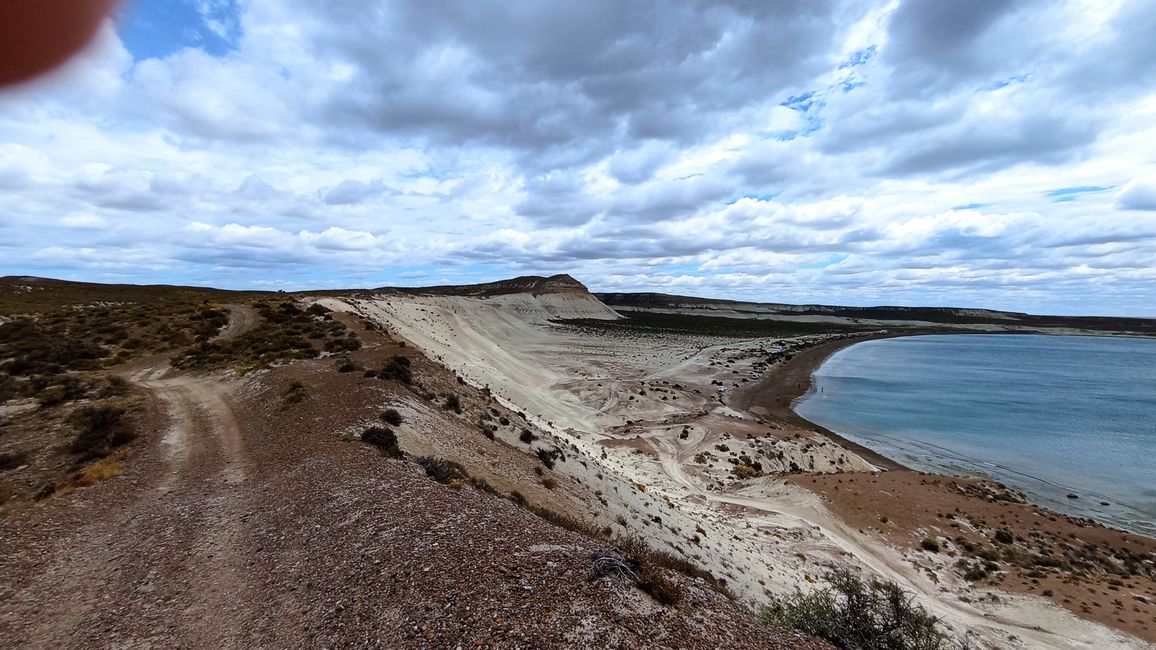
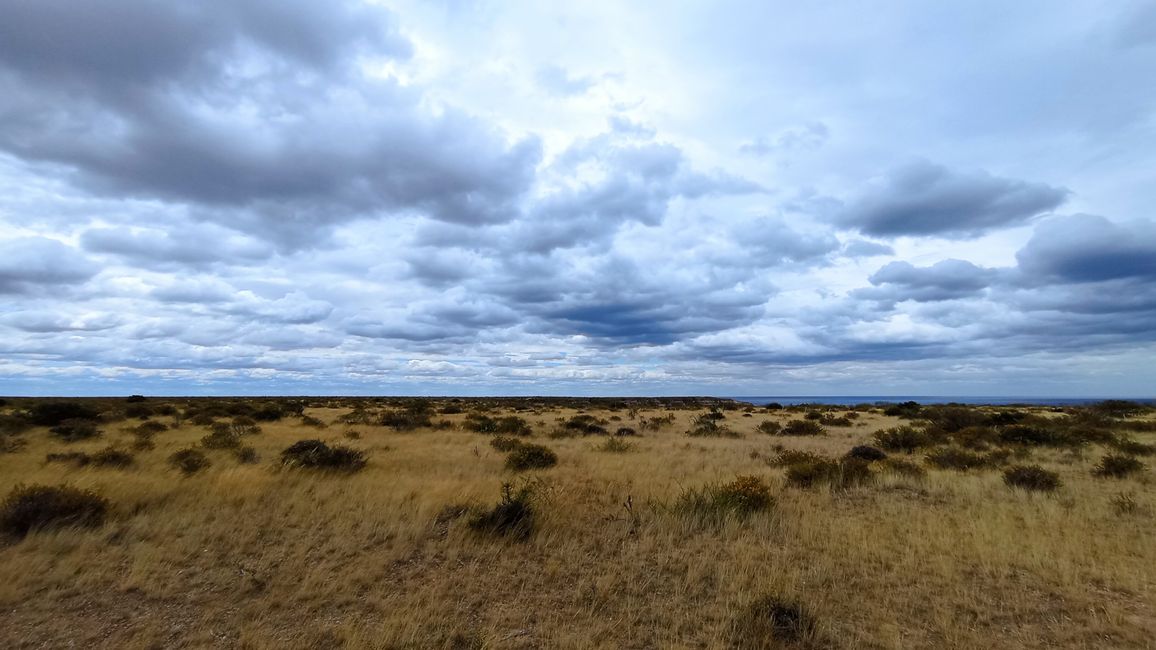
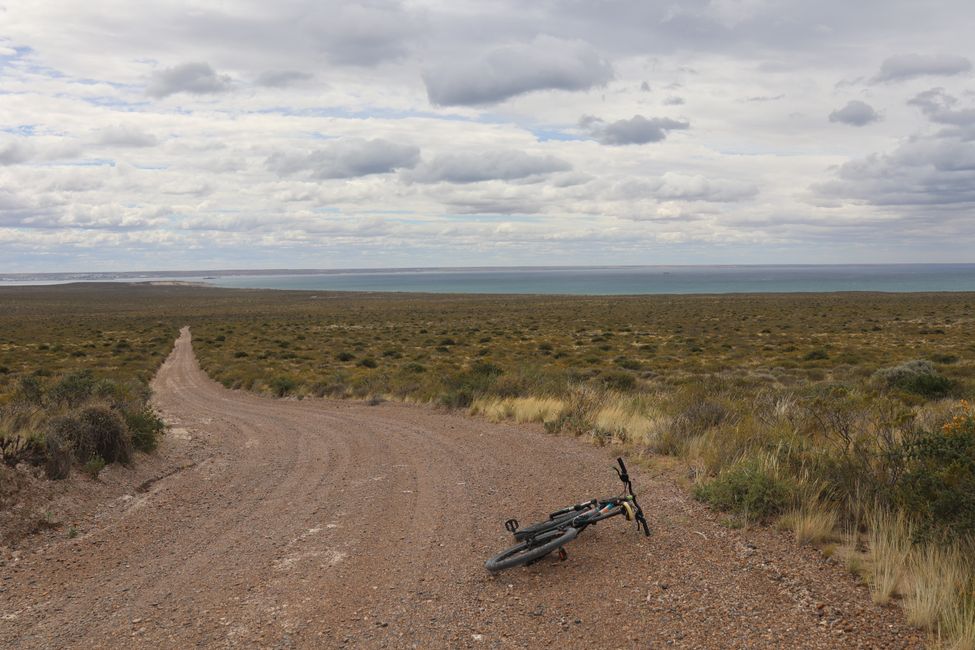
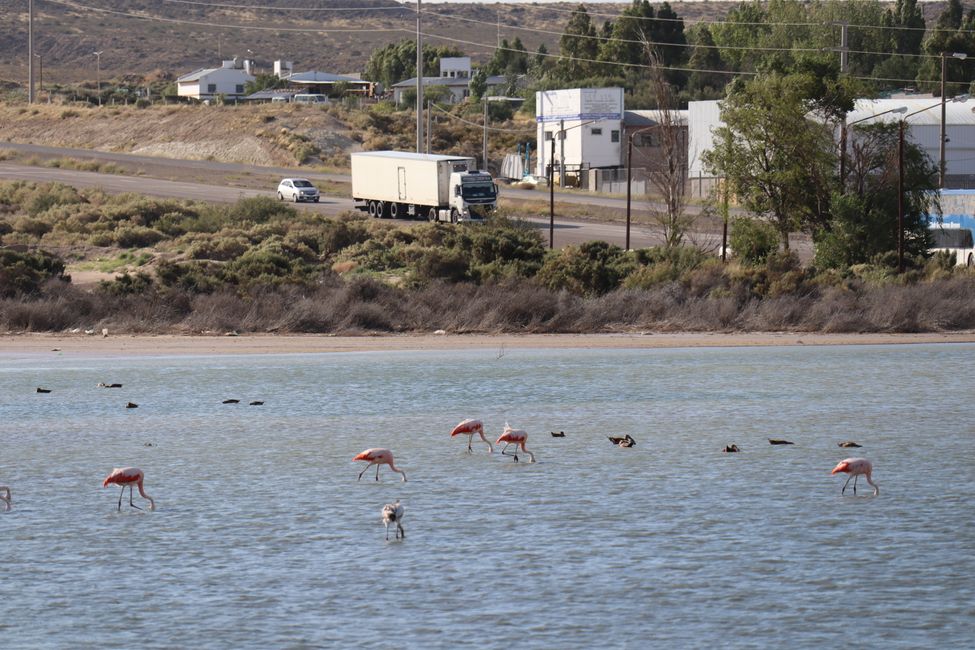
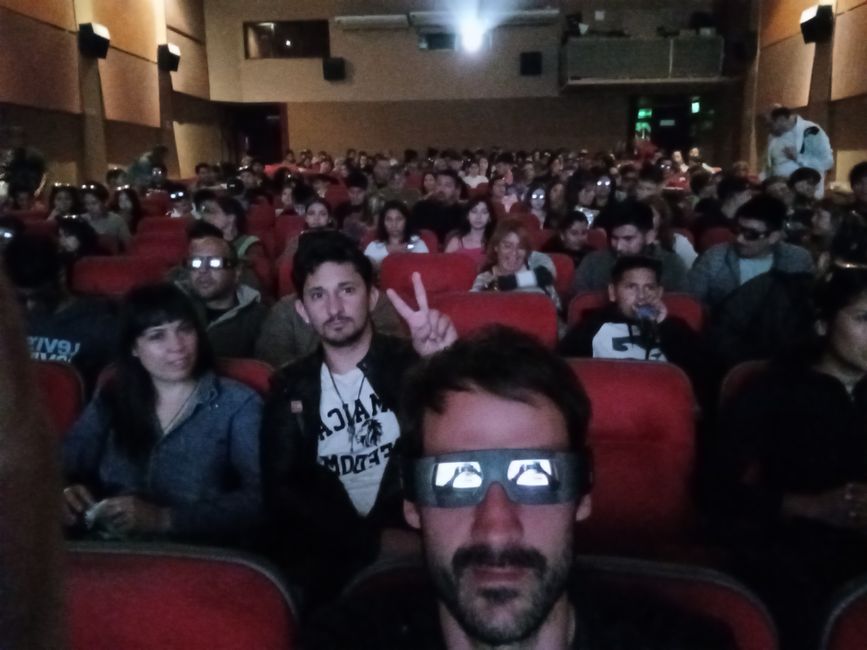
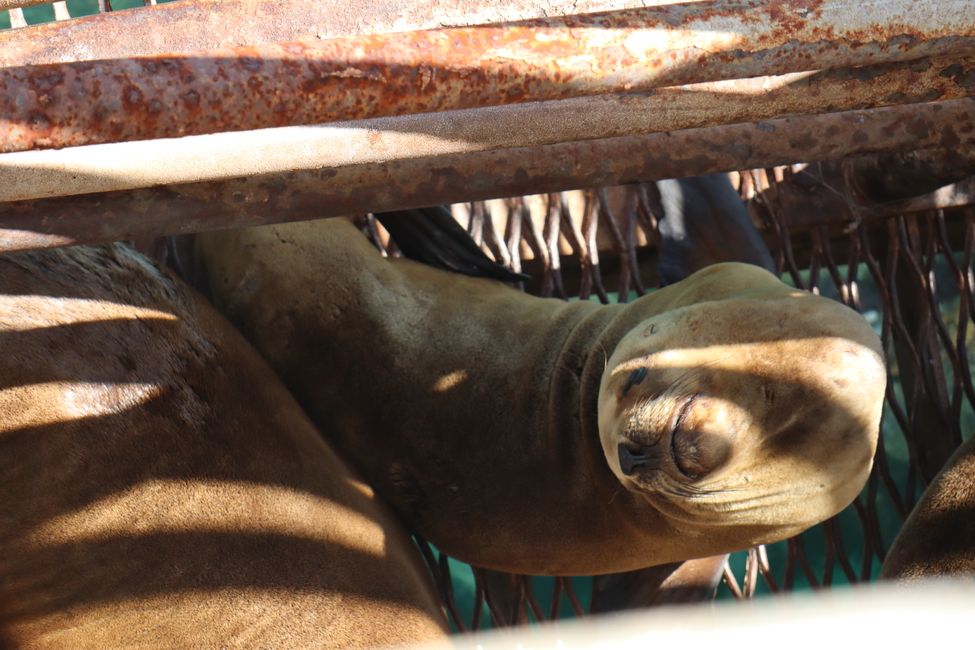
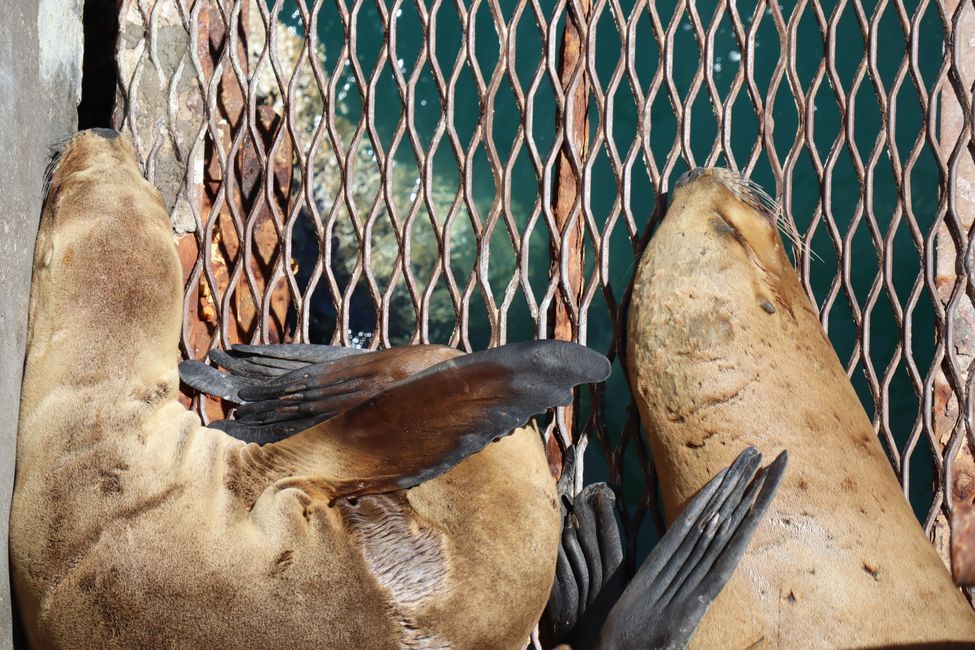
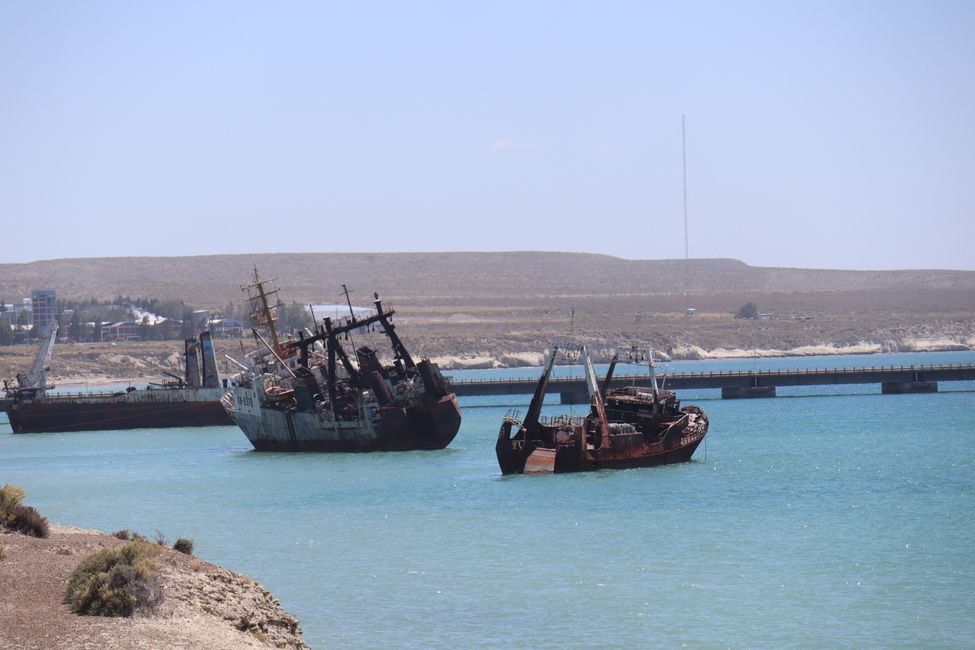
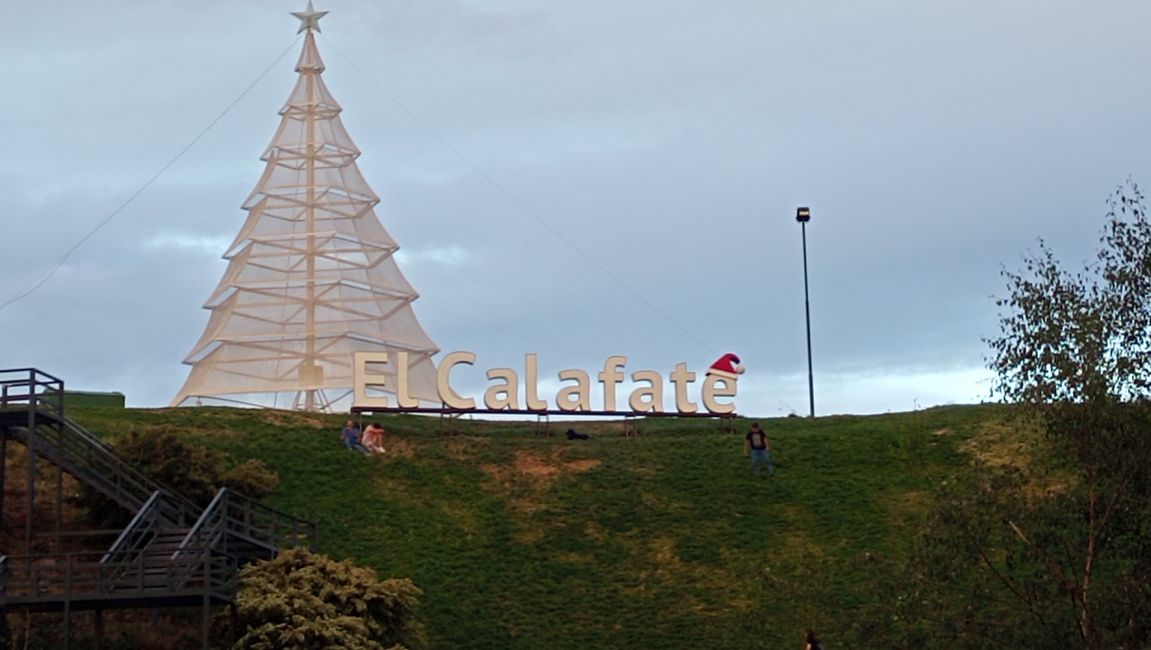
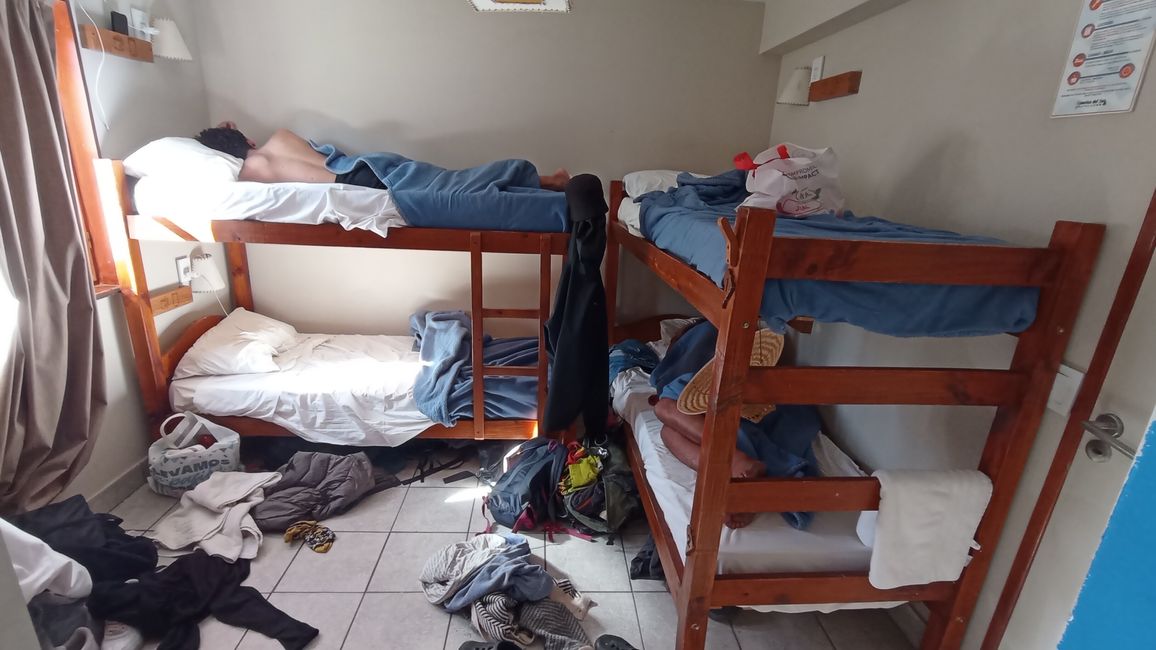
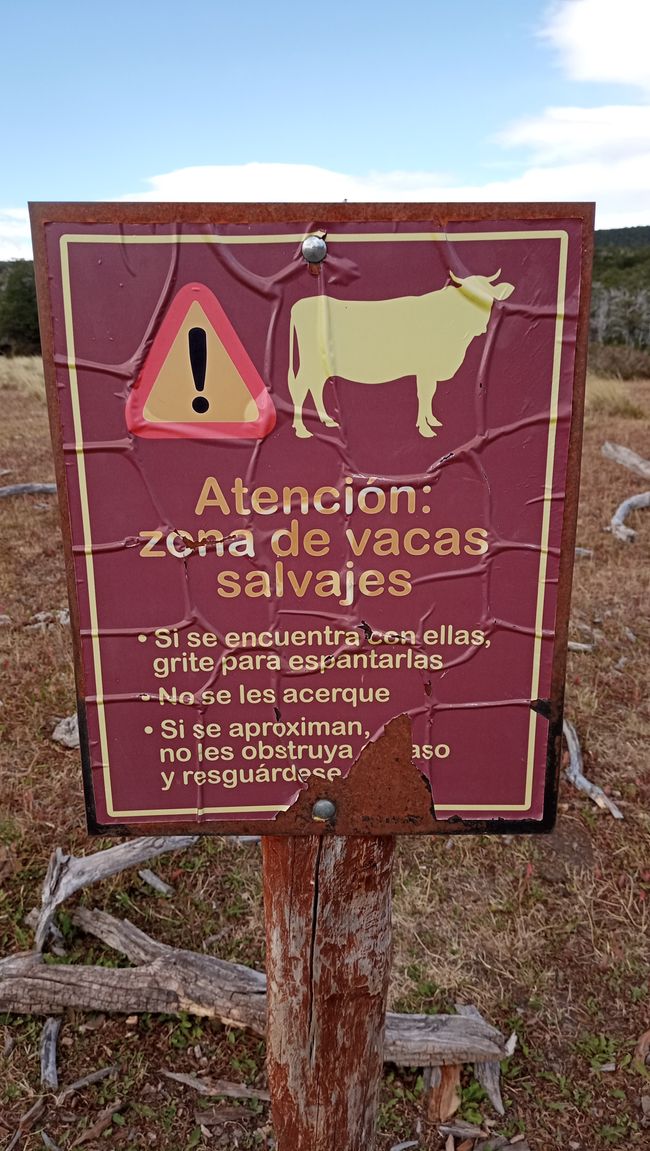
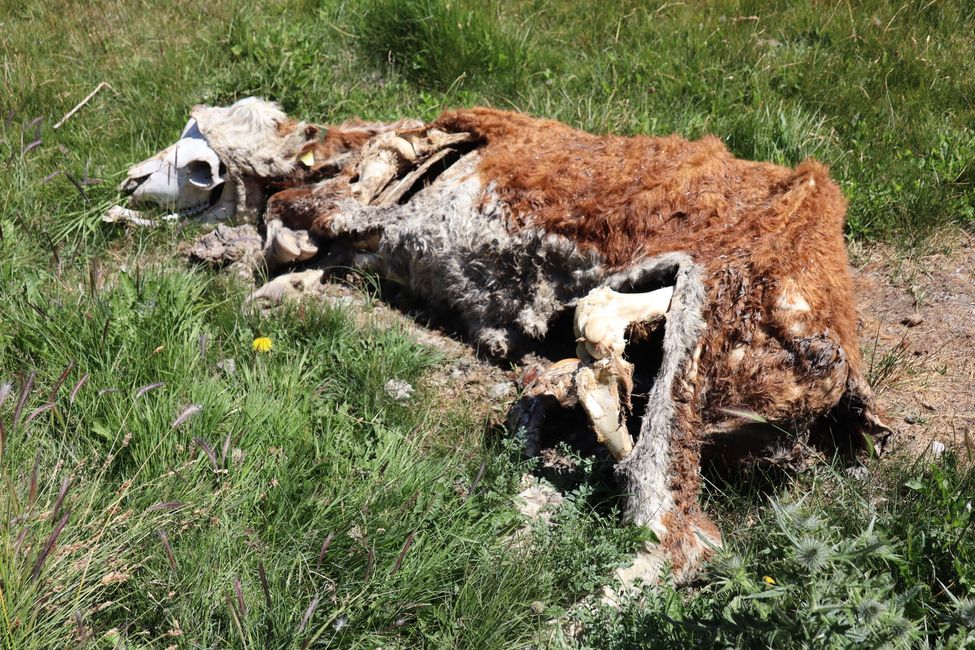
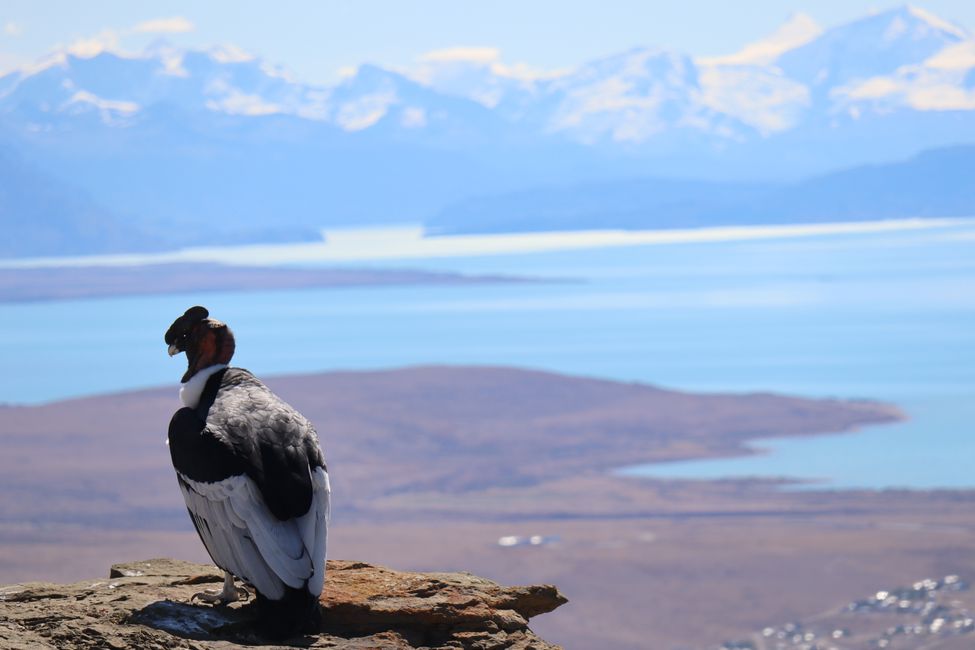
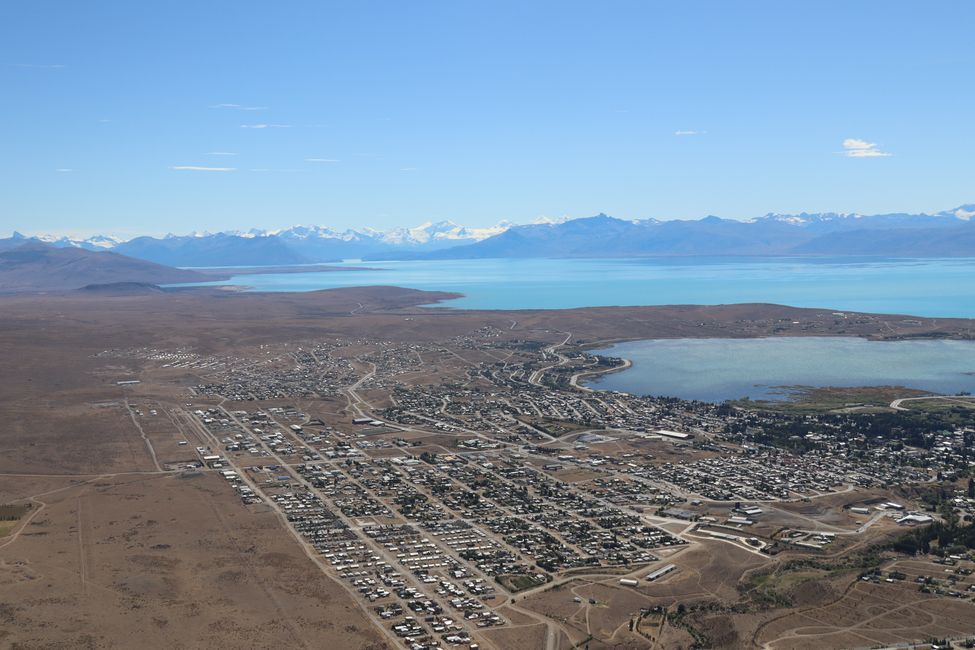
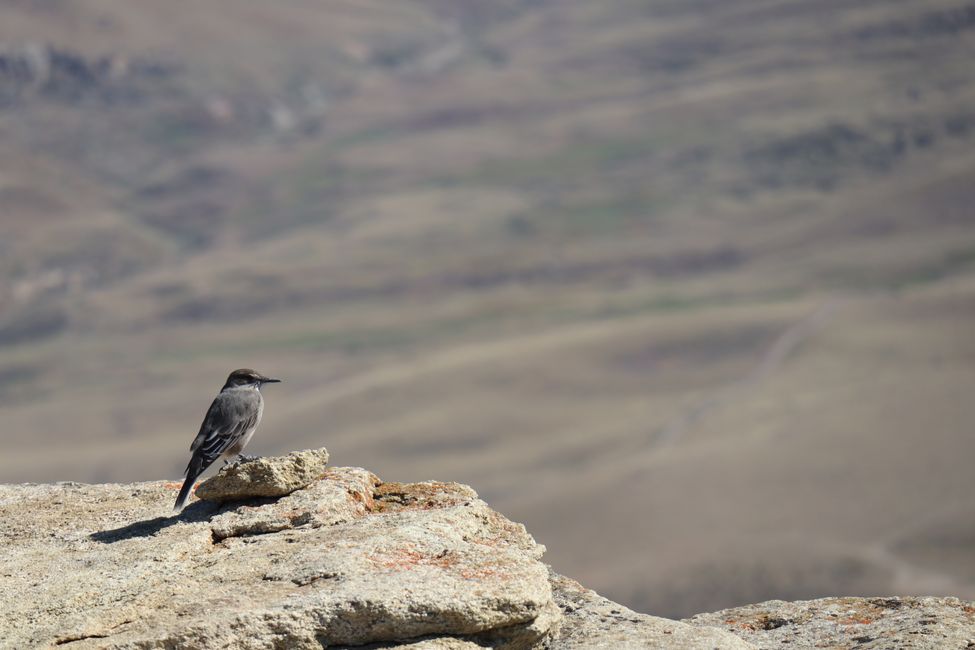
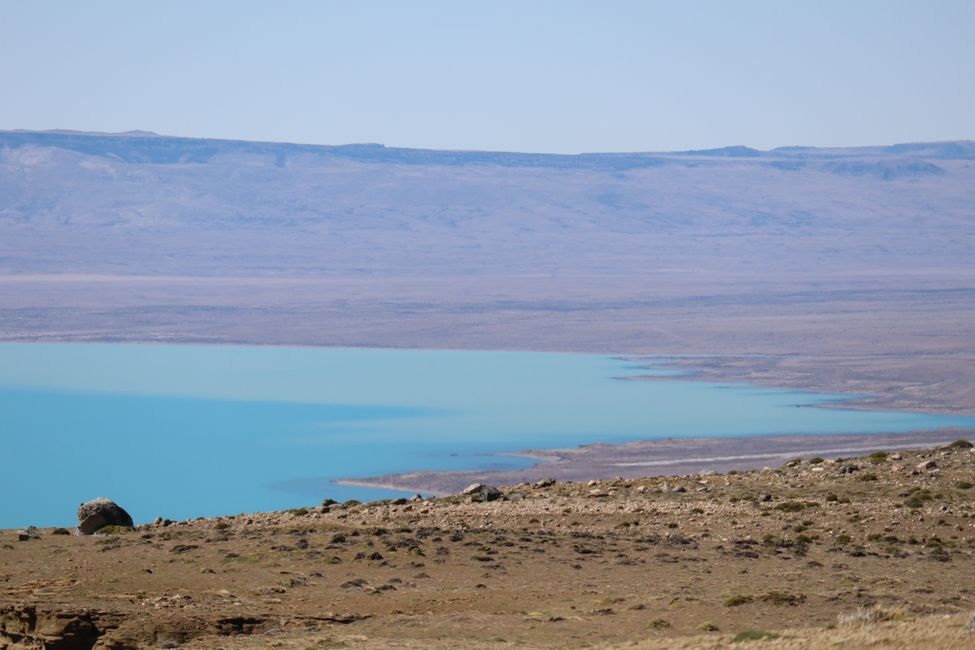
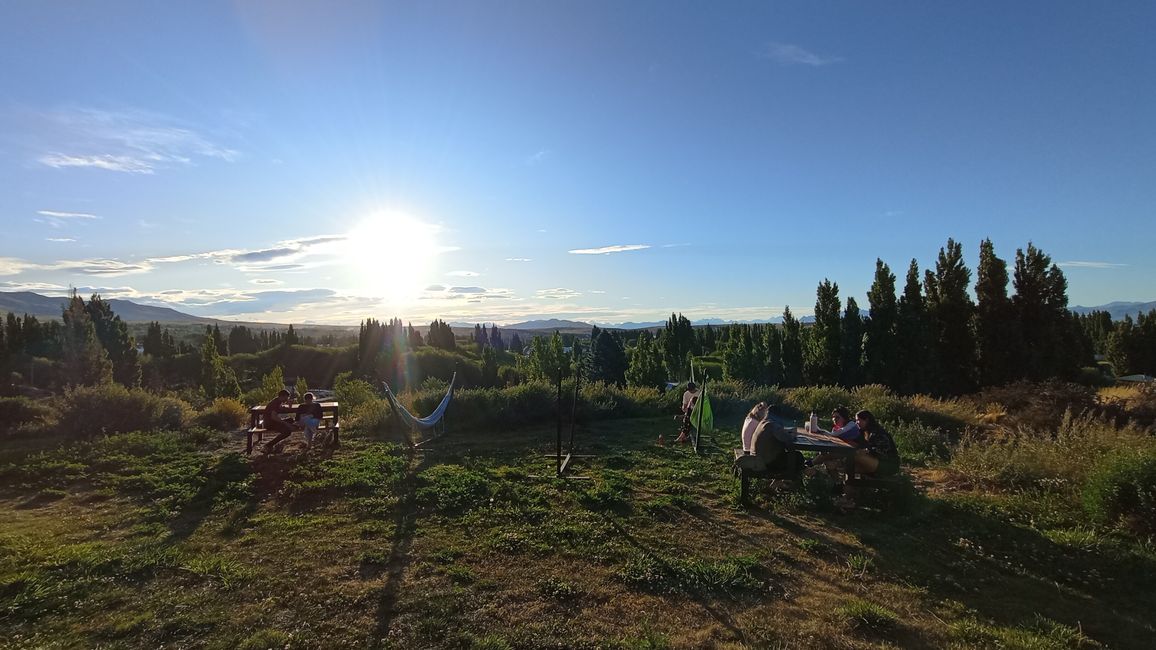
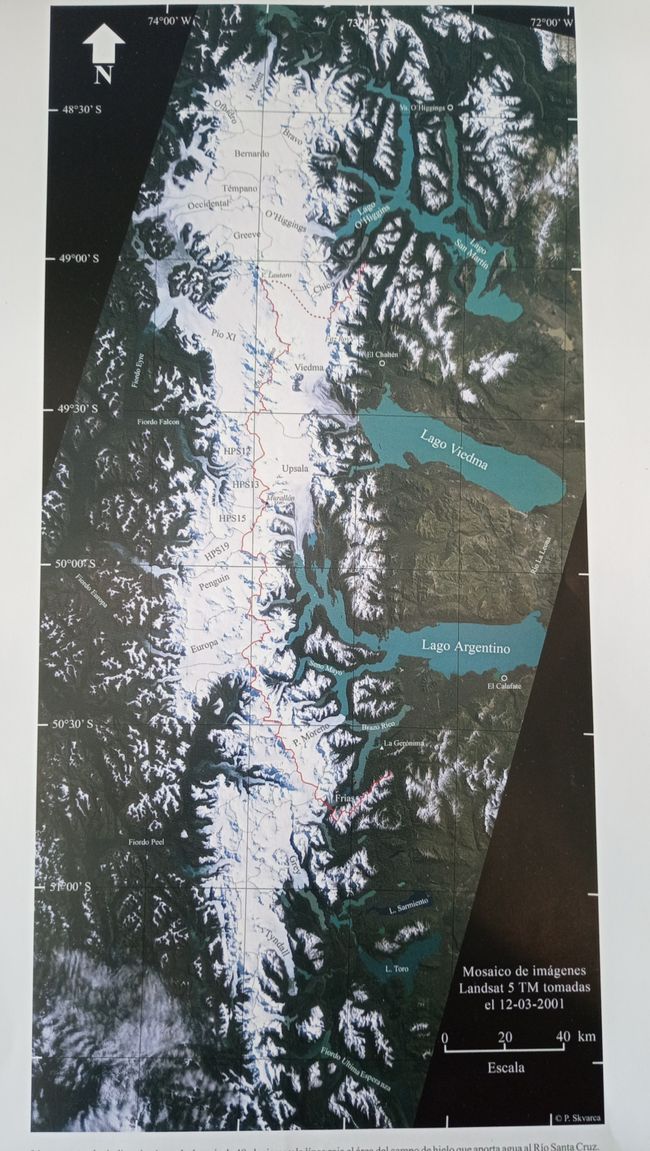
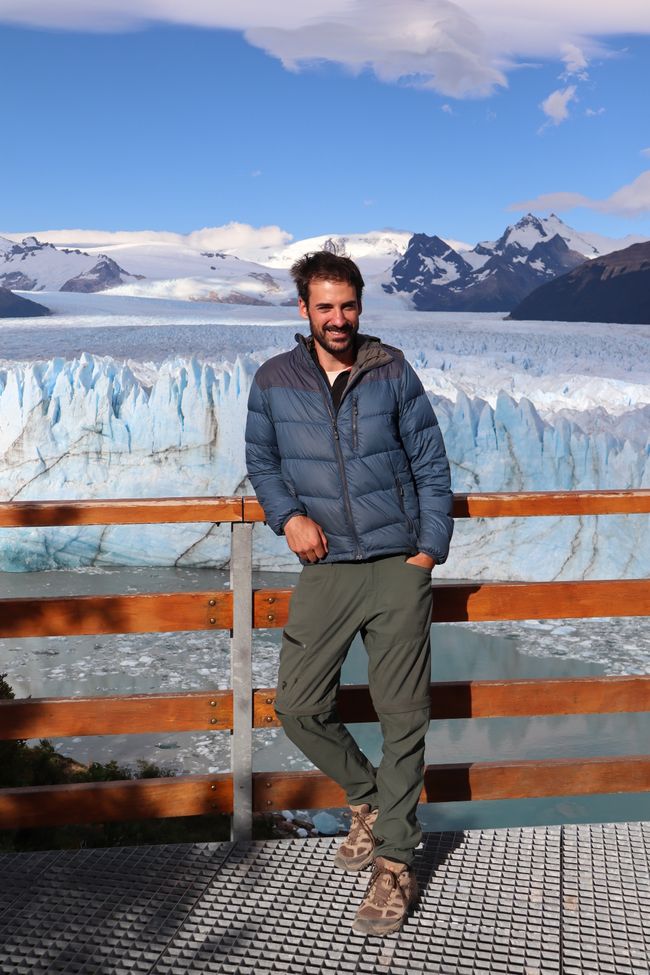
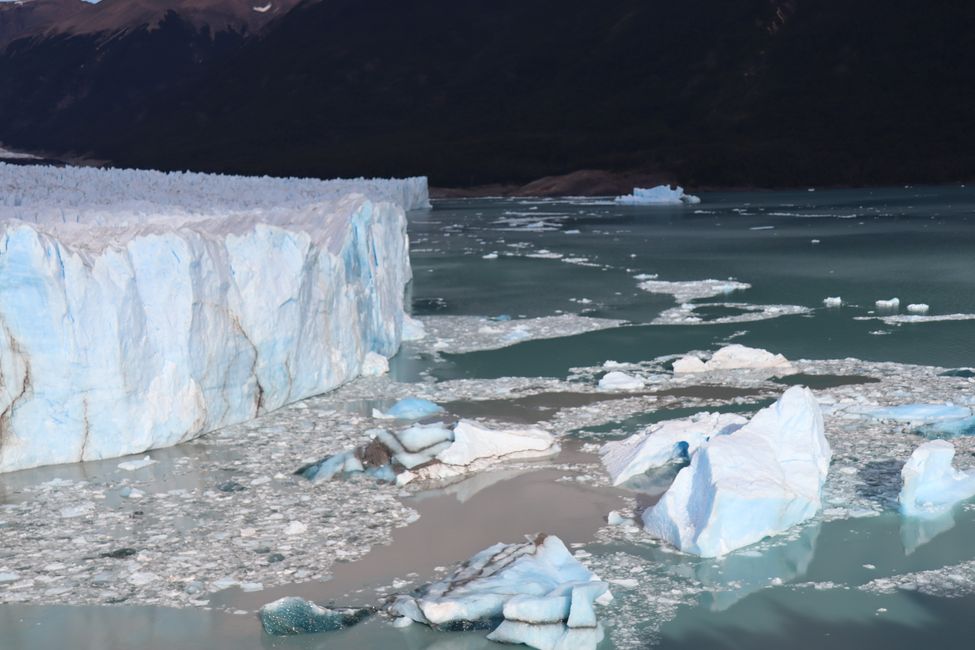
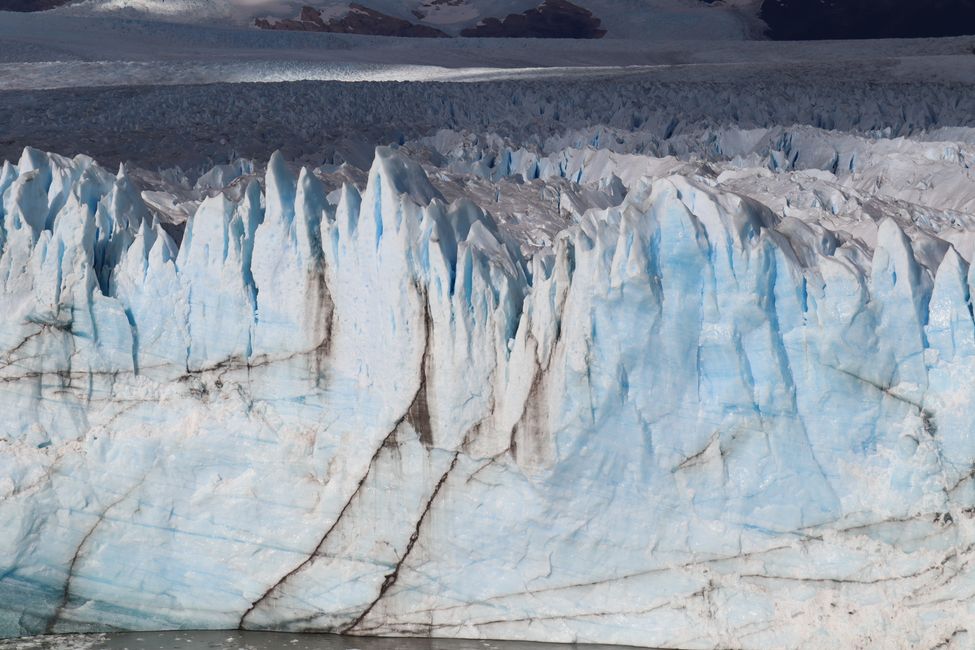
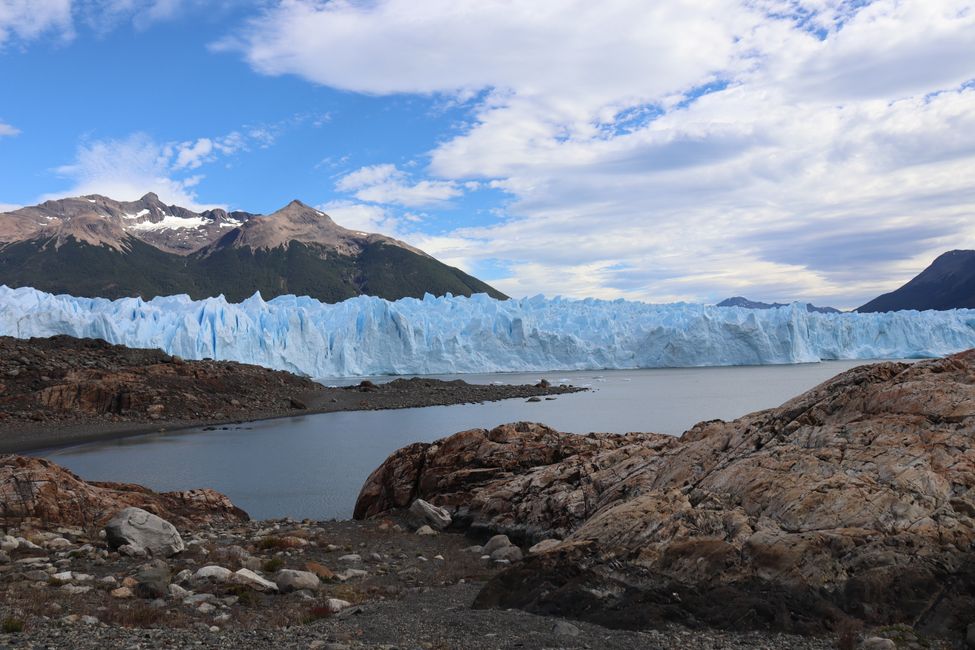
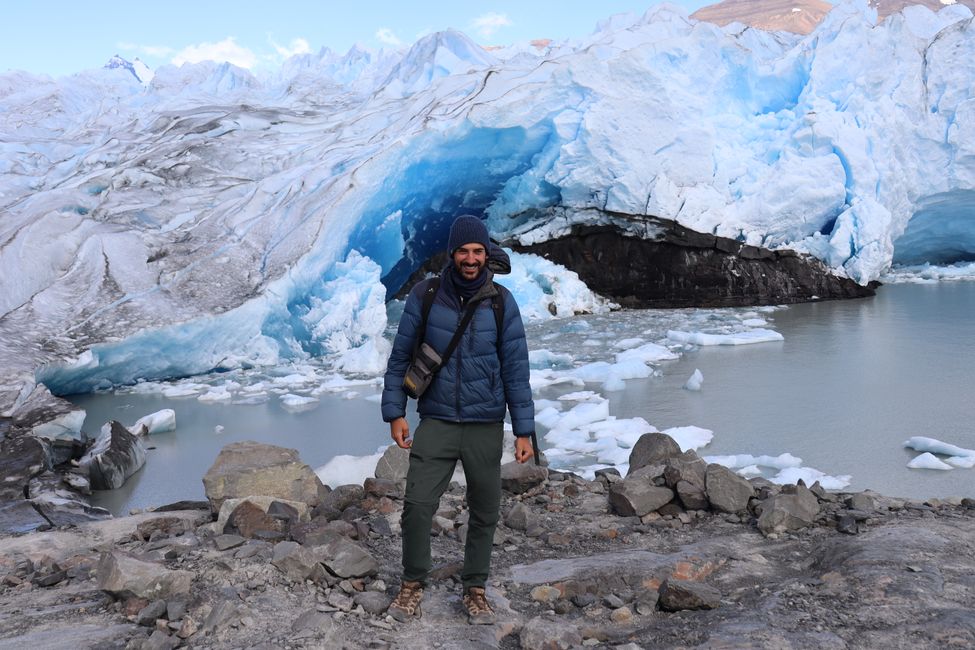
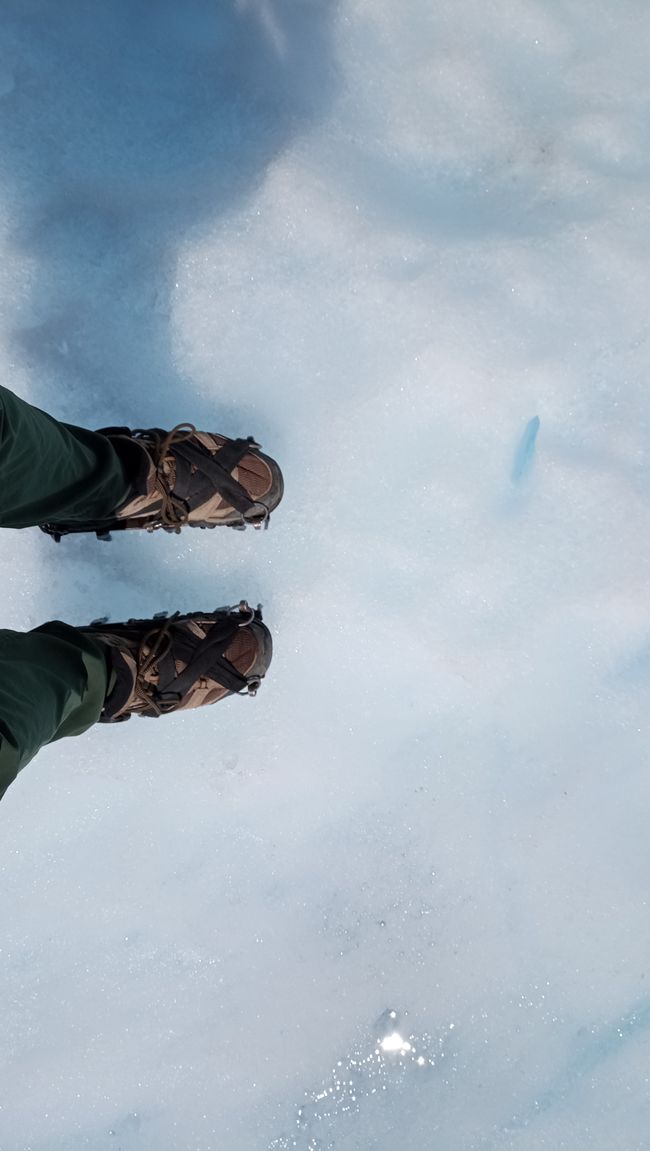
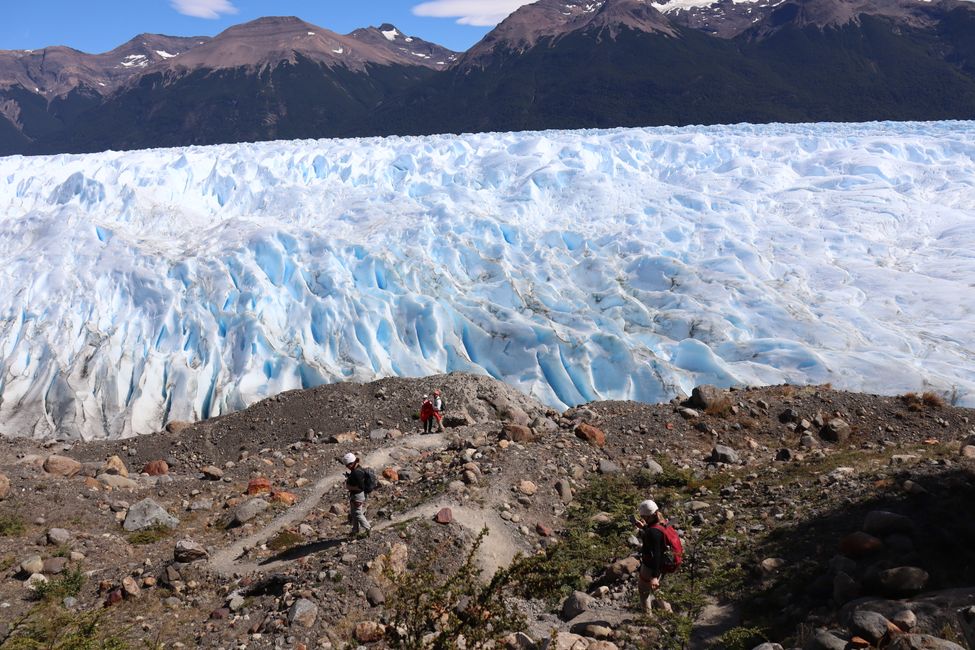
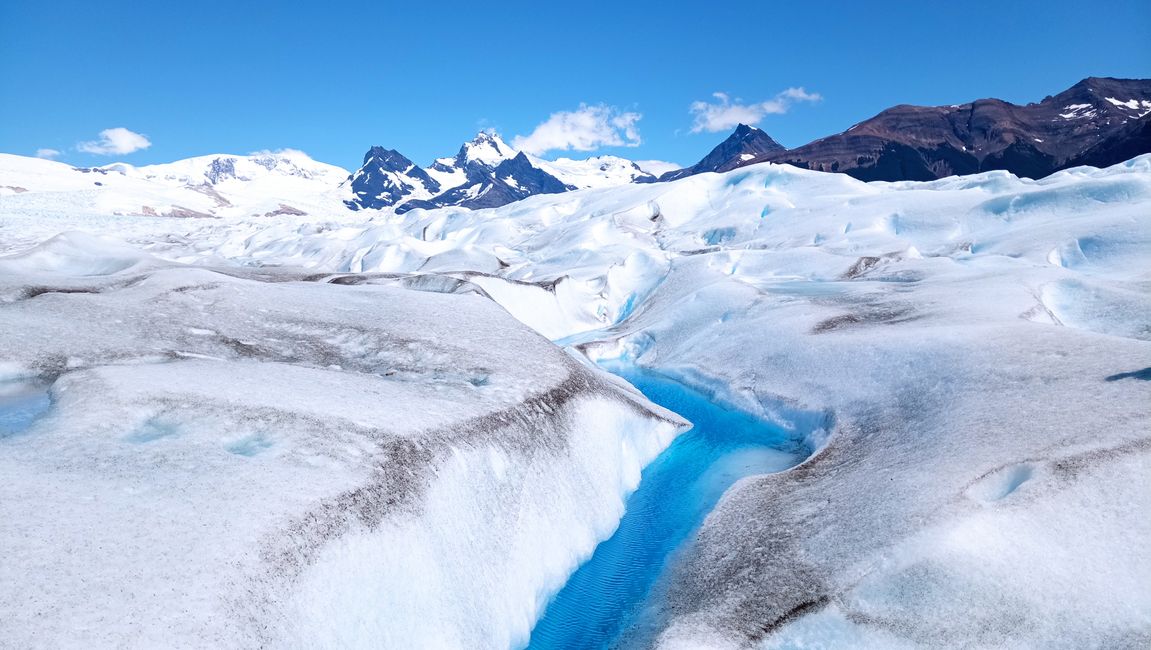
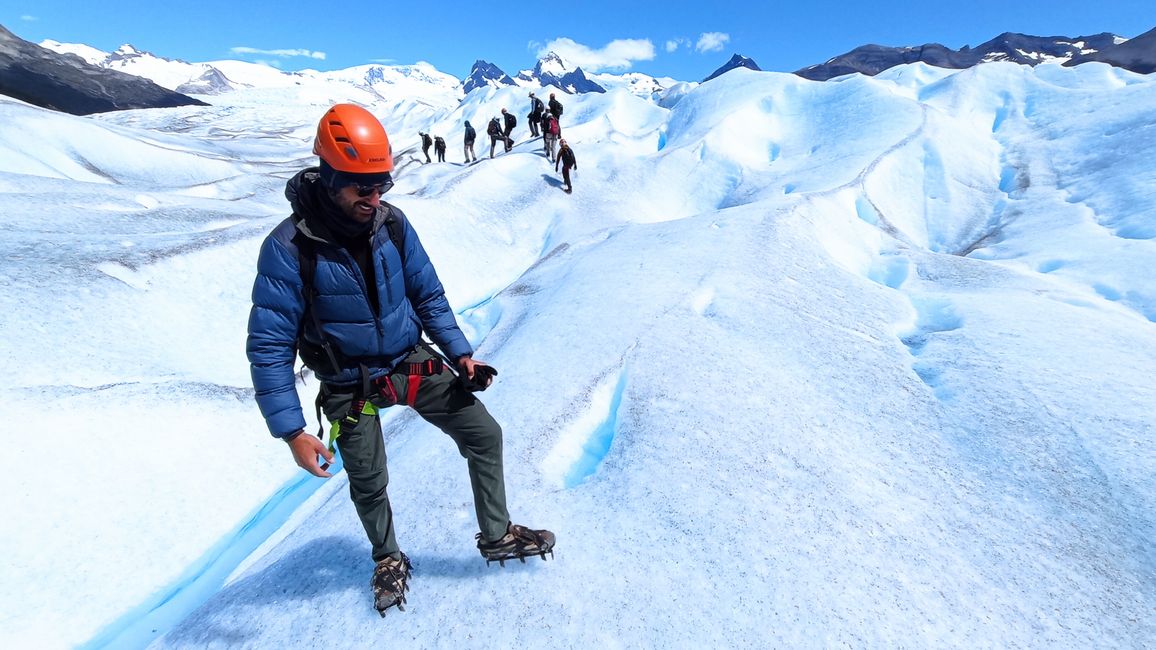
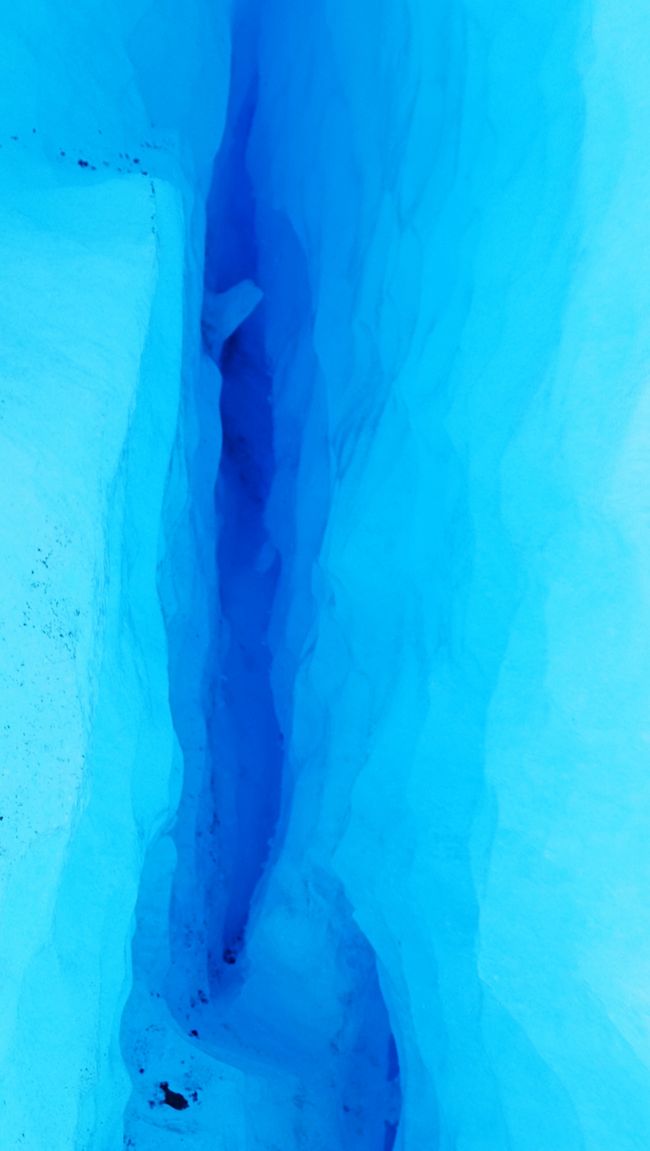
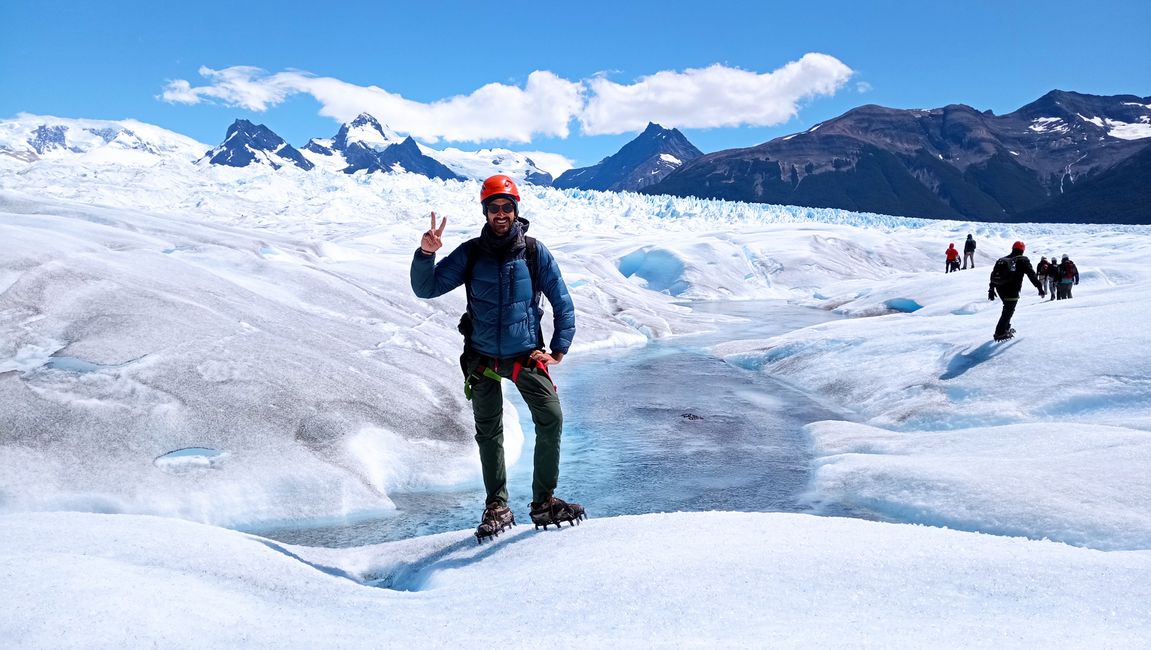
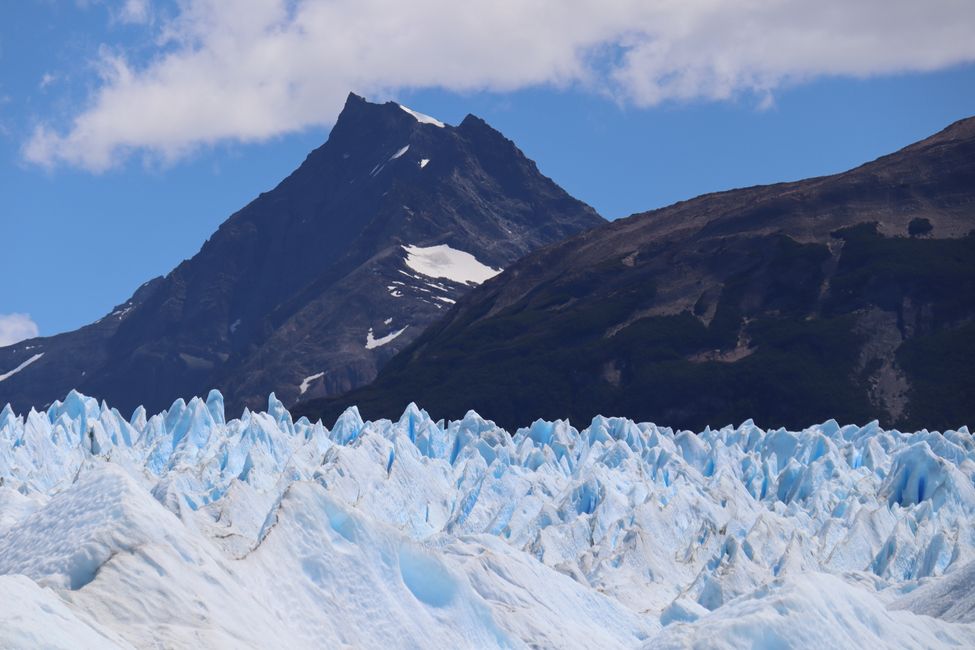
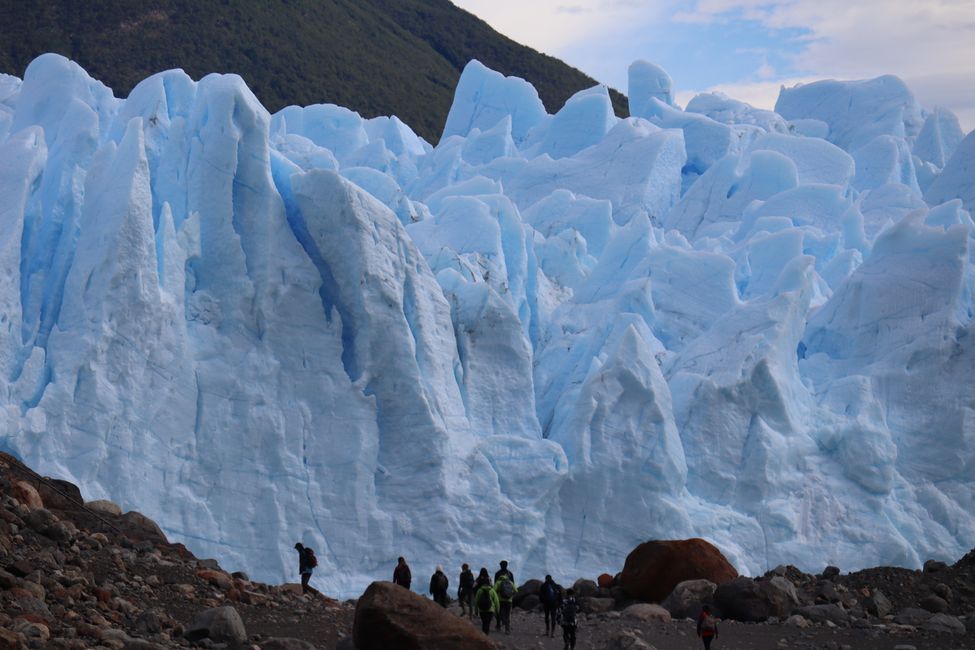
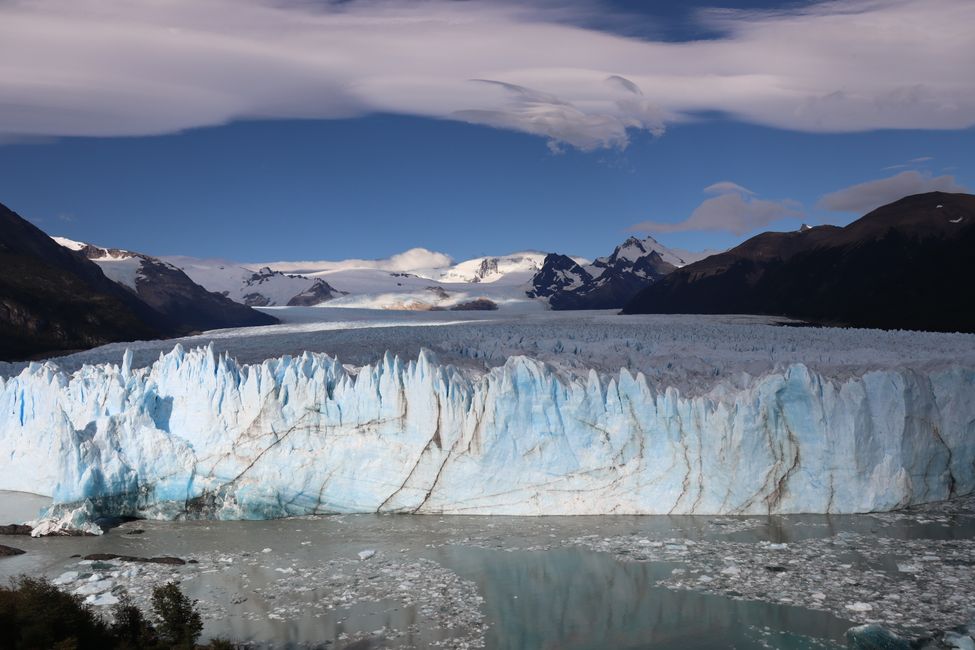
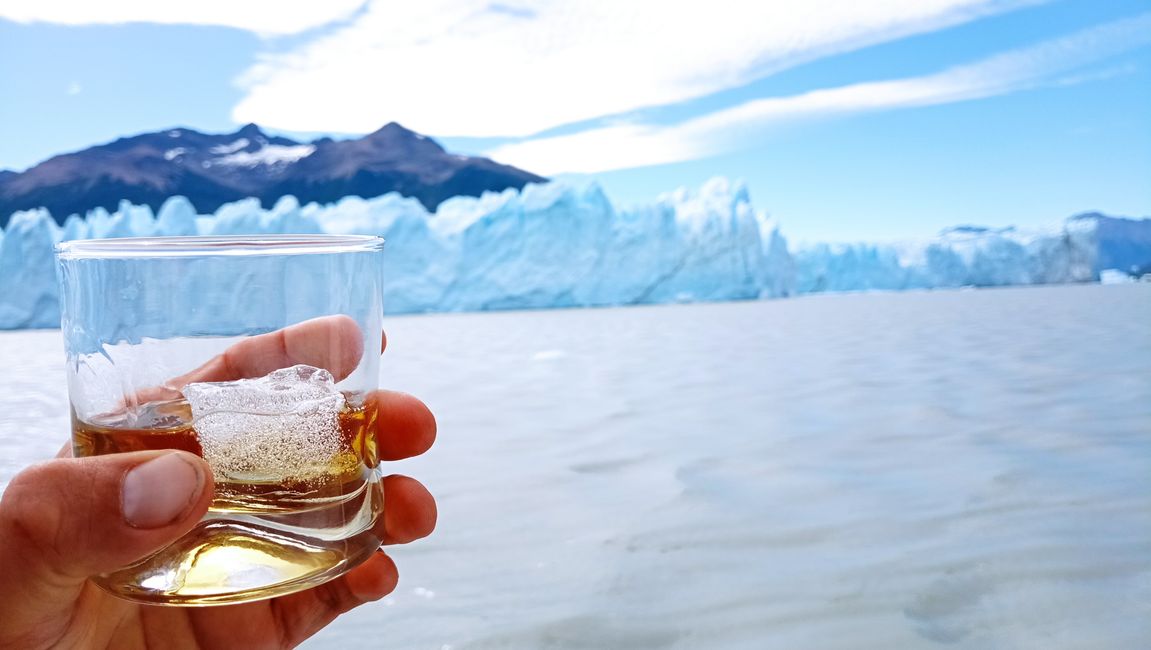
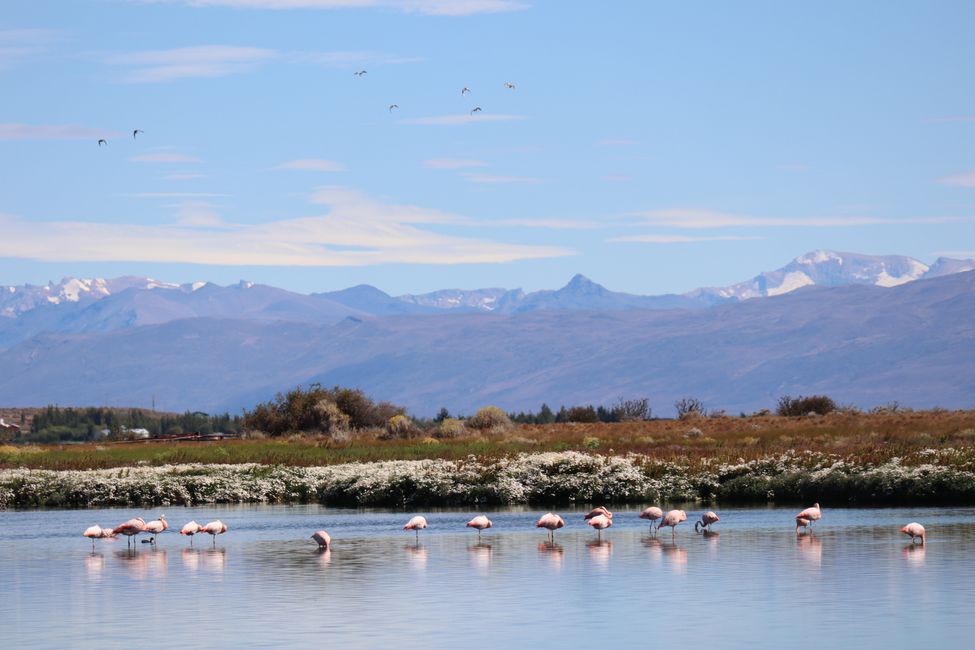
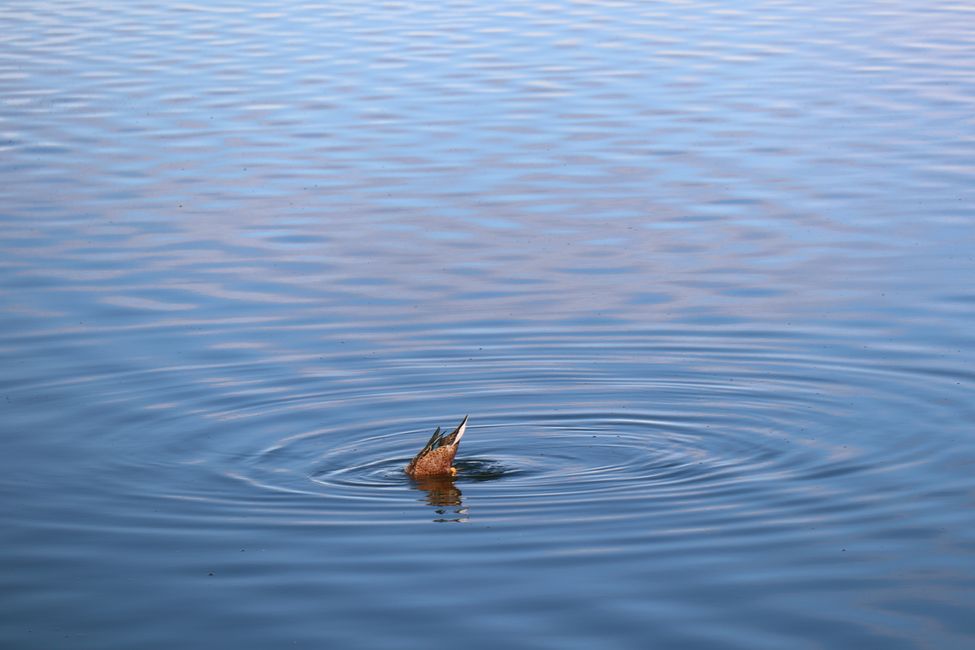
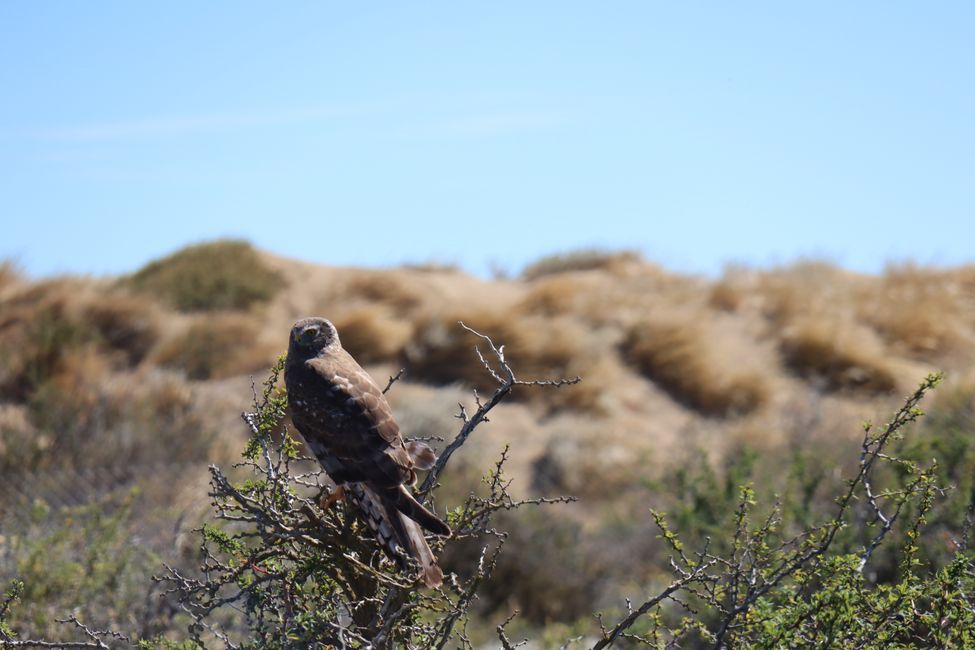
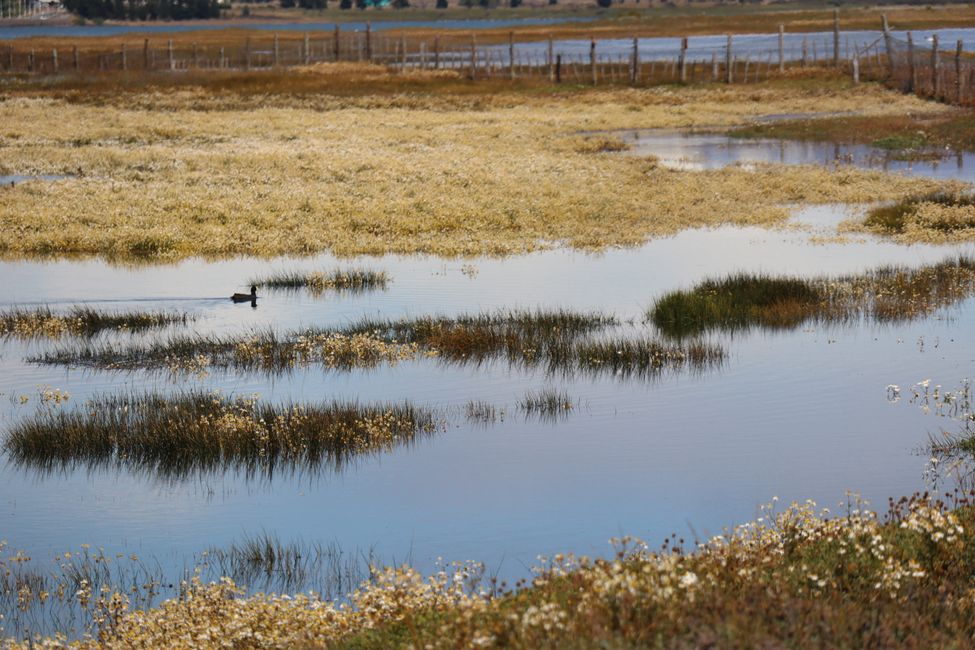
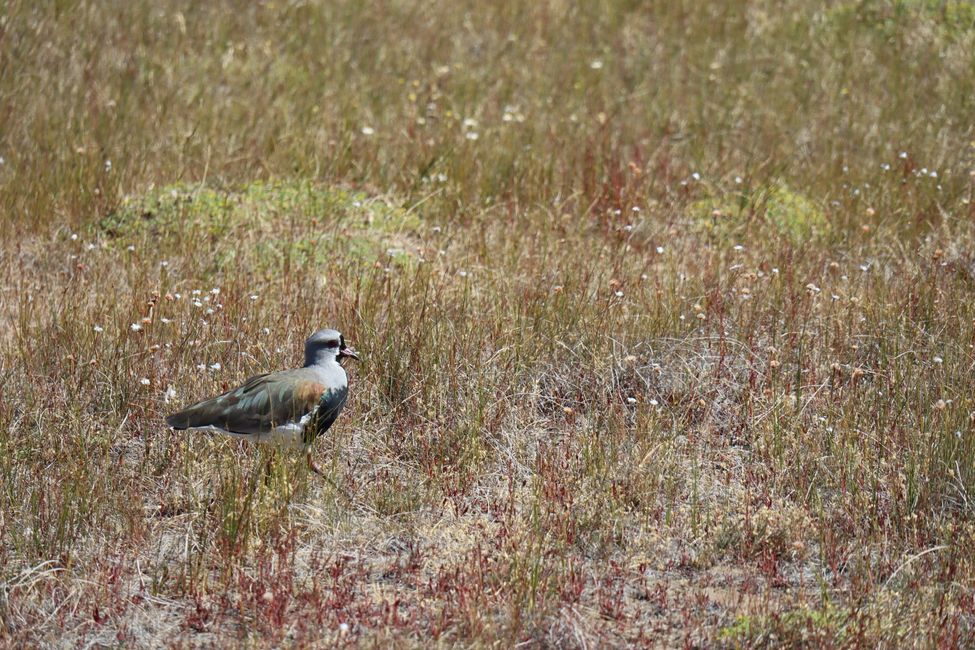
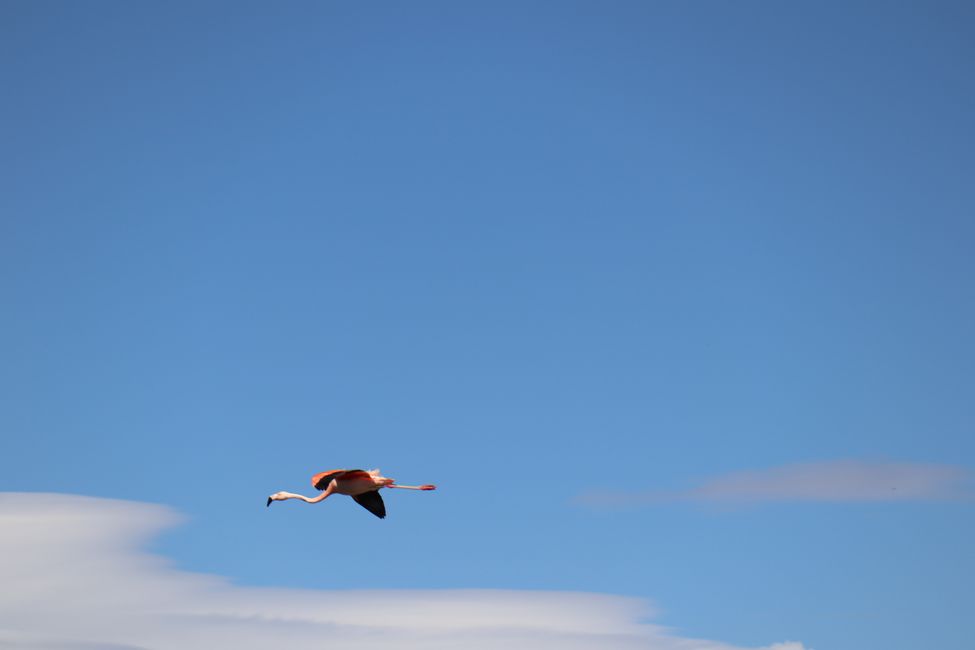

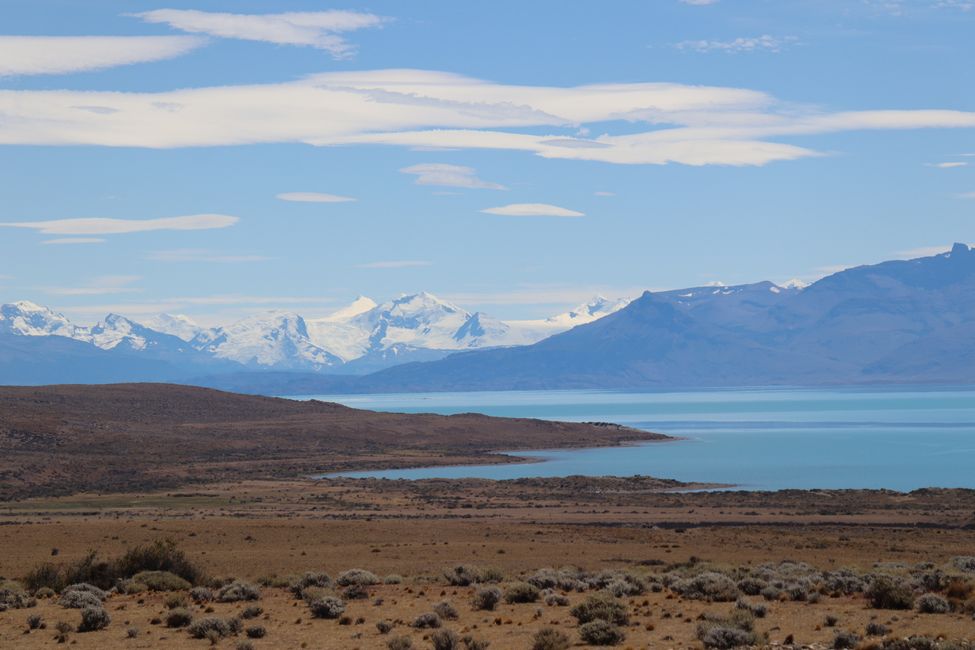
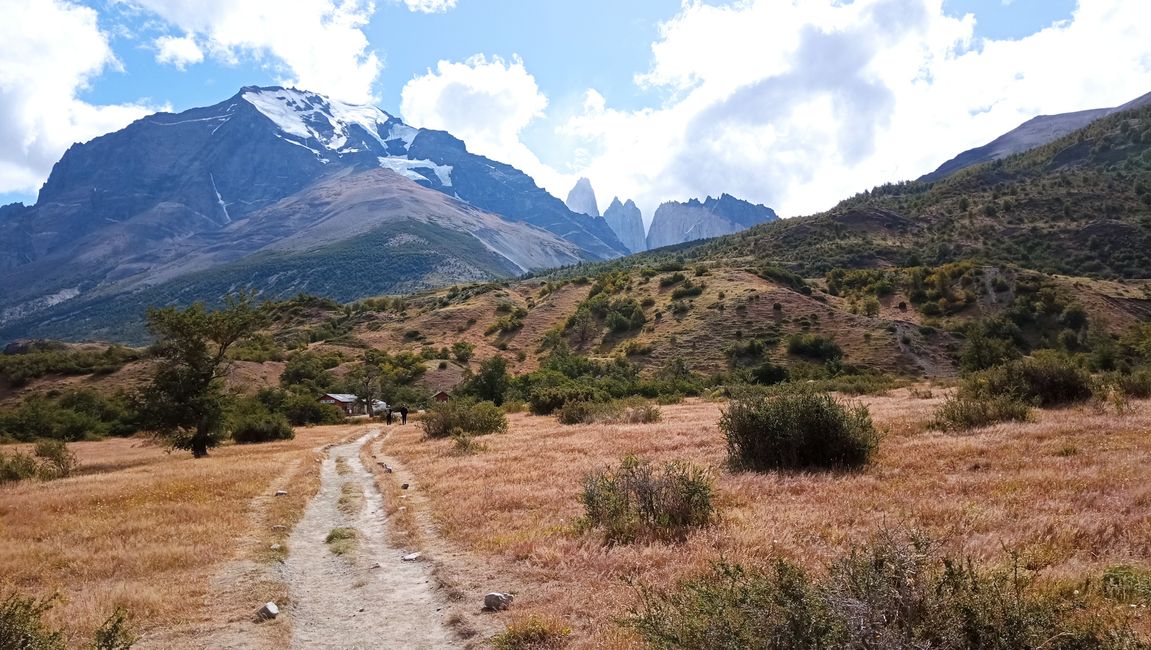
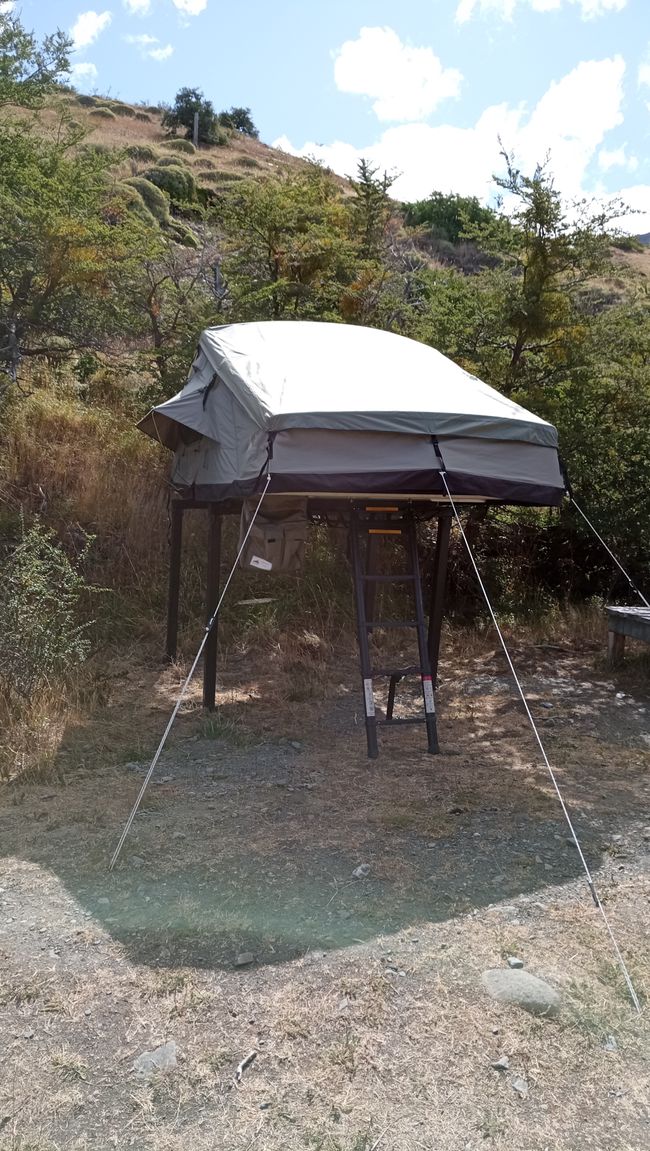
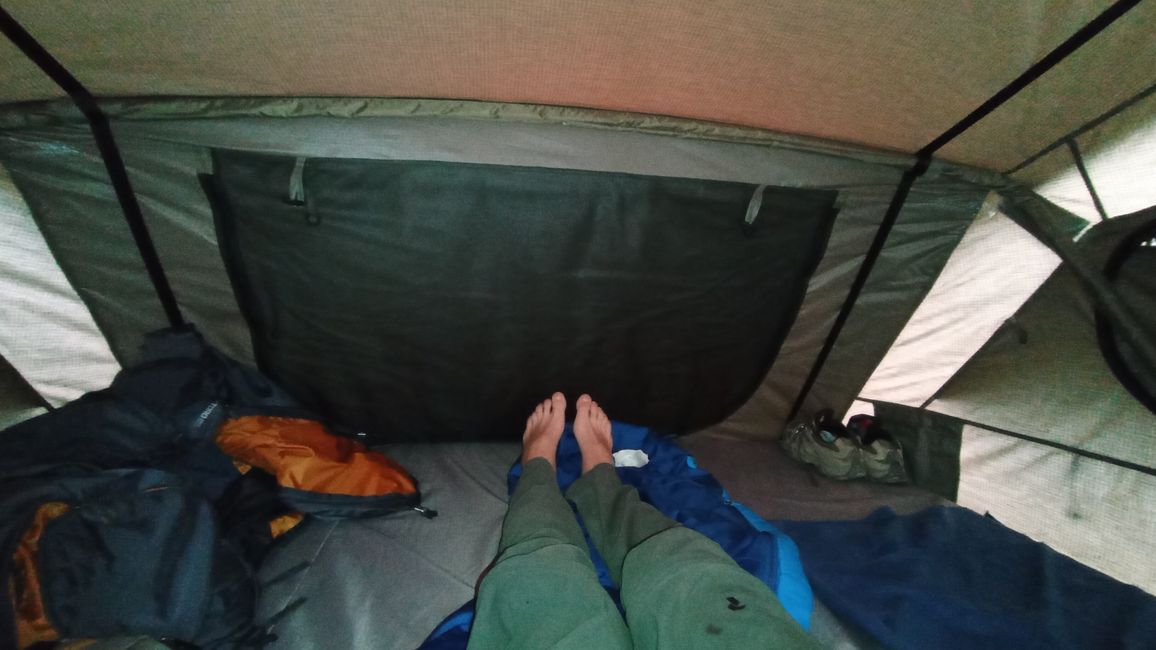
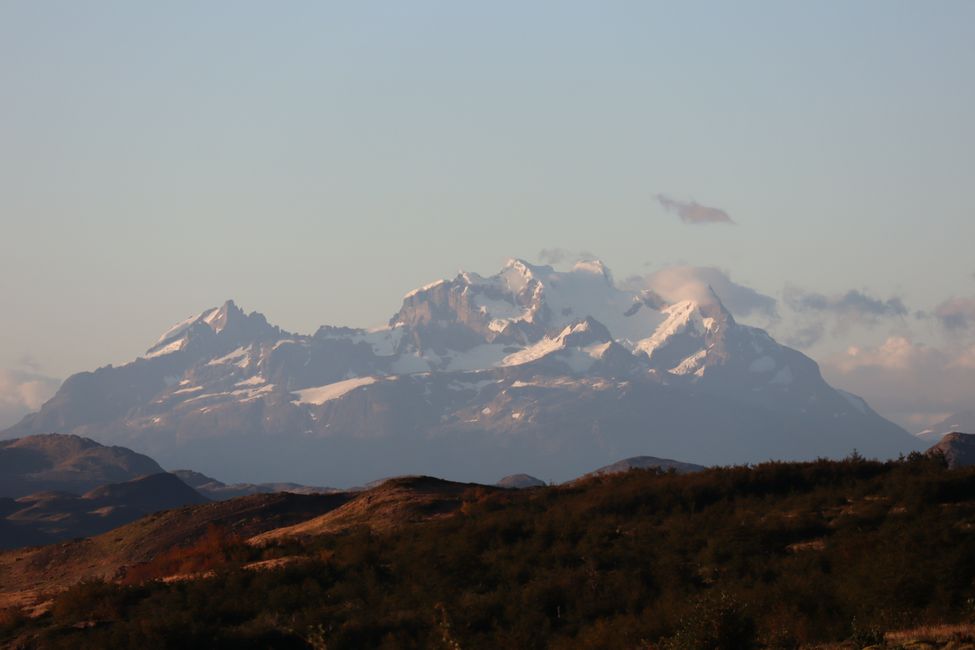
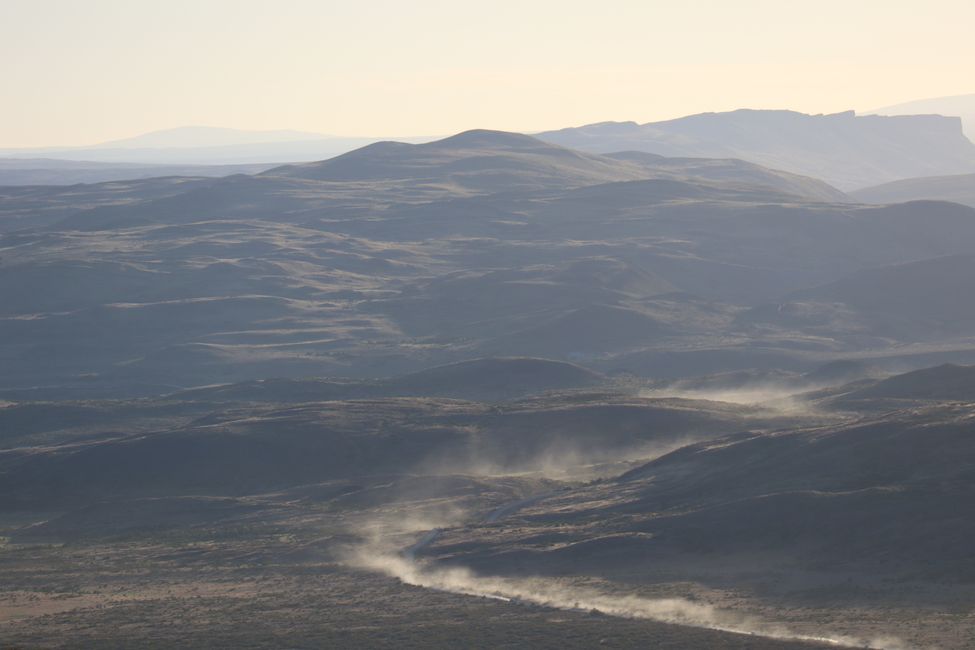
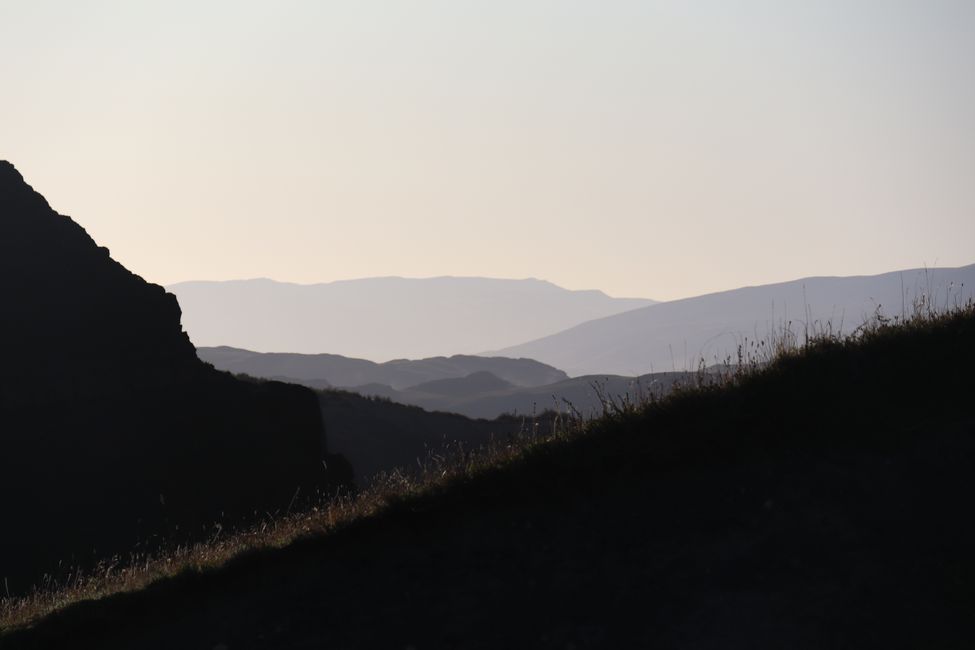
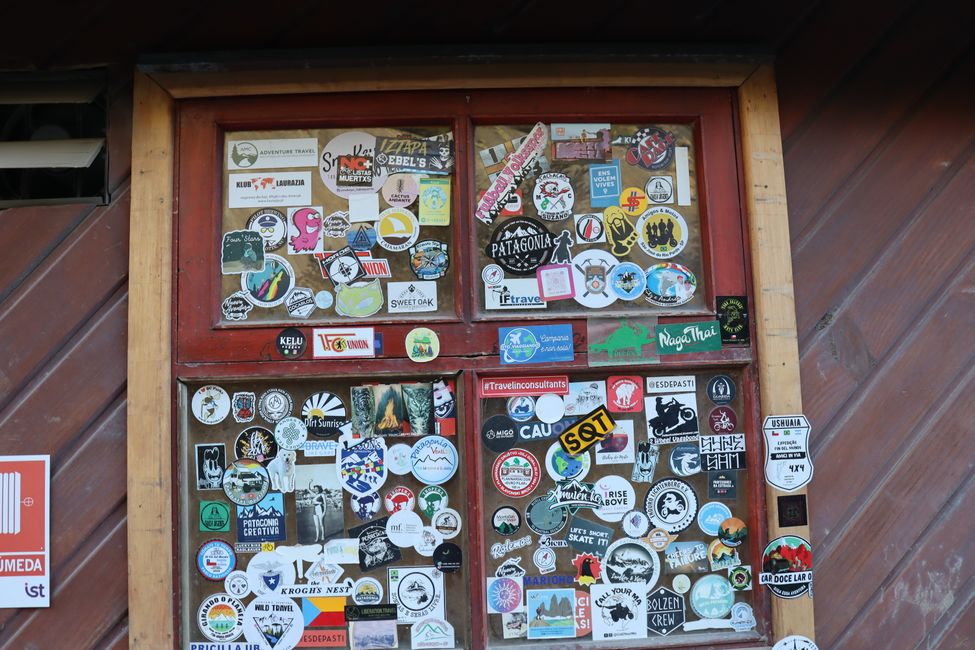
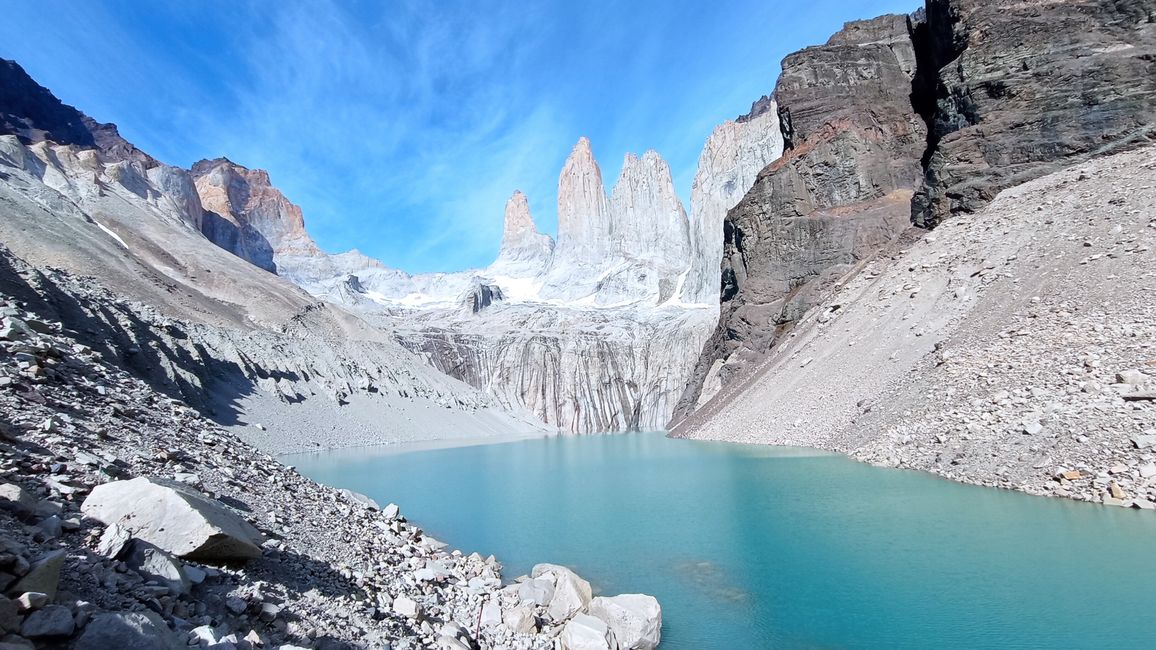
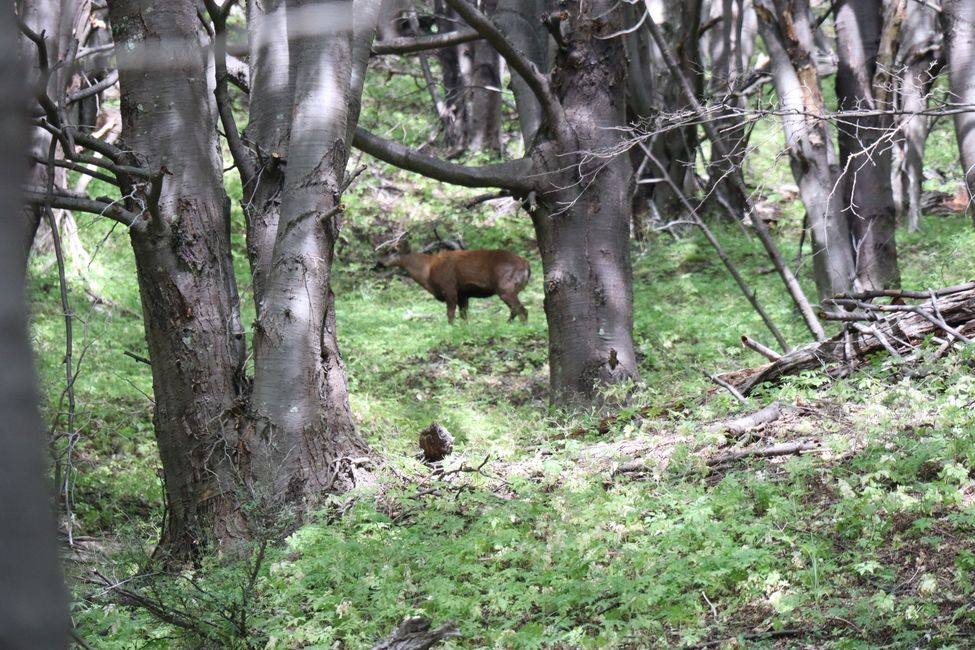
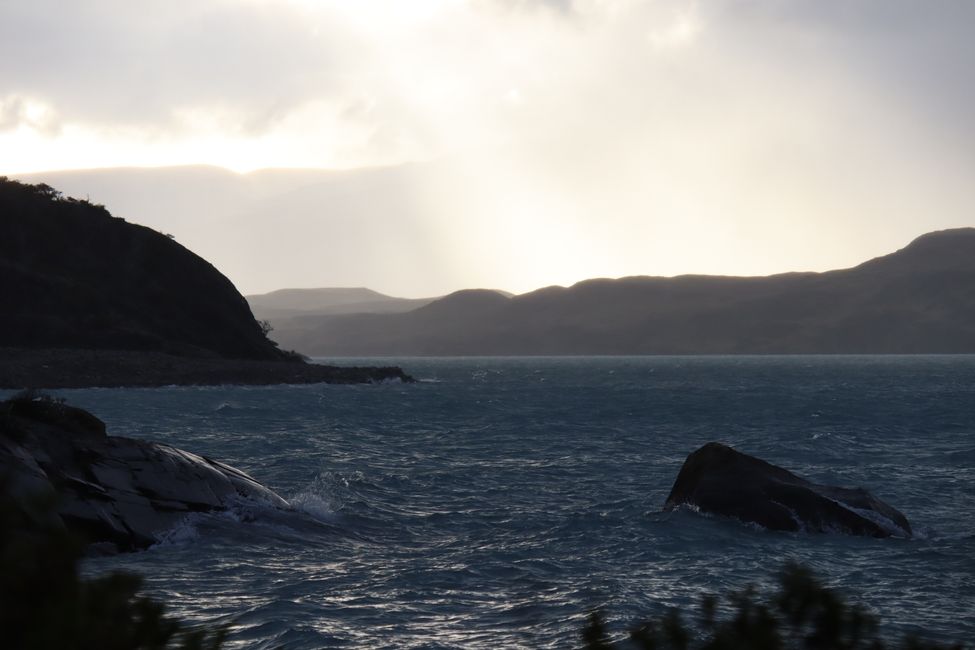
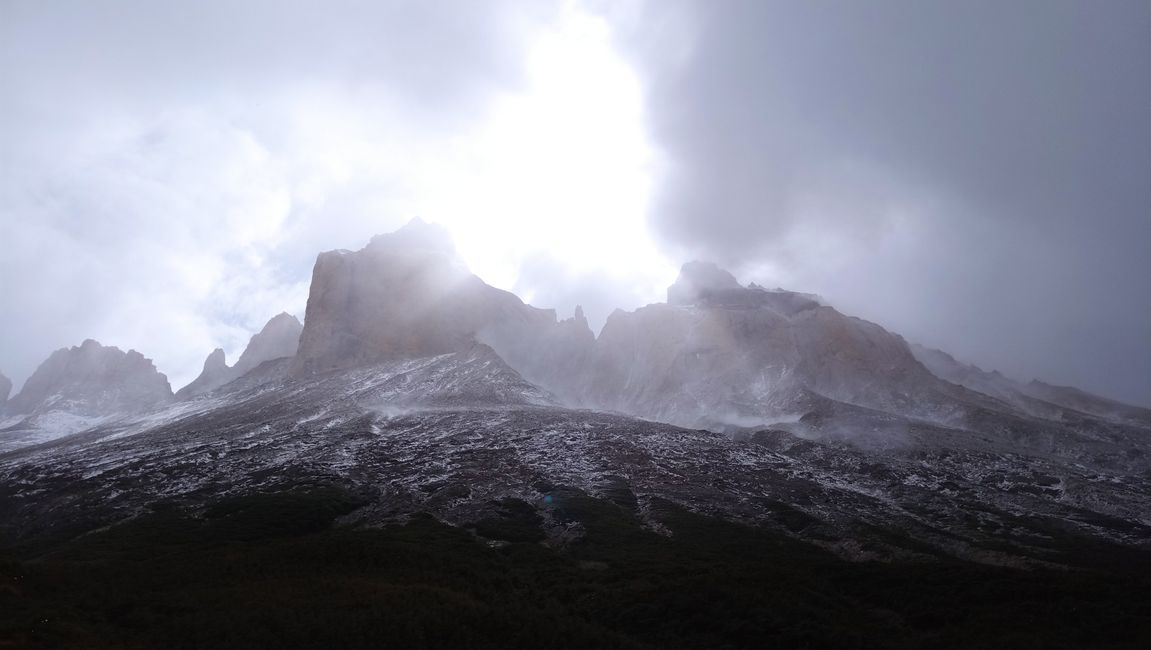
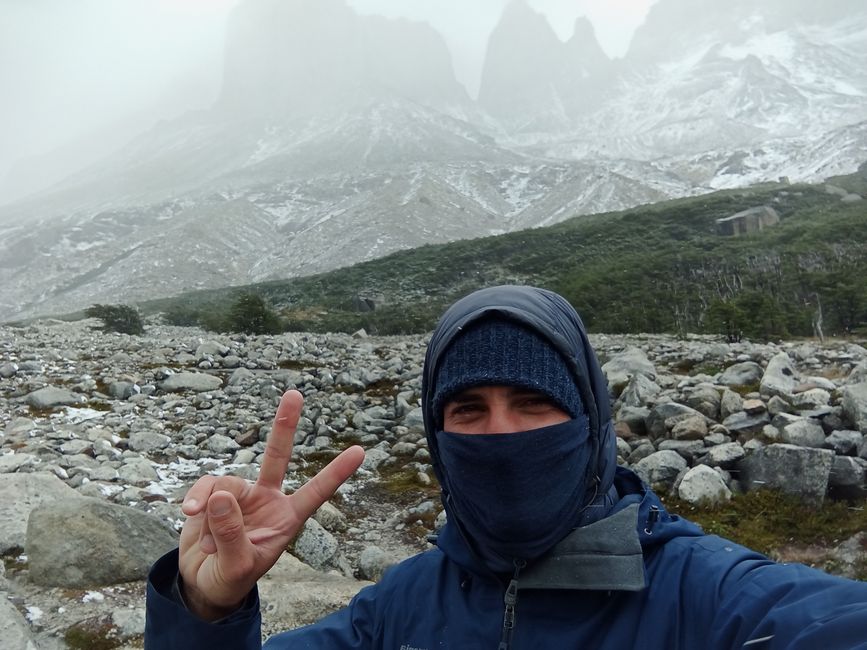
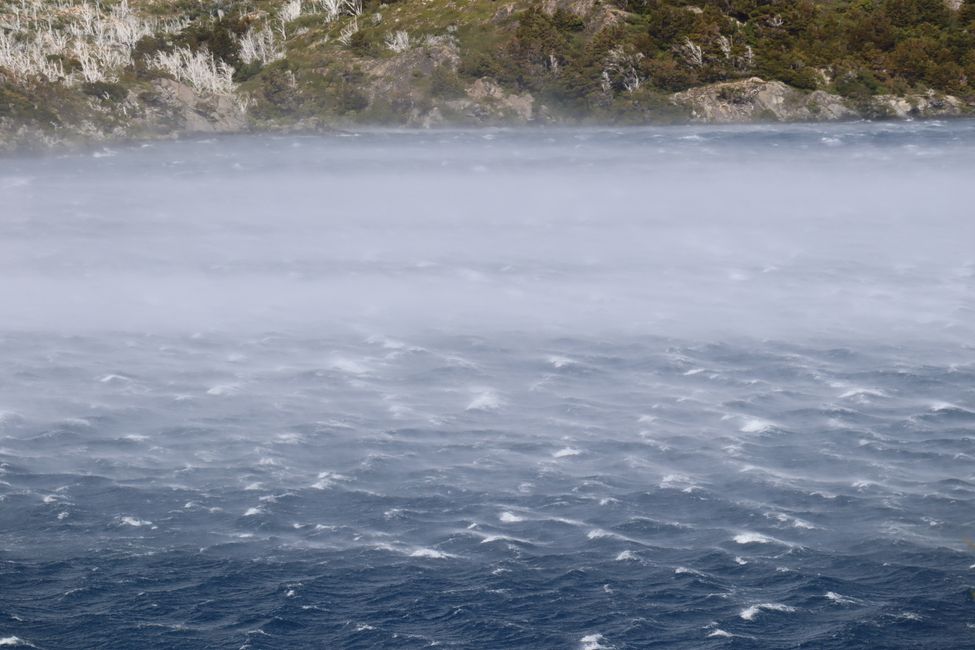
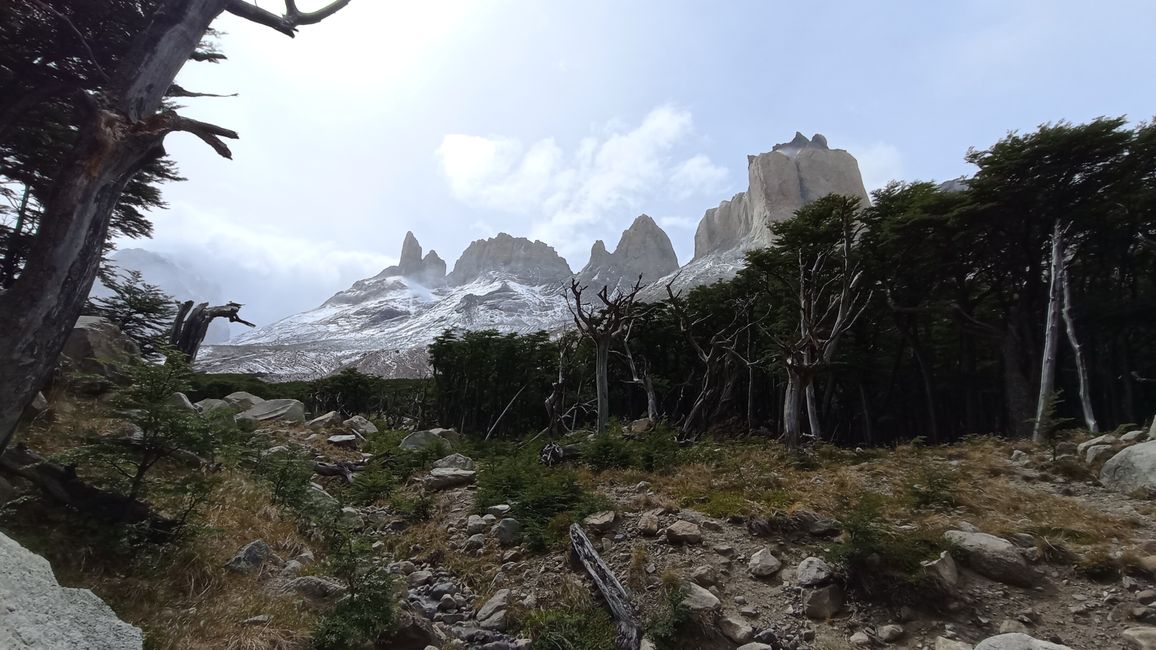
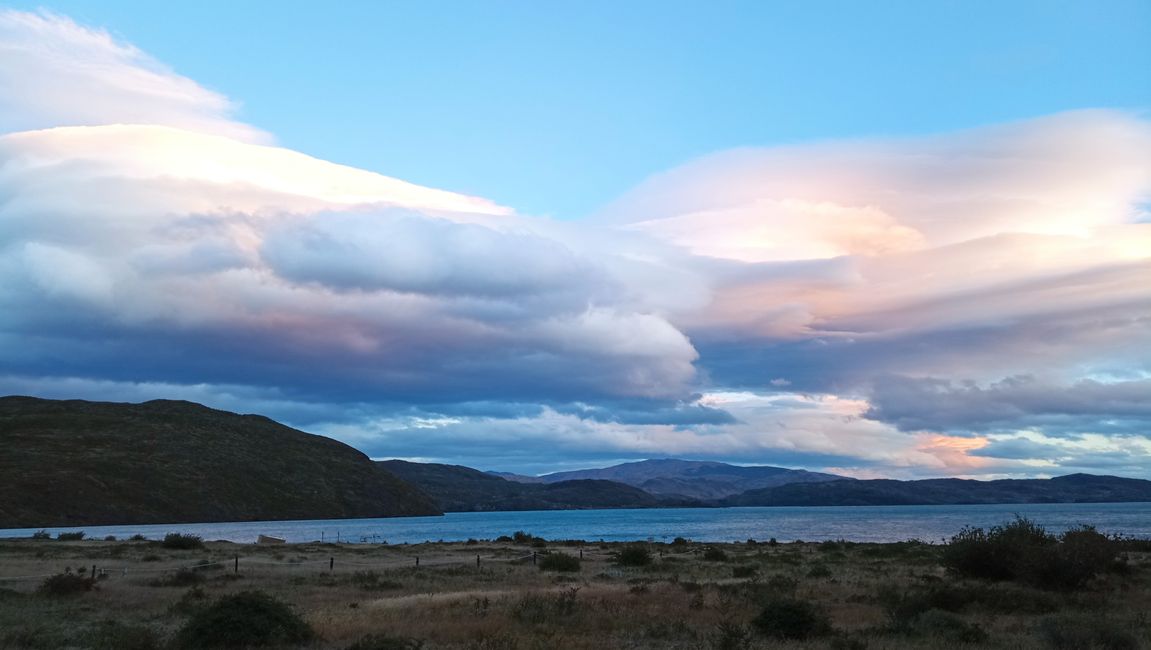
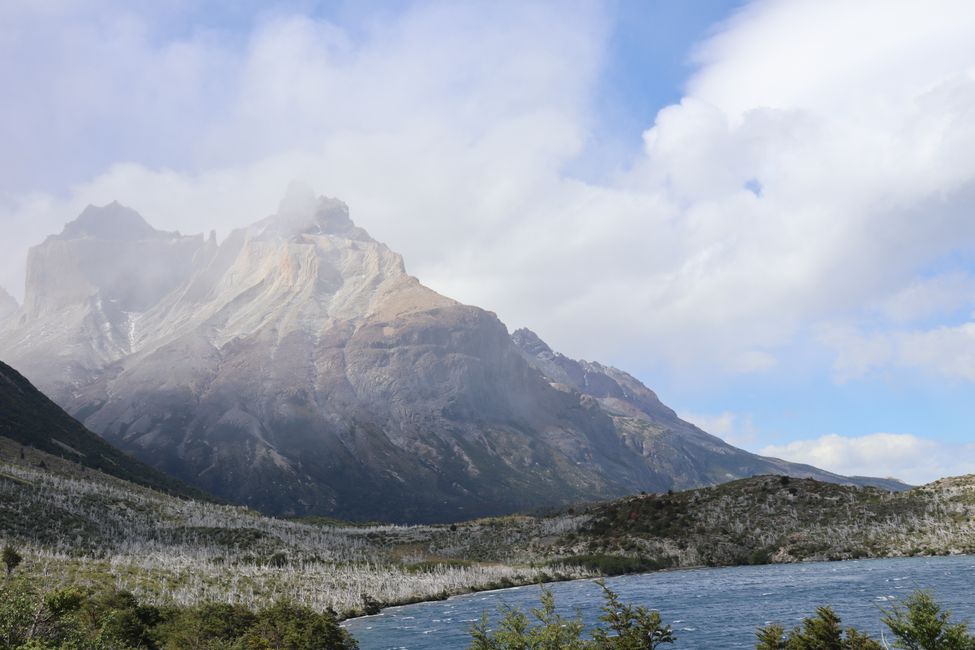
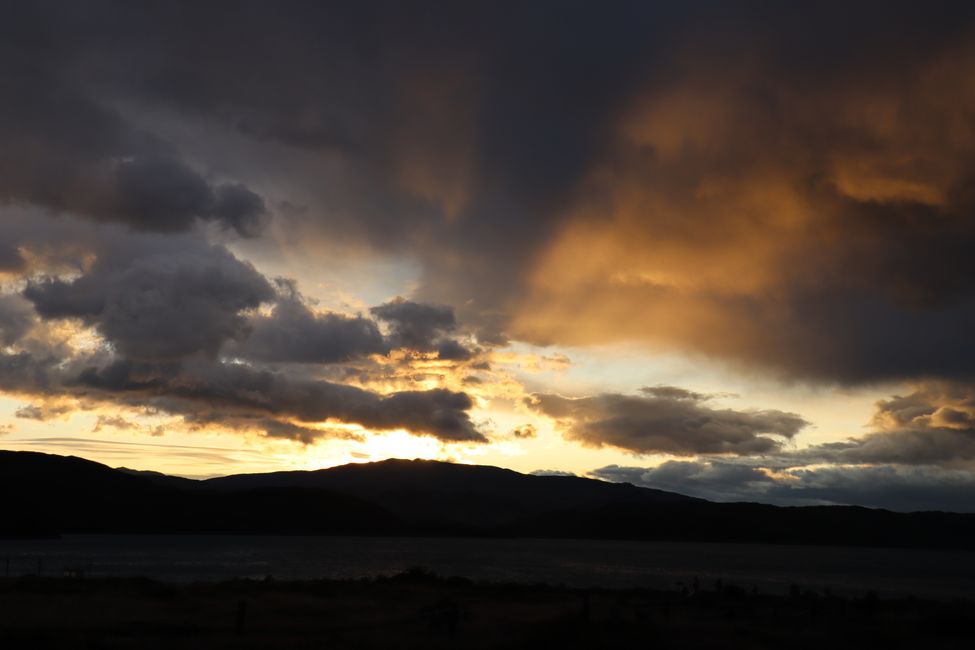
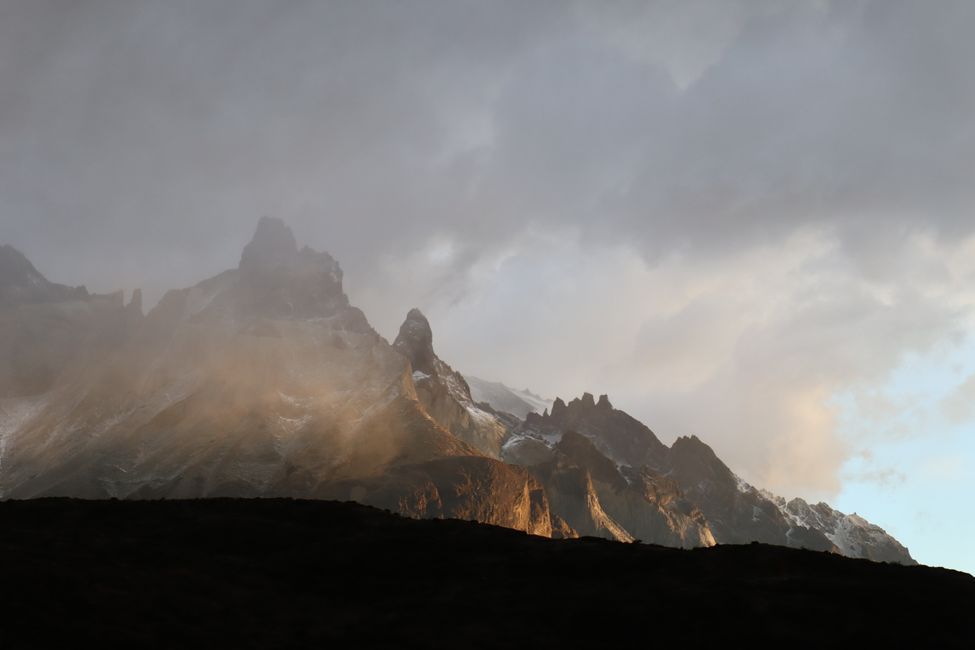
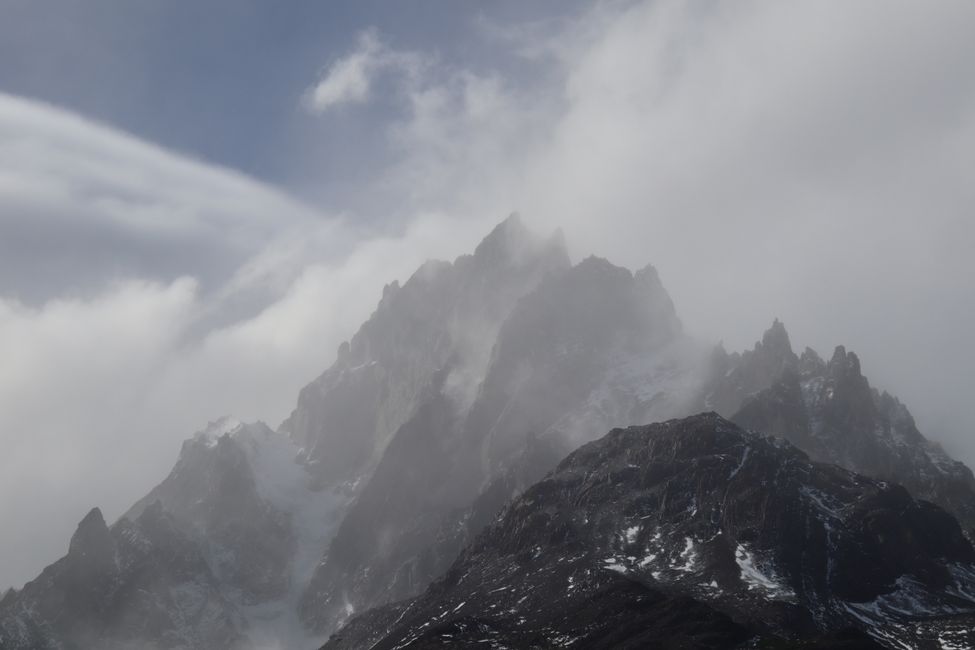
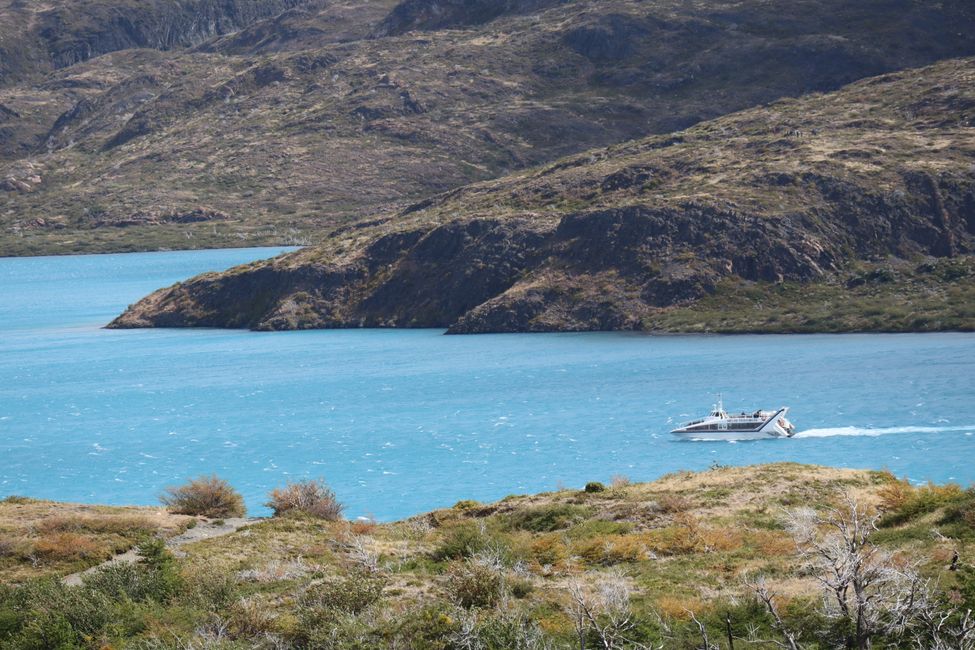
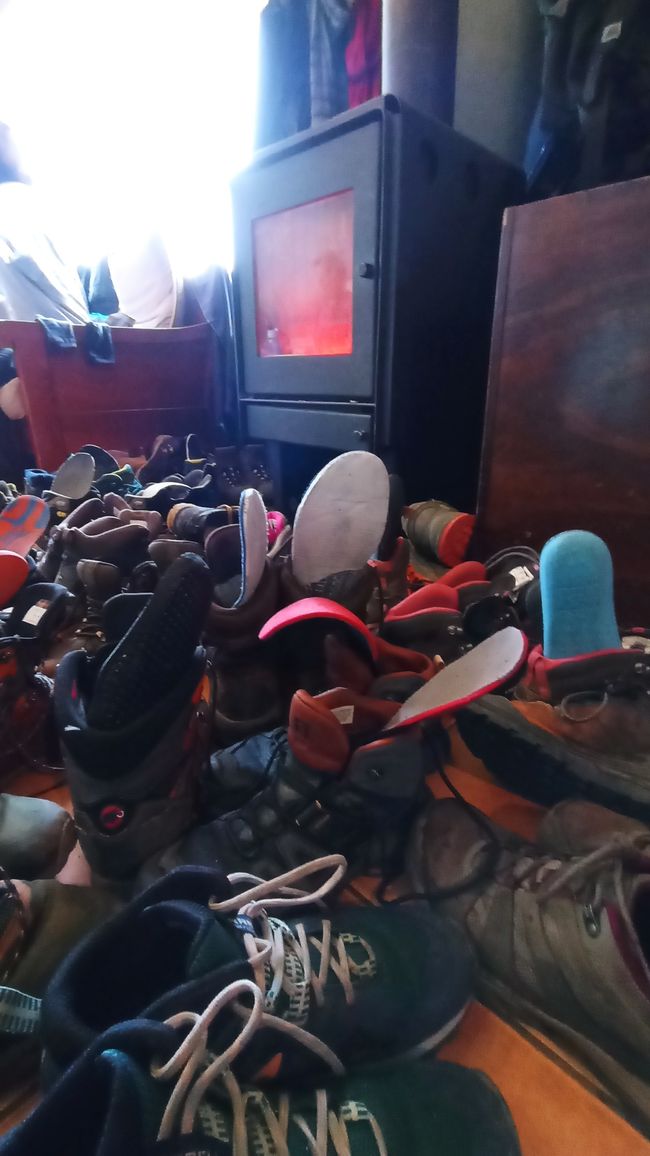
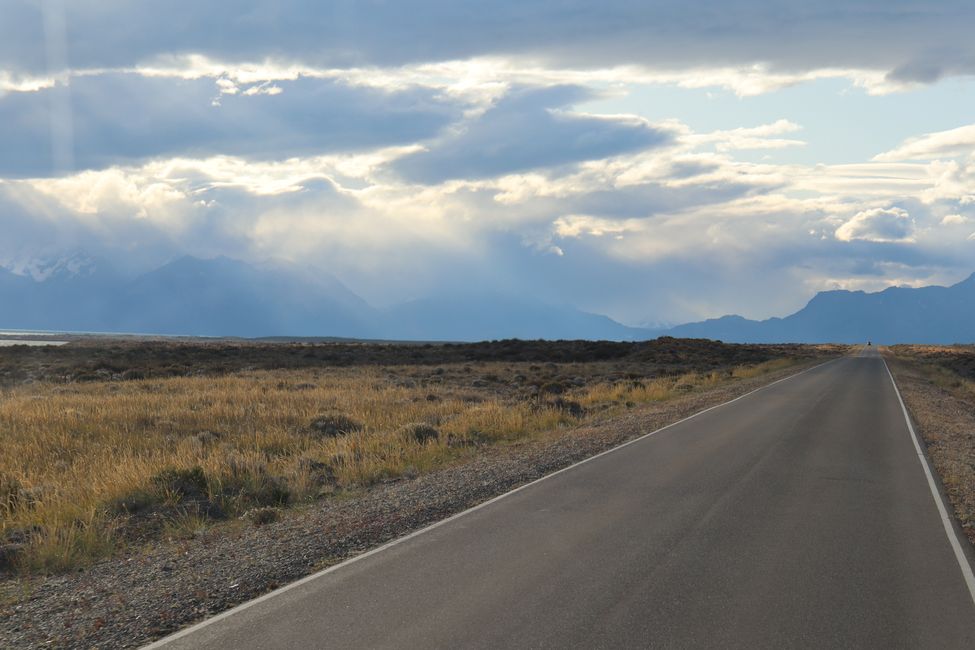
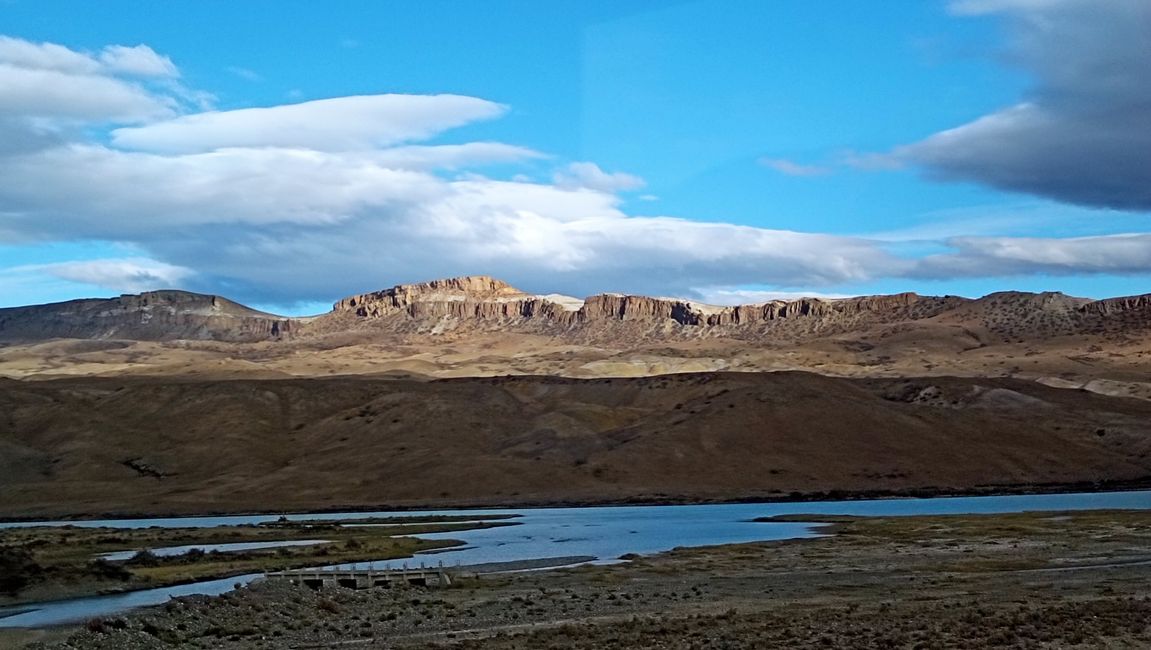
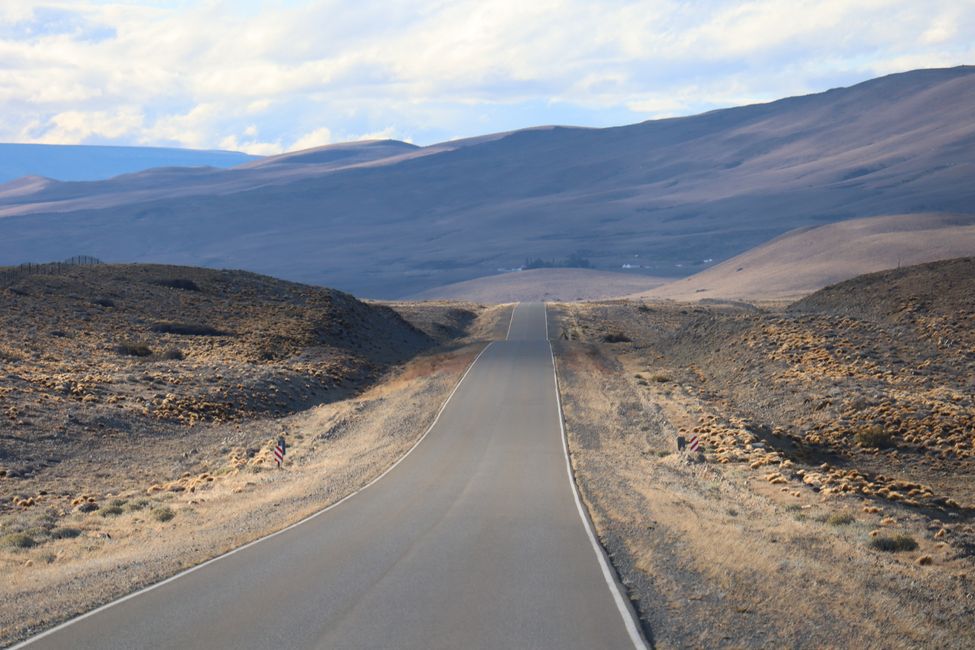
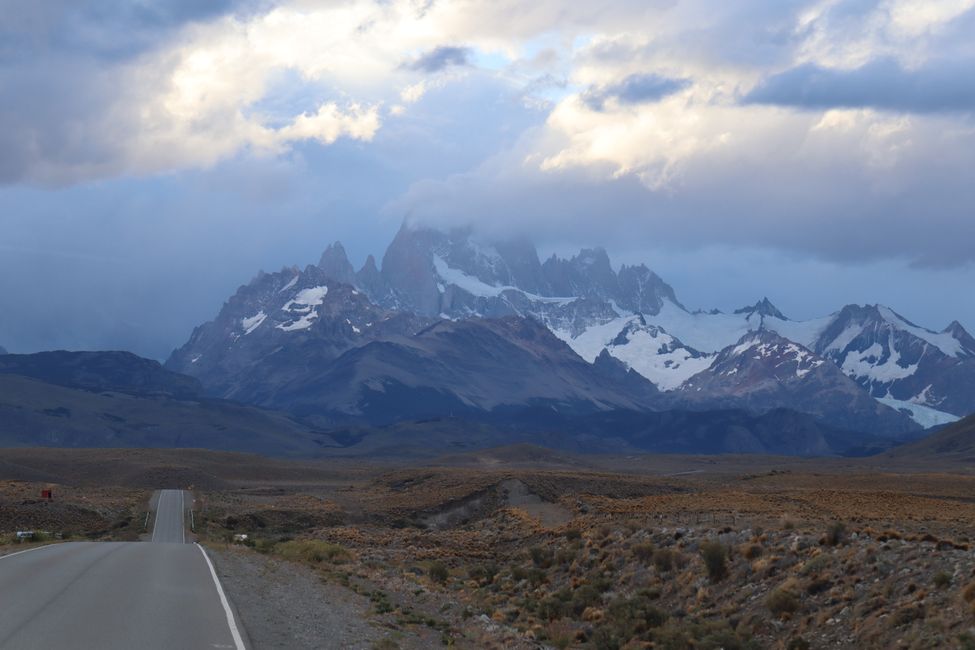
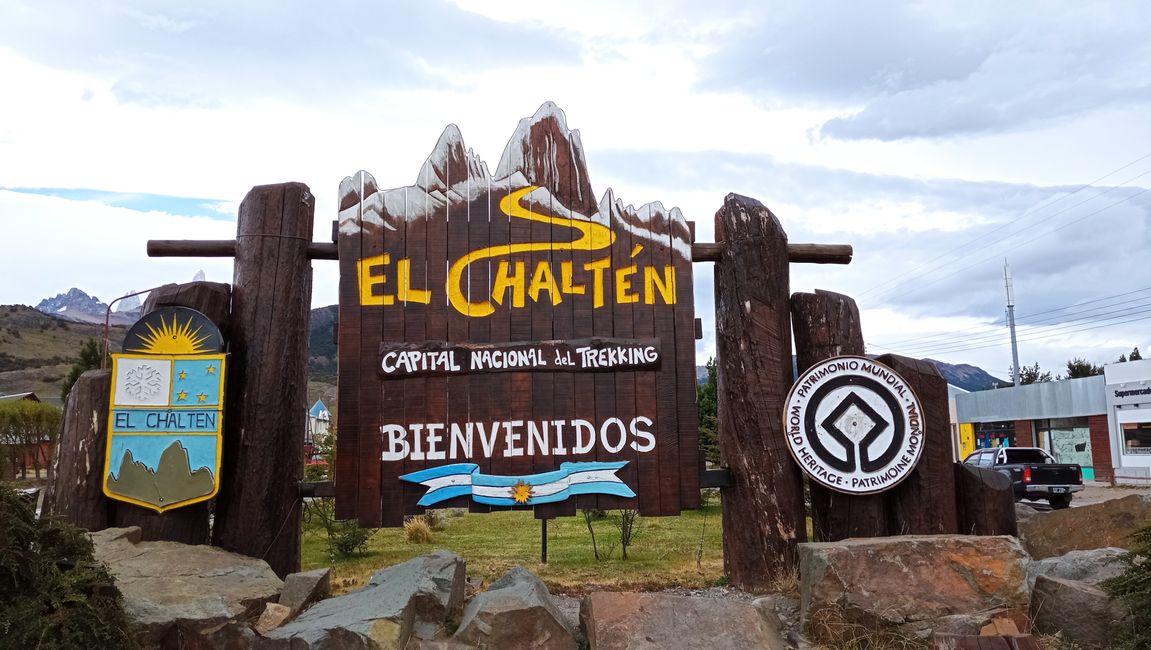
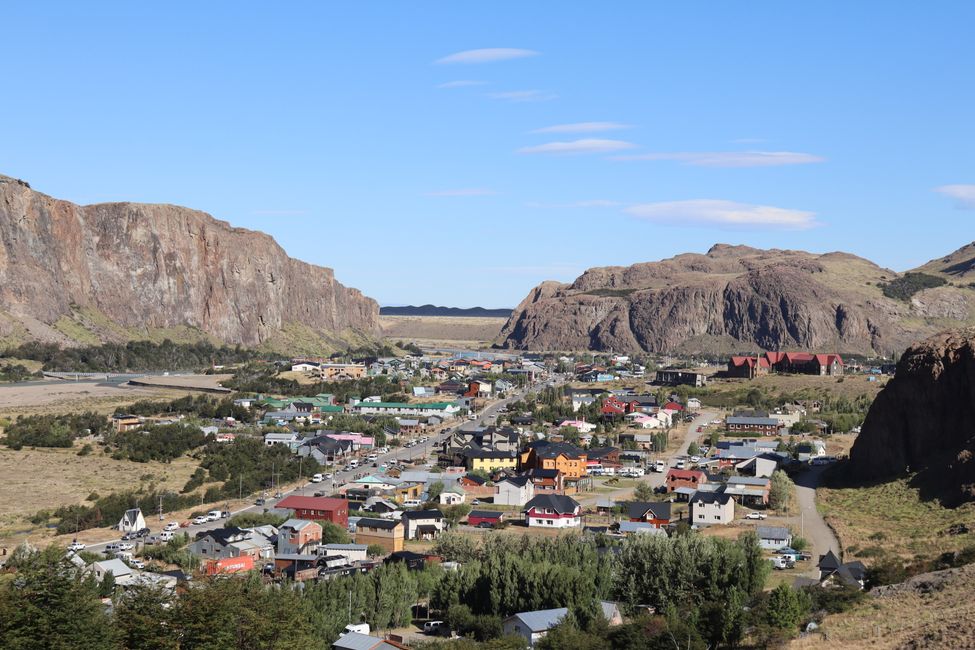
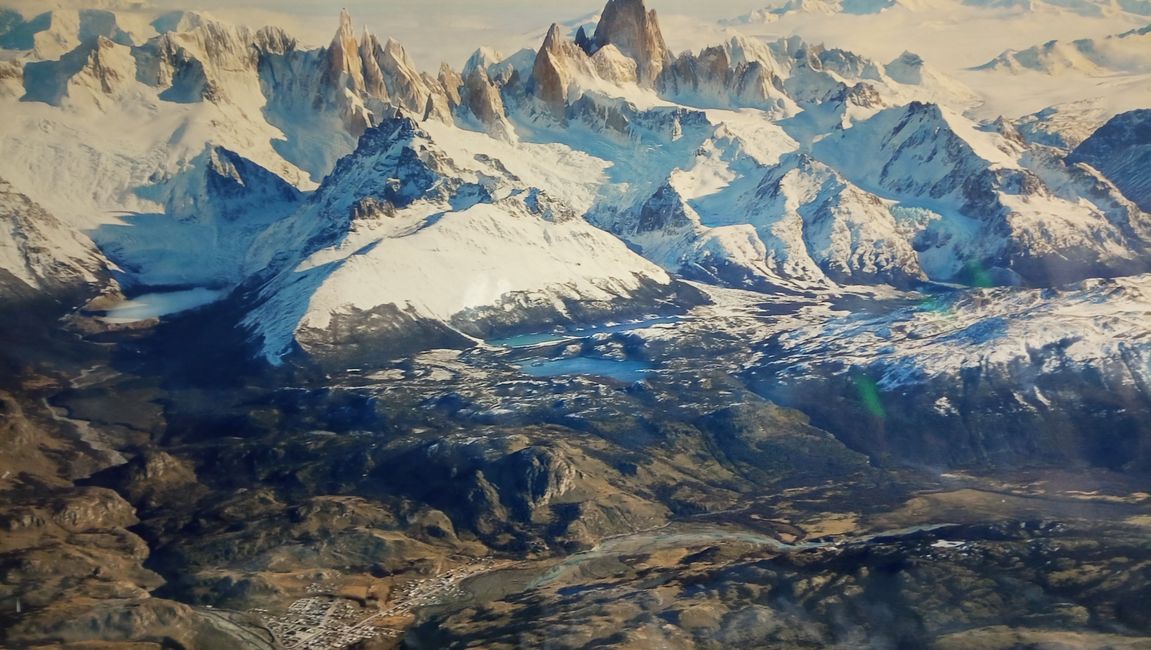
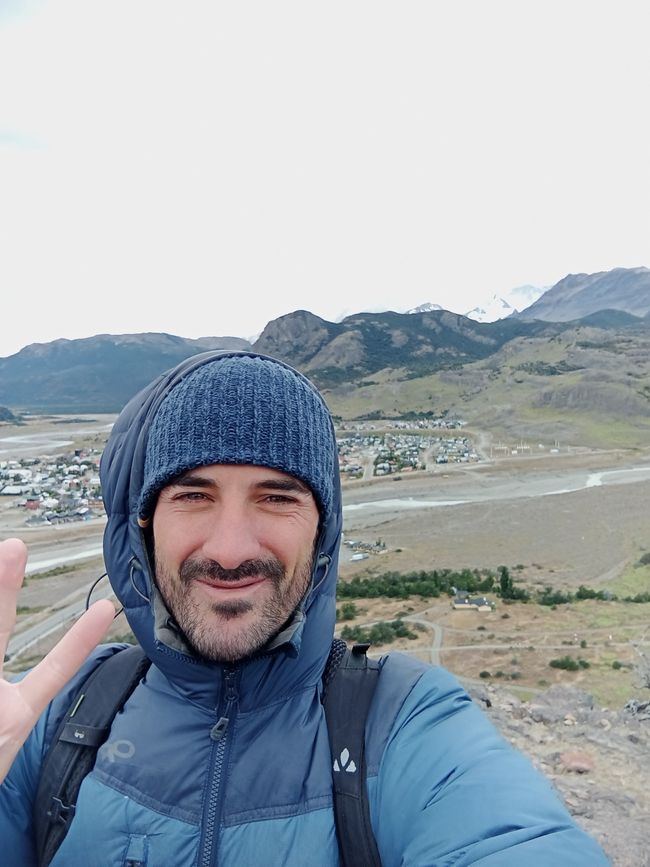
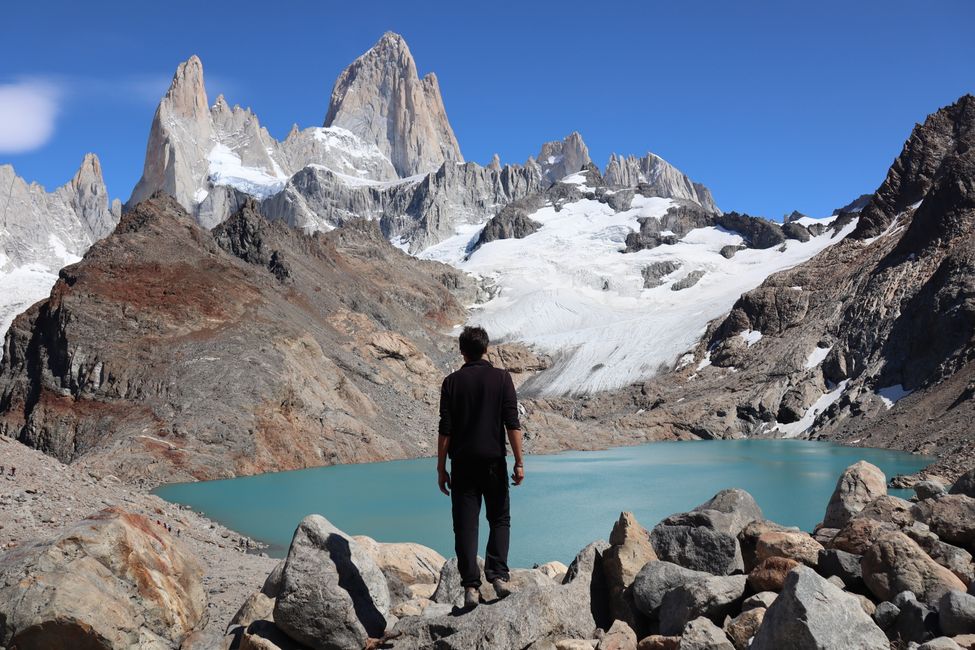
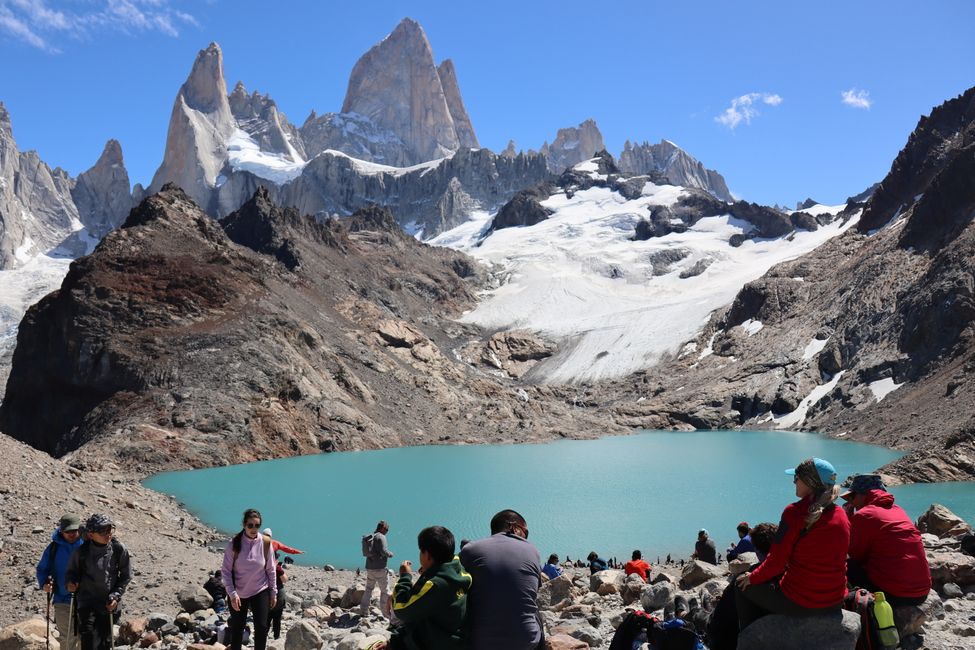
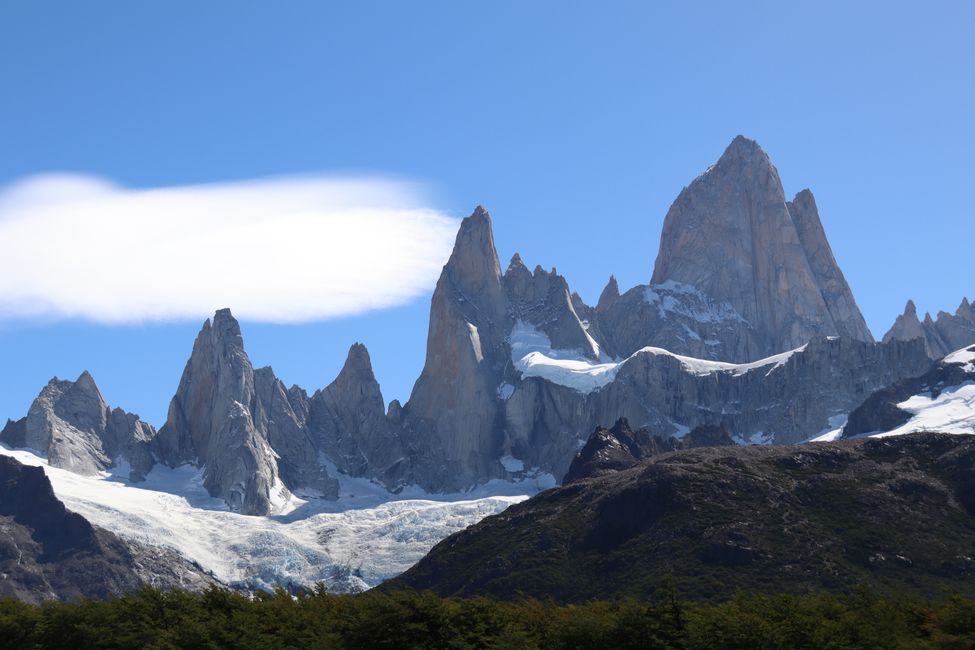
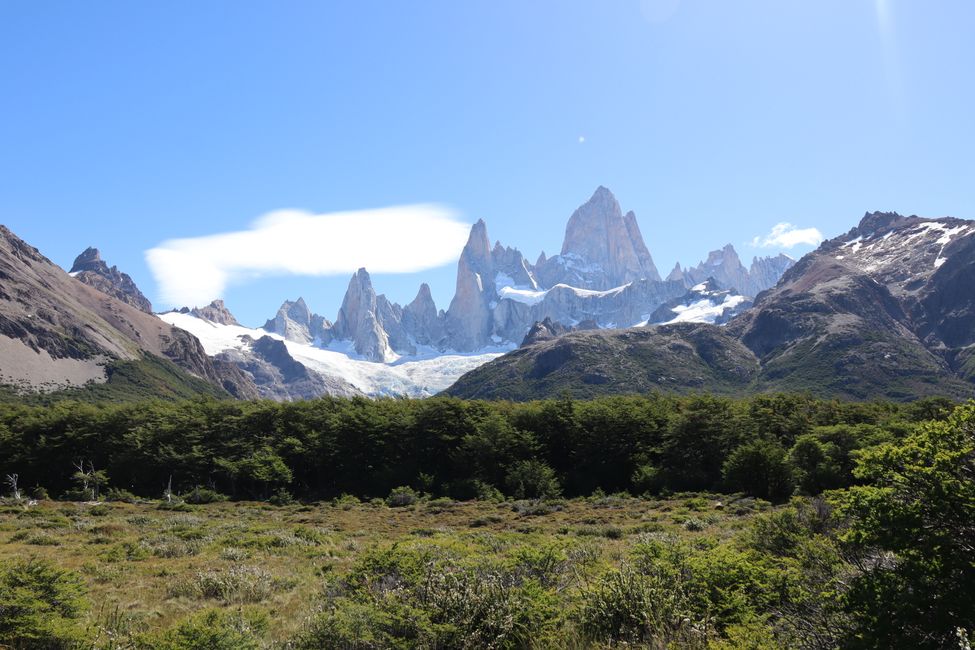
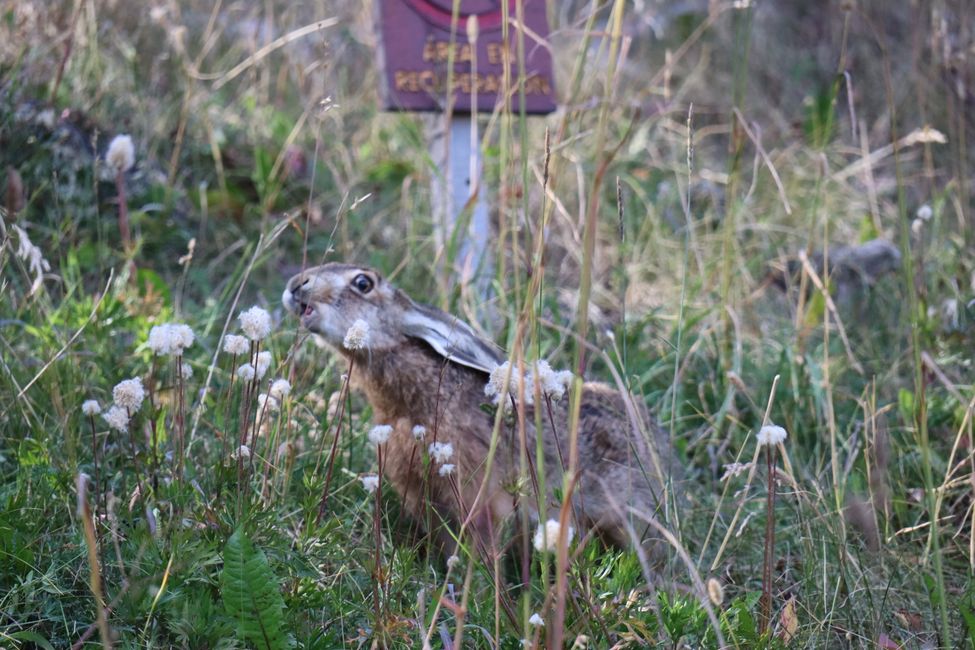
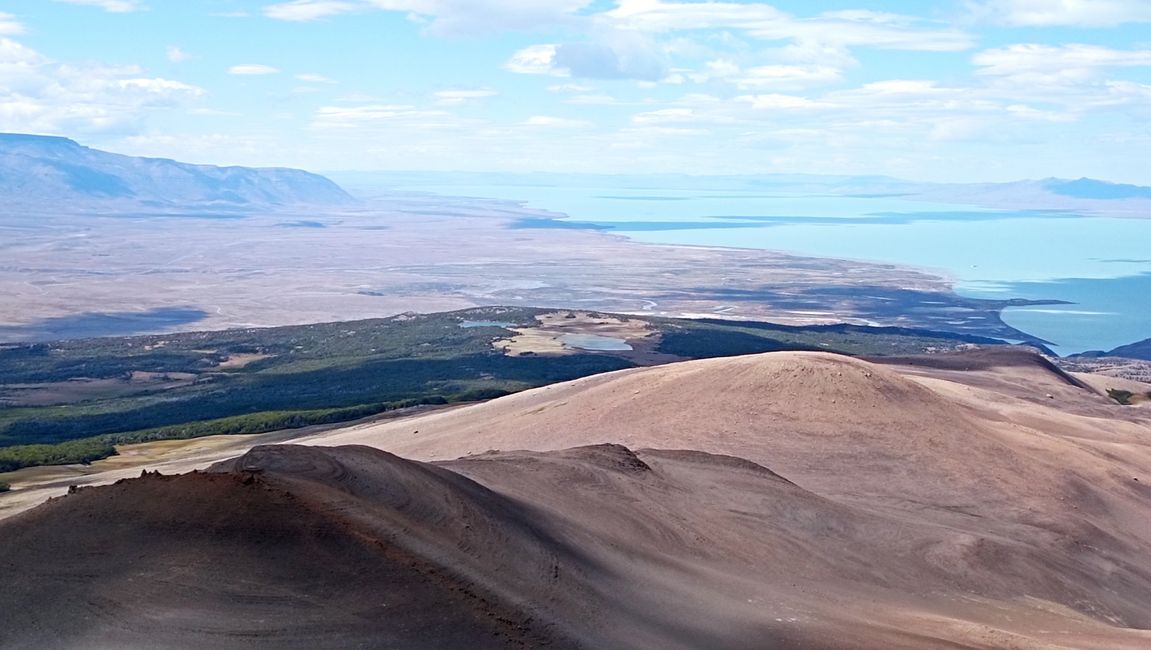
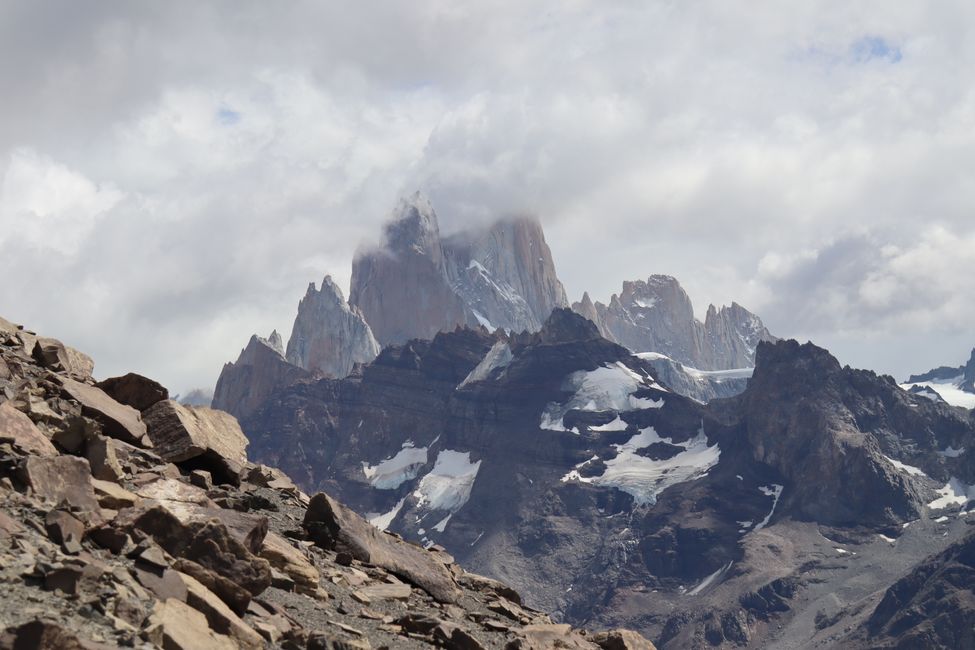
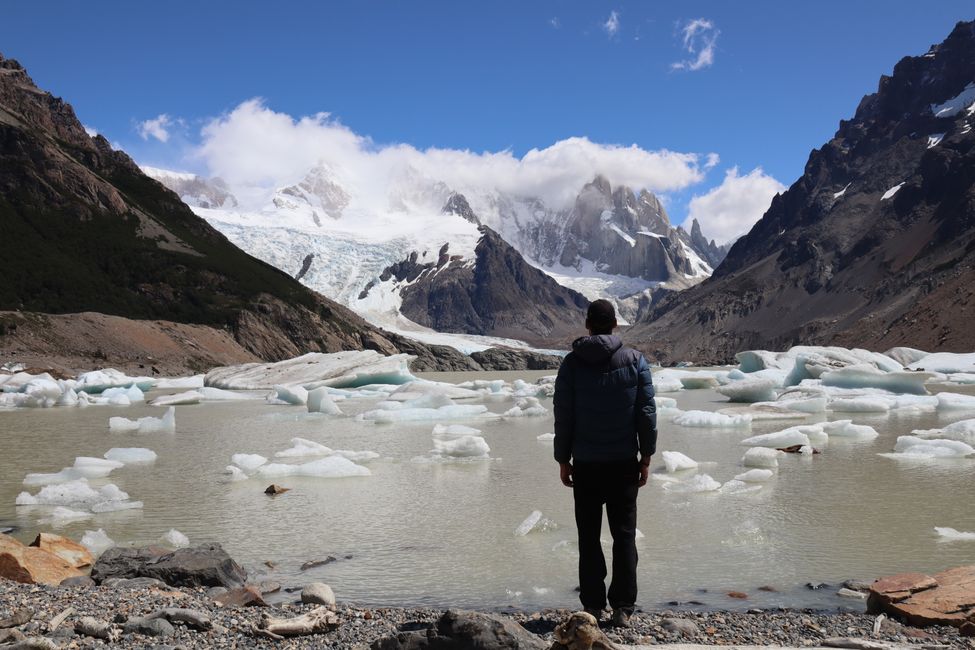
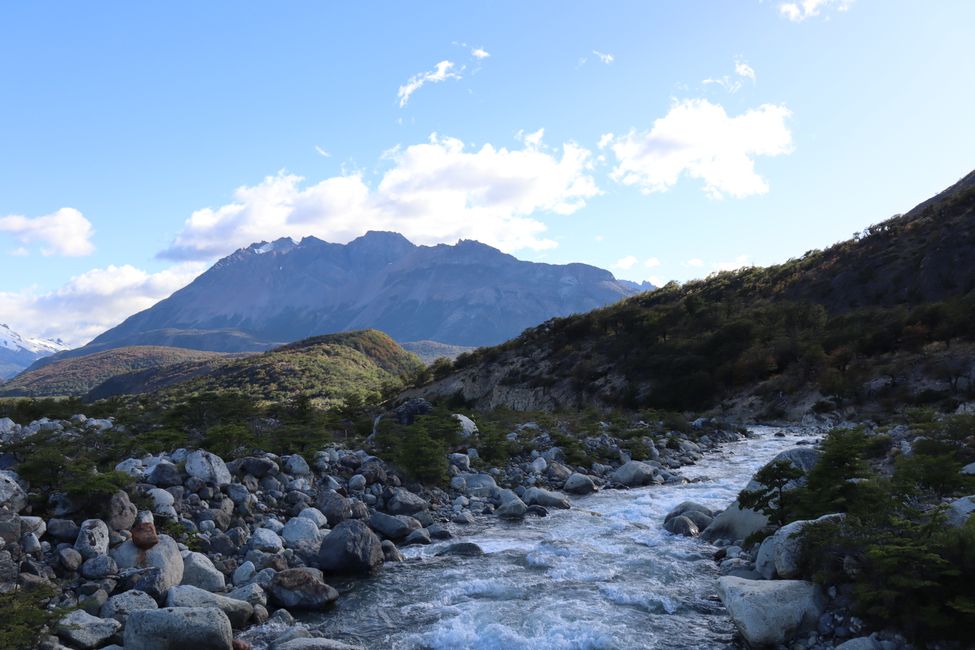
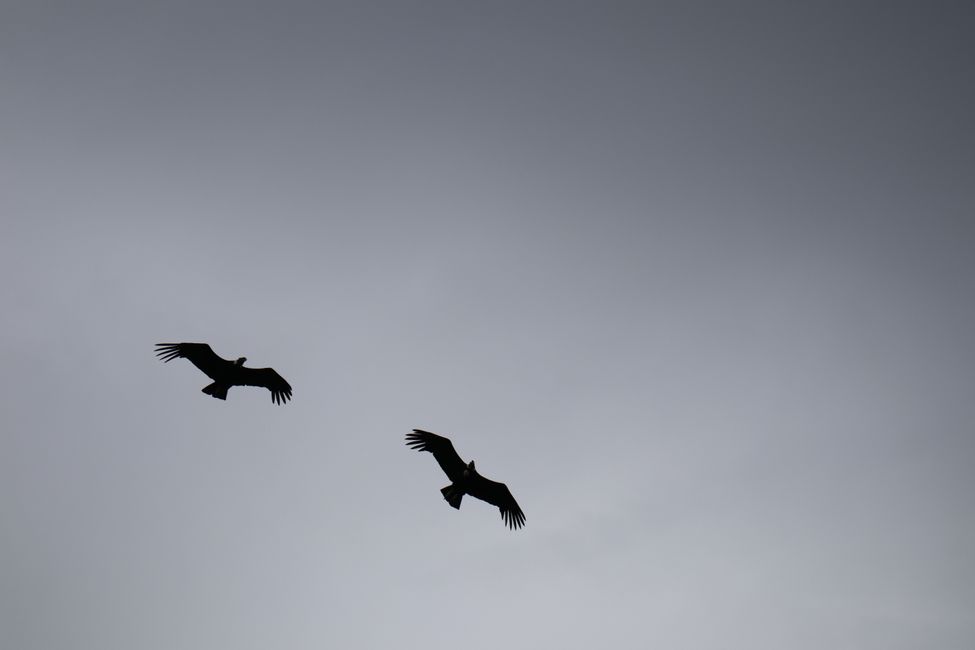
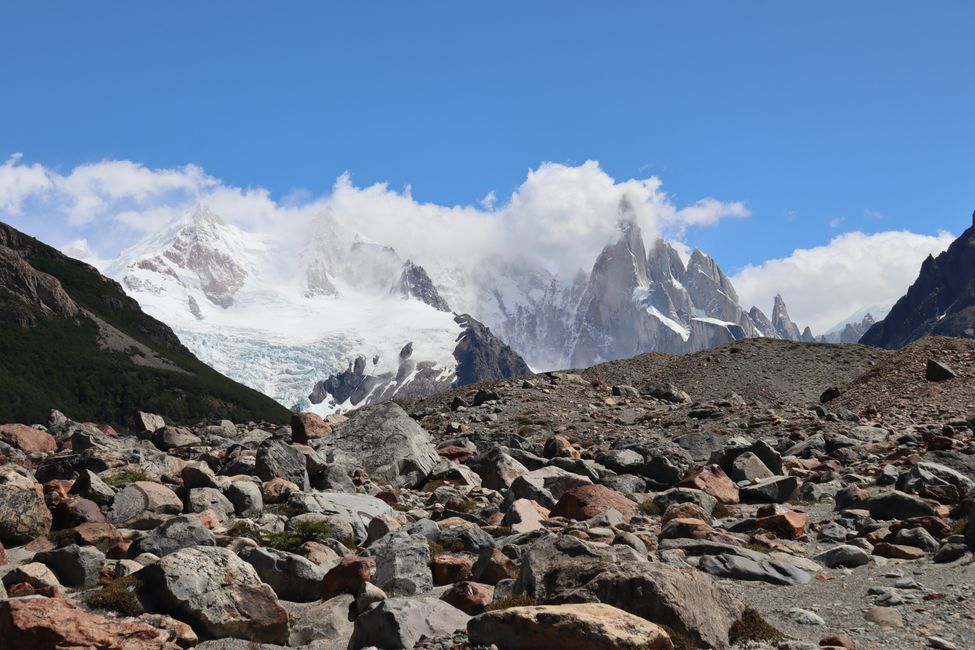
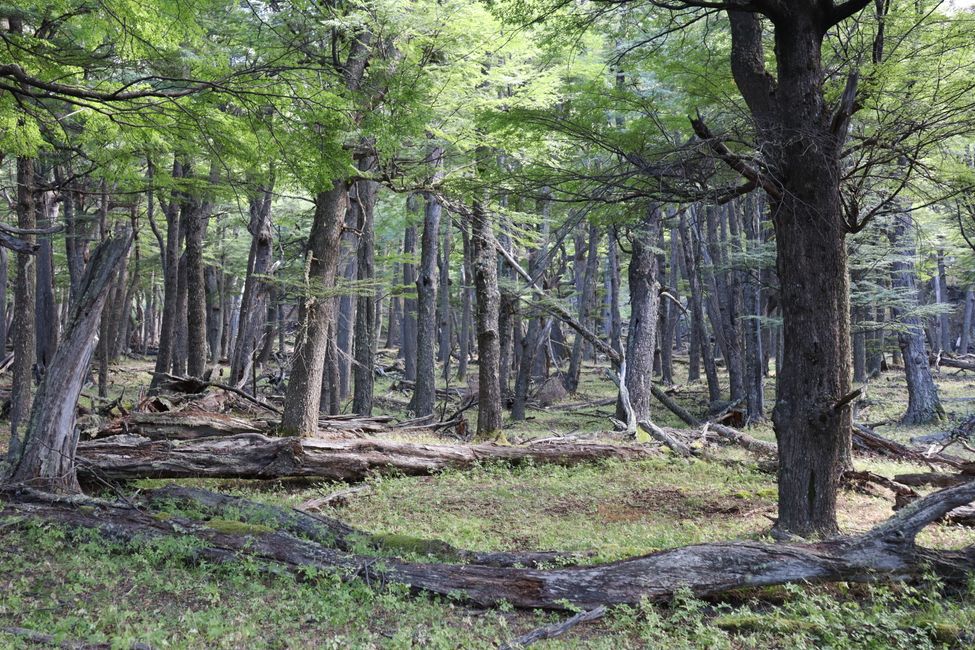
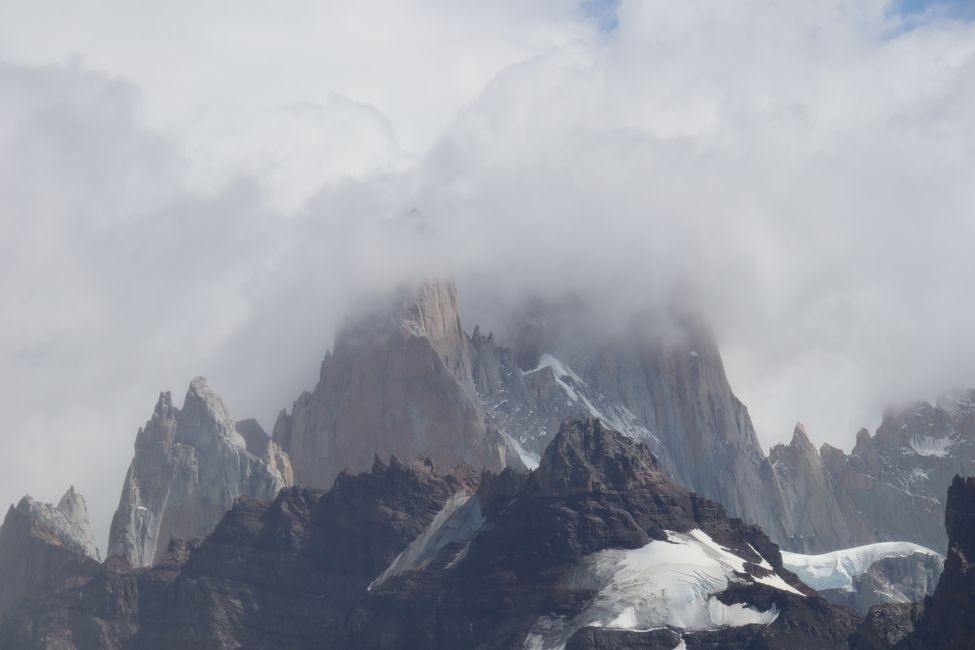
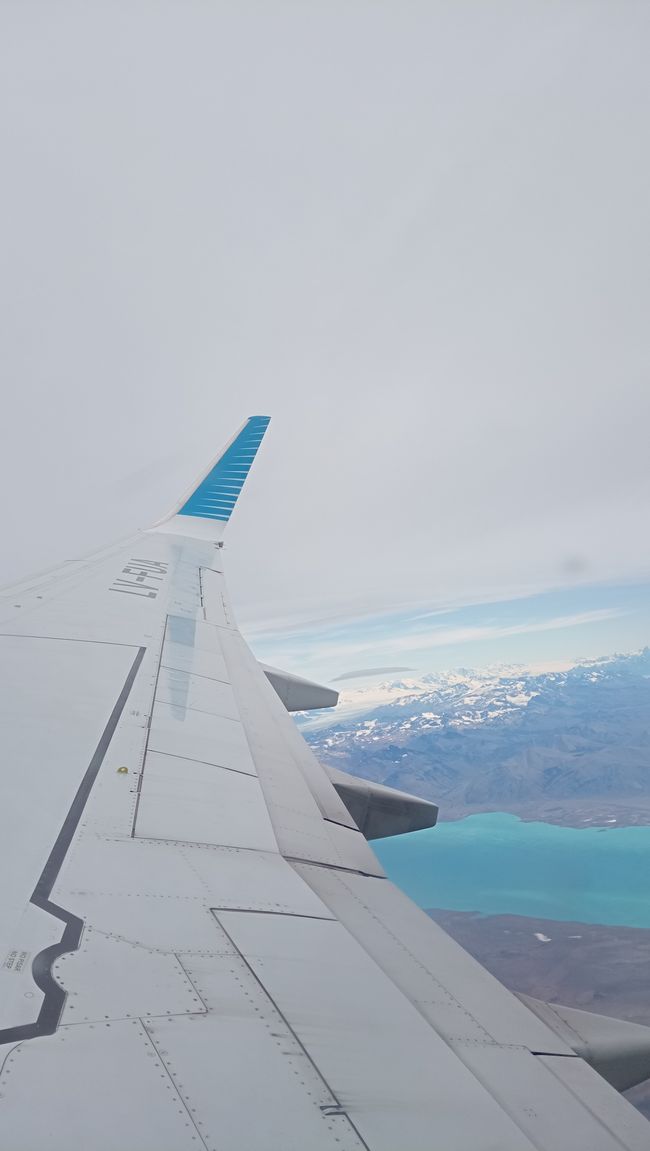
Naročite se na glasilo
Puerto Madryn (Peninsula Valdes, 09.01-15.01)
After recovering more or less from the forced stop in Neuquen, the journey continued to Puerto Madryn (fortunately 670 km away from N. and, as the name suggests, the city is located by the sea). For reasons that are absolutely incomprehensible to me, I was advised not to go to Puerto Madryn, as the city was allegedly ugly and there was nothing to do there. Nothing could be further from the truth. I stayed there for a week (originally planned for only four nights, but due to lack of bus connections, I had to change my travel plans at short notice) and I was never bored. Well, I wouldn't exactly call the city itself a jewel... But that didn't matter to me, I was mainly here because of the animals :):)!! Depending on the season, you can see whales (from July to mid-December, sometimes they come so close to the coast that you can see them with your bare eyes!!), orcas (with some luck, you can watch the animals hunting seals on the coast), dolphins, sea lions (medium-sized), elephant seals (very large), Magellanic penguins and many more. In other words, an Eldorado for every nature and animal lover (...including me :)). So I didn't waste unnecessary time and booked a tour to Peninsula Valdes on the first day. The strangely shaped peninsula (looks a bit like one of its inhabitants [...maybe you can figure it out... ;)]) was listed on the famous UNESCO World Heritage List in 1999. The nature reserve is the habitat of numerous (marine) mammals. In addition to the above-mentioned animals, you can also see Guanacos (llama-like, rarity level 1), Maras (a kind of mix between a capybara and a hare, rarity level 8) and Armadillos (rarity level 10) here, among others. Unfortunately, due to the weather and road conditions (=blustery winds, rain combined with gravel/sand roads), we were only able to visit a part of the peninsula. Nevertheless, the excursion was more than worth it, as we had the opportunity to visit a small Magellanic penguin colony (classic "love at first sight" moment) and a sea lion colony. Finally, we also made a stop in Punto Piramides (a small village and the only place on the peninsula where a few people live), where I made an exciting discovery. As I looked around there, I suddenly came across a kind of earth walls with large amounts of shells embedded in them (see unspectacular photo). If I had encountered this at sea level, I probably wouldn't have paid much attention to it. But the whole thing was about 20-30 meters above sea level, so the question naturally arose in me as to how the shells got there. The answer is as simple as it is fascinating: they were millions of years old fossils (but I will investigate the matter further and for safety's sake I have taken two pieces with me that I will have estimated for their age somewhere in Switzerland #Nerd). Since we're talking about phenomena that are millions of years old and I can't provide you with any pictures of whales (the attentive reader may have noticed that I unfortunately missed the whale season...), I have to treat you to a fascinating fact about the evolutionary history of whales (those who know me well know exactly what's coming now...;)). In science, it is now believed that modern whales evolved 30-40 million years ago and are descended from wolf-like hoofed animals. When you consider the ton-heavy giants in their current form, it seems almost unimaginable to me that these creatures (or rather their great-great-great-great-grandparents) once lived on land (although the nose [blowhole] has moved to the back and the fingers/hooves have transformed into fins). That's enough on the subject of "children discovering the world"...
Because you can never get enough of the cute awkward tuxedo wearers, the next day I took a tour to Punta Tomba, located about 120 km south of Puerto Madryn. There you will find the largest Magellanic penguin colony in the world (around 400,000). Although hordes of tourists flocked there, it was a special experience to mingle with the shrill, waddling crowd (Are there actually people who don't like these animals..?:)). Originally, a visit to an elephant seal colony was planned afterwards, but unfortunately the weather once again thwarted our plans. As an alternative, we visited a boring (Welsh) tearoom in Gaiman, where it felt like they served us 10 kilos of cakes. In addition, I went on a bike tour (to another sea lion colony), went to the cinema again (conclusion: Avatar 2 is nicely made), snorkeled with sea lions (highly recommended, even though the animals were less trusting than advertised) and enjoyed sunbathing on the beach (for the first time ever). After always having had good experiences with my previous "planning strategy" (= many ad-hoc decisions and little advance planning), I was now forced for the first time to delve a little deeper into my travel route. My next destinations were El Chalten, El Calafate and Torres del Paine (Chile), all (unfortunately) extremely popular destinations (especially now during the high season) for trekking fans from all over the world. I actually wanted to stick to my primitive travel route (from north [El Chalten] to south [El Calafate/Torres del Paine]). However, this was not possible because, for example, all (affordable) accommodations in El Chalten were fully booked. Just a little example of the excesses of mass tourism: the cheapest accommodation in El Chalten (4 nights) during the time period I had in mind would have cost me a whopping 980 dollars. Only after hours of research (in partly horribly user-unfriendly websites) and numerous (pre-)reservations (tours, buses, hostels, etc.), I managed to find a somewhat reasonable solution for the next few weeks. To cut a long story short: a vacation in Patagonia requires quite a bit of advance planning!!
El Calafate (Perito Moreno, 16.01-20.01)
The city is located near the Chilean border and is almost 1500 kilometers away from Puerto Madryn (= endurance training for advanced learners). El Calafate is very touristy, but with all the bars and restaurants, it still has a certain charm. Basically, there's only one compelling reason to go to El Calafate: the Perito Moreno Glacier, also known as "the blue wonder of Argentina"!! The glacier is rightfully one of the largest, most visited and most spectacular tourist attractions in Argentina. The glacier is located in the Los Glaciares National Park and extends over an area of more than 250 square kilometers (30 kilometers long, 5 kilometers wide, with icebergs protruding from the water at the glacier's tongue up to 75 meters high and up to 130 meters deep below the water surface!!). The Perito Moreno Glacier is only one of 13 main glaciers in the approximately 350 km long and 50 km wide ice field (to grasp the true extent, you have to look at satellite images). What makes the glacier so special is the fact that it seems to defy global warming and has been stable for decades (= not shrinking). According to Wiki, this could be due to the geometry of the glacier, but I have also read that scientists are still puzzling over why this is so. The glacier is in a constant process of growth and decay, growing up to 2-3 meters per day. The ice masses that can be seen at the front of the glacier tongue are several hundred years old. The whole soundscape is also extremely impressive. It creaks and cracks and every now and then more or less huge blocks of ice fall into the water (the vibrations caused by the resulting sound/pressure waves are said to be perceptible even in the body). This is also called calving. The Perito Moreno is also famous for its glacier bridges. When the massive ice masses press against and build up on the peninsula, the southern arm of the lake is cut off. The accumulating water creates a gigantic ice bridge up to 24 meters high, which collapses after some time under the pressure of the water. This spectacle is called "La Ruptura". The last breaking of the ice bridge took place in March 2016. So it takes some luck and time to see "La Ruptura" live. There are various activities around the glacier. With the classic sightseeing tour, you can get very close to the glacier and have the opportunity to view it from different perspectives. However, there are also the options of a "mini-trekking" (= about 1.5 hours on the glacier), the "big ice" tour (= about 4 hours on the ice) or a kayak excursion to experience the glacier. Although it was once again quite expensive in typical Patagonian fashion, I chose the "big ice" tour and did not regret it in any way. What I saw there was truly one of the most impressive things I have ever seen and one of the absolute highlights of my trip so far!!! Considering this experience, I could actually end the chapter on El Calafate here, but let's not be like that, shall we :)... Before going on the ice, I also did a nice little hike up Cerro Calafate (since the hiking trail suddenly disappeared into thin air for inexplicable reasons, I had to climb the summit without a path) . There, I had the unique opportunity to take a close-up photo of an Andean condor (those things are really huge and somehow a bit awe-inspiring). I also came across cow skeletons or carcasses during the hike. Later, I was told that cows were released into the wild after certain areas were converted into national park areas.
Torres del Paine National Park (Towers of the blue sky, in Chile) (20.01-26.01)
If you google "Torres del Paine", you quickly come across the terms O-Circuit and W-Trek. These are the best-known treks in South America. The O-Circuit (circular route, hence the "O") is a more than 120 km long hiking route (7-8 days) in the Torres del Paine National Park (see photos). The W-Trek (the hiking route forms a "W") is more or less the little brother of the O-Circuit (75 km, 4-5 days). Honestly, I have no idea why these two routes in particular have become so established, after all, there are numerous alternative (and certainly far less touristy) hiking routes here. Well, I'm a tourist myself and mass tourism is probably encountered everywhere in the world nowadays... I opted for the 5-day W-Trek (= 4 days of hiking, on the first day you only reach the first campsite), which cost me a small fortune. Would you like a small example of the absurd pricing policy prevailing there? For a Snickers bar, you pay a ridiculous 4000 Chilean pesos (= 4.68 CHF). I had actually planned to do the longer O-Circuit, but had to quickly abandon this plan because all starting dates had been fully booked for months. Since I didn't have a tent or a sleeping bag with me, I opted for an all-inclusive package (overnight stay in a tent at the various campsites, as well as all meals + lunchbox for the hikes). Although the hikes themselves were of course epic/magical again (unlike the unpredictable weather conditions [= a constant interplay of strong winds, rain, snow, sun... if you've ever been to Iceland, you know what I'm talking about...), I was less enthusiastic about the crowds. I don't know about you, but would you think it's great if you had to stop several times during a hike because traffic jams formed in narrow sections of the trail (....not to mention all the ridiculous Insta-fame, selfie-snap hunters...) ? You could certainly counteract this to some extent by traveling to Patagonia in the off-season and/or choosing more unusual hiking routes (but this also requires appropriate equipment and is certainly not suitable for everyone...).
El Chalten (smoking mountain, 26.01-31.01)
The small tourist village (90% of the main source of income comes from tourism!!) at the northern edge of the Los Glaciares National Park is the starting point for numerous (day) hikes around the mountain ranges of Cerro Torre and Fitz Roy. The latter (along with the Perito Moreno Glacier and the Iguazu Falls) is probably one of the most visited (or photographed) outdoor attractions in Argentina. Although the W-Trek took a toll on me, I of course also did some hikes in El Chalten. The two classics are the over 20 km long day hikes to Laguna de los Tres (glacier lake at the foot of the incredibly impressive Cerro Fitz Roy) and Laguna Torre (glacier lake with icebergs at Cerro Torre). In addition, I hiked up Loma del Pliegue Tumbado (it was quite exhausting, especially because of the extreme winds, but beautiful :)) and visited a few Miradors (viewpoints). Personally, I preferred the day hikes in El Chalten to the W-Trek in Torres del Paine. Although there were, of course, numerous tourists on the trails, El Chalten just seemed to be somewhat more relaxed to me.
Ushuaia (31.01-09.02.)
By now, I have reached the end of the world (Ushuaia is the southernmost city in the world). Ushuaia is located in the Tierra del Fuego National Park (Fireland). The windblown city, built on a steep mountainside, is situated between the Mount Martial range and the Beagle Channel. It serves as the starting point for Antarctic cruises and trips to the nearby Isla Yécapasela, also known as 'Penguin Island' due to its penguin colonies (thanks Wiki :)). Since I picked up a nasty cold somewhere, I was a bit less energetic in the past few days and therefore unfortunately haven't had much opportunity to explore the region. I hope that I can make up for this in the next few days so that I can provide you with some impressions of Ushuaia. By the way, these will be my last days in Argentina...:(:(. After that, the journey continues to Chile :):)
Stay tuned...
Naročite se na glasilo
Odgovori (1)
Pejman
Du chunsch als Maschine zrügg. Wanderisch ja abartig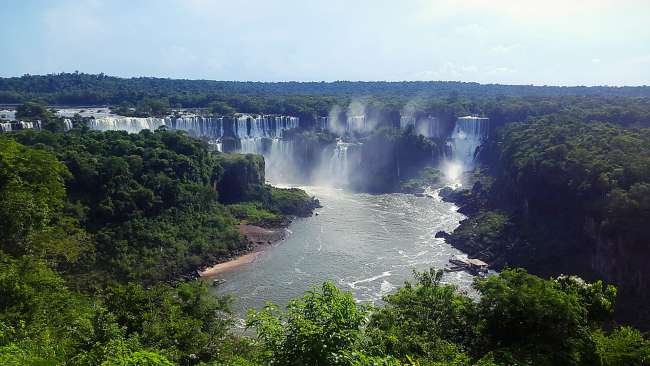
Poročila o potovanjih Argentina
